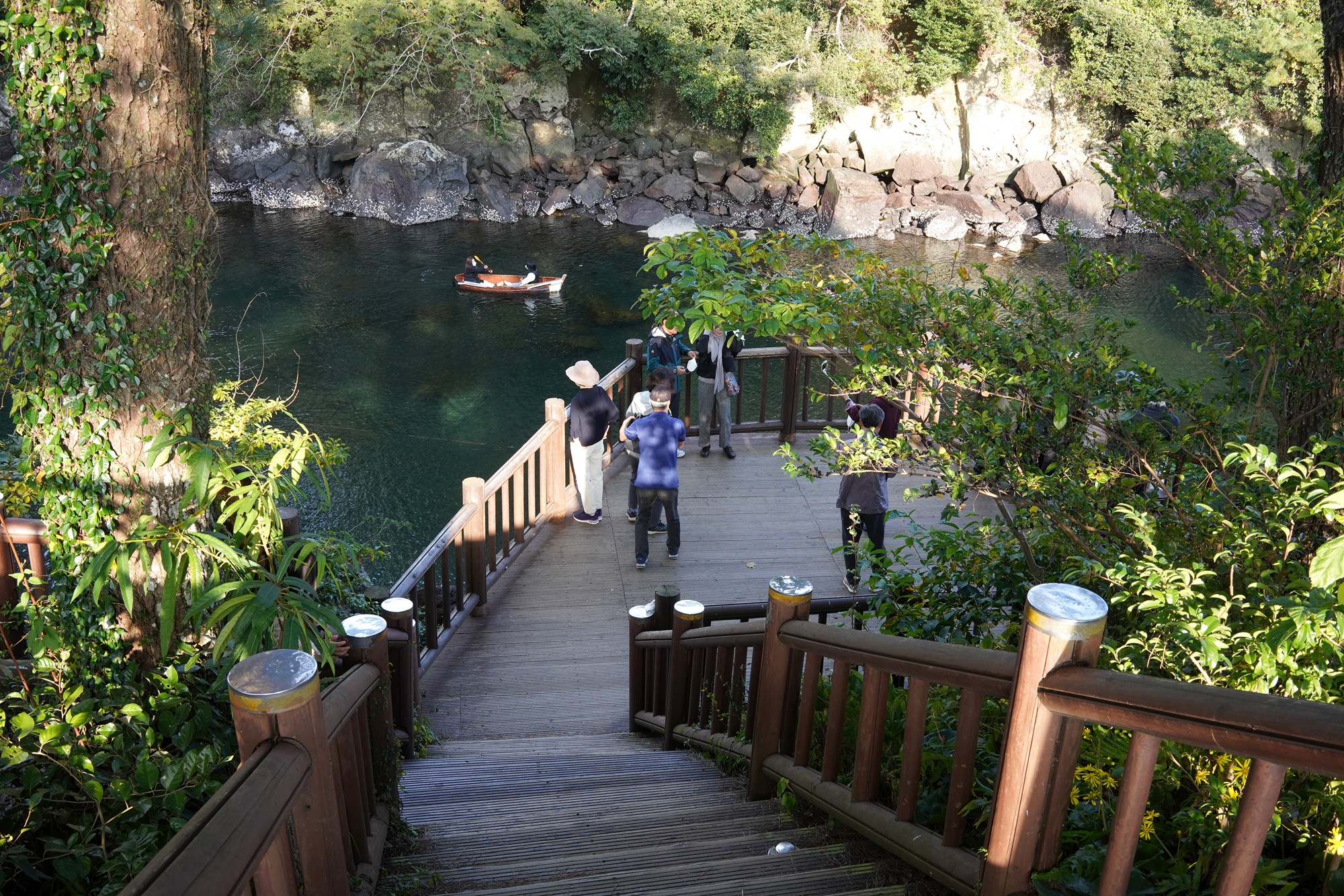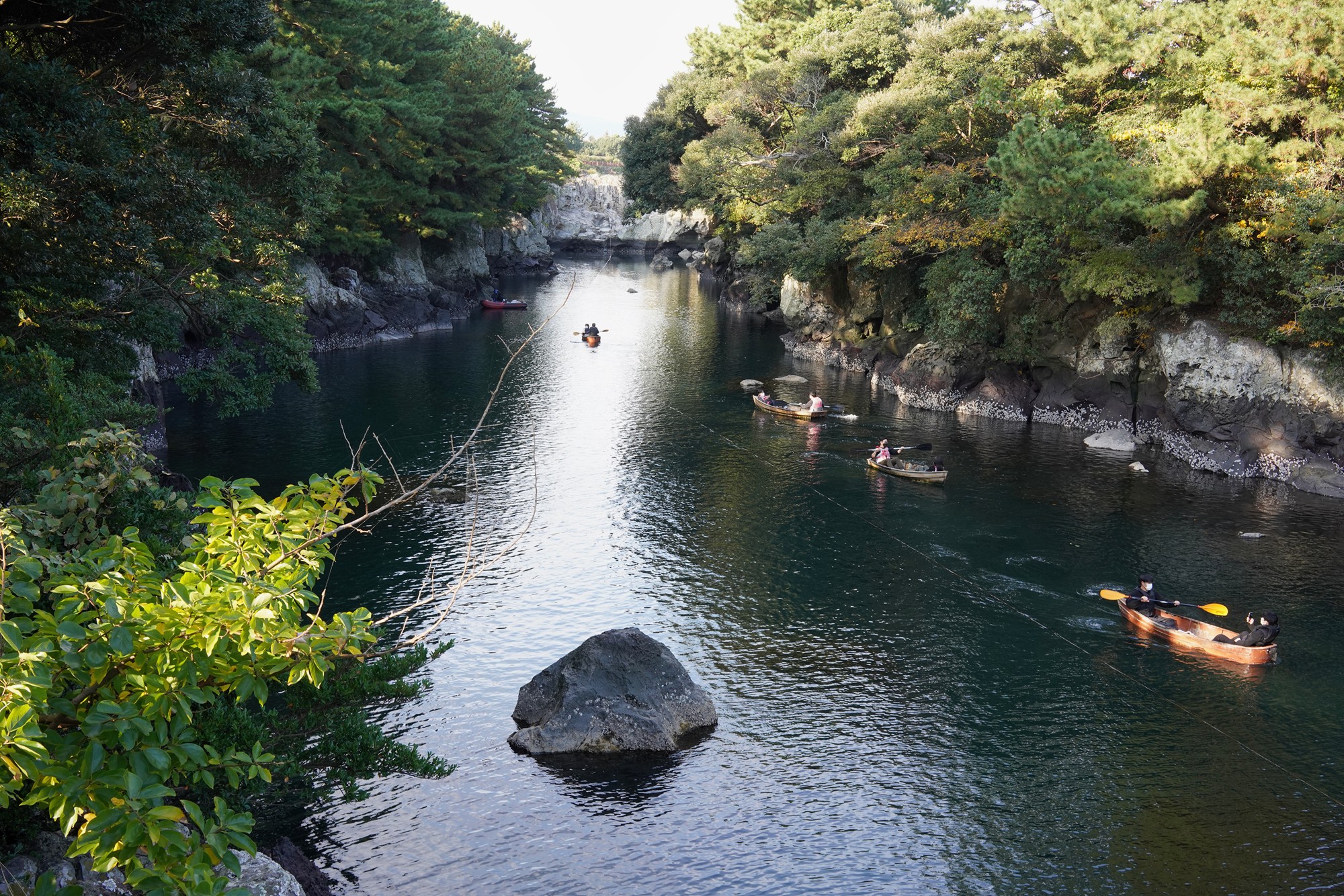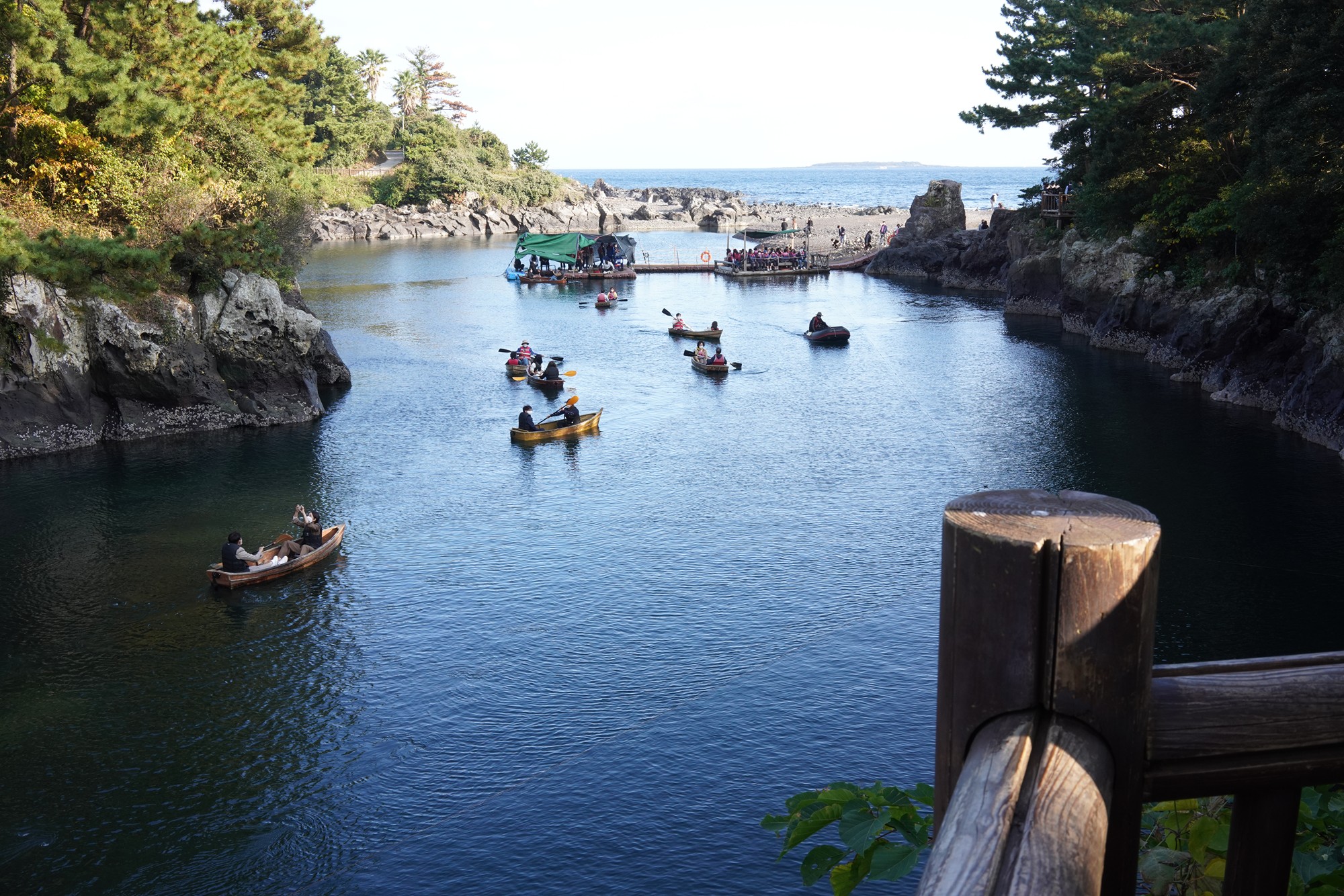Jeju-do Seogwipo Maeil Olle Market, Lee Joong Seop Street, Seobok Museum, Jeongbang Falls, Waljong Museum, and Soesokkak Estuary
These are many popular locations that tourists visit near Seowipo Jeju-do. 311
Maeil Olle Market: 18 Jungang-ro 62beon-gil, Seogwi-dong, Seogwipo-si, Jeju-do, South Korea
Lee Joong Seop Street: Seogwi-dong, Seogwipo-si, Jeju-do, South Korea
Seobok Museum: 156-8 Chilsimni-ro, Seogwi-dong, Seogwipo-si, Jeju-do, South Korea
Jeongbang Pokpo Falls: 37 Chilsimni-ro214beon-gil, Donghong-dong, Seogwipo-si, Jeju-do, South Korea
Walart Museum: 30 Chilsimni-ro214beon-gil, Donghong-dong, Seogwipo-si, Jeju-do, South Korea
Soesokkak Estuary: 138 Soesokkang-ro, Hyodon-dong, Seogwipo-si, Jeju-do, South Korea
Date Picture Taken: November 2021
I moved my stay from Seongsan area to Seogwipo area.
I walked to the Maeil Olle traditional market from my stay.
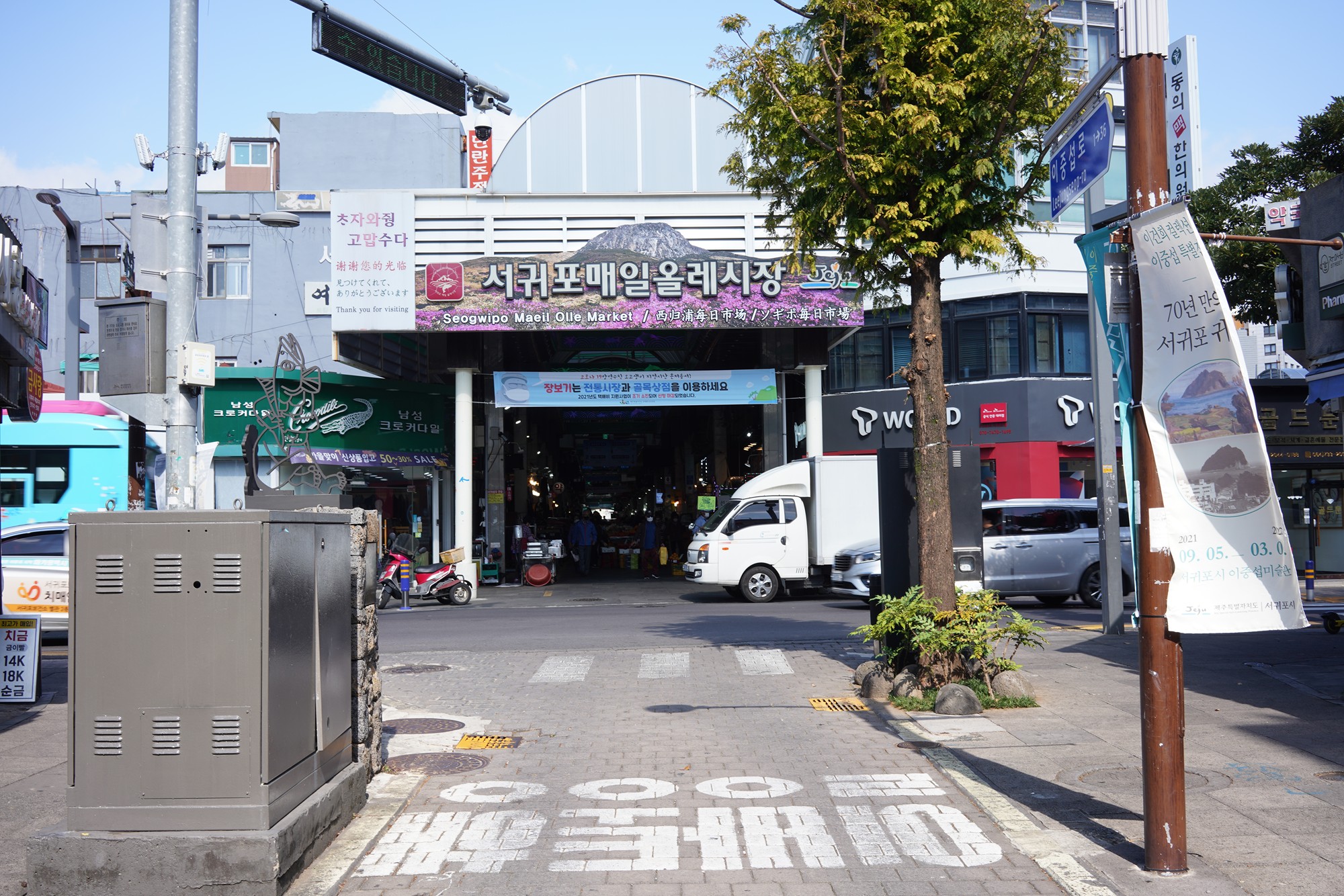
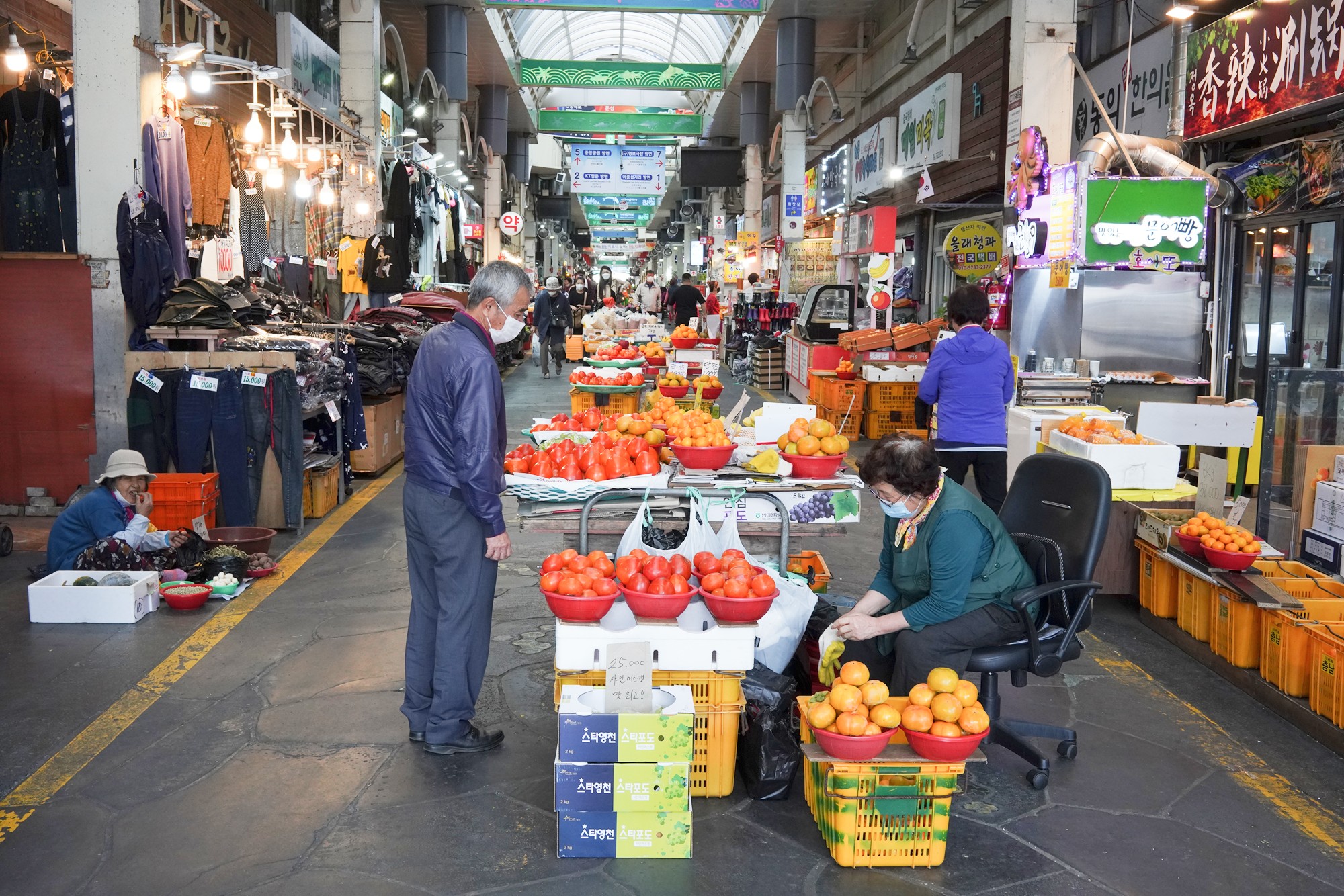
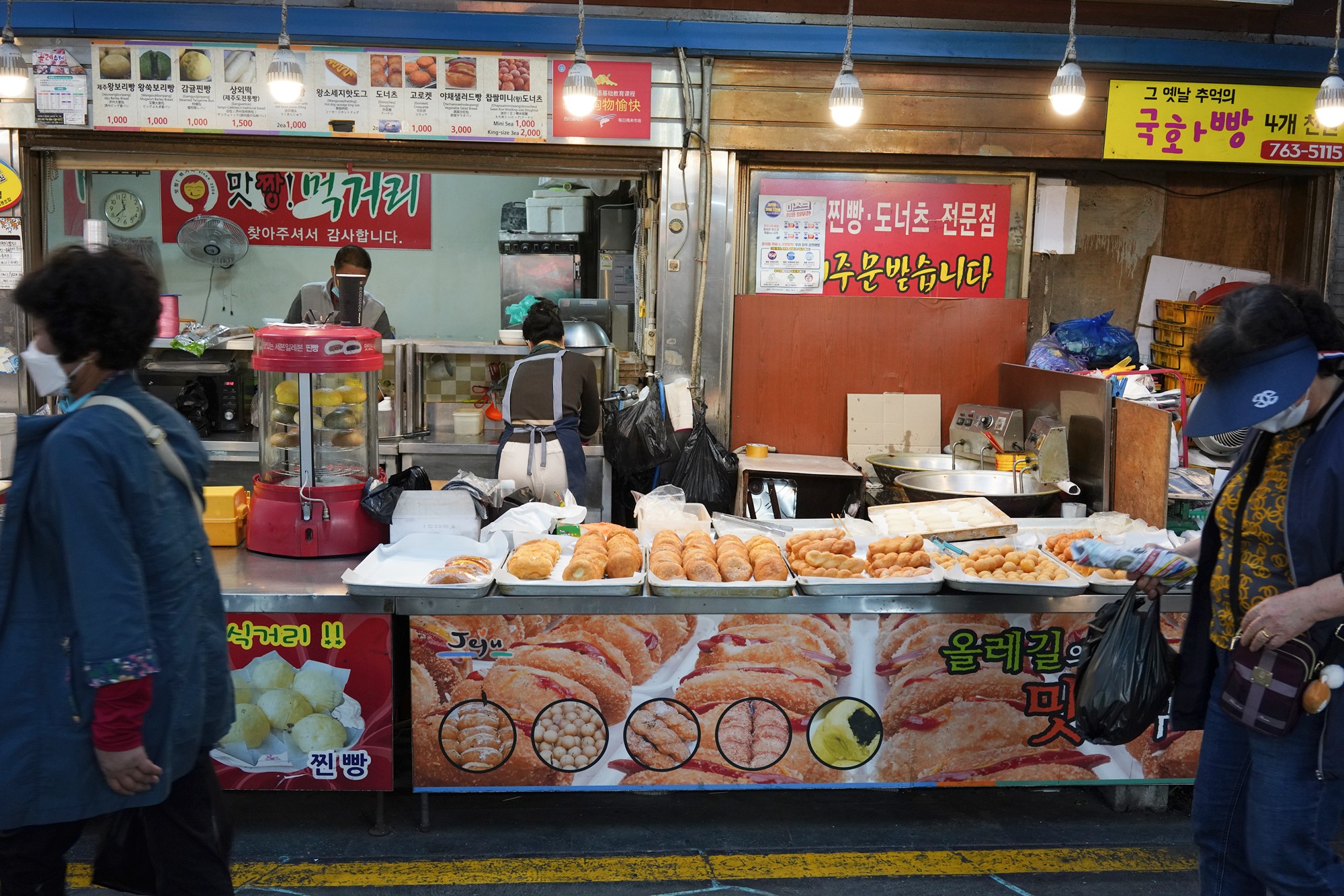
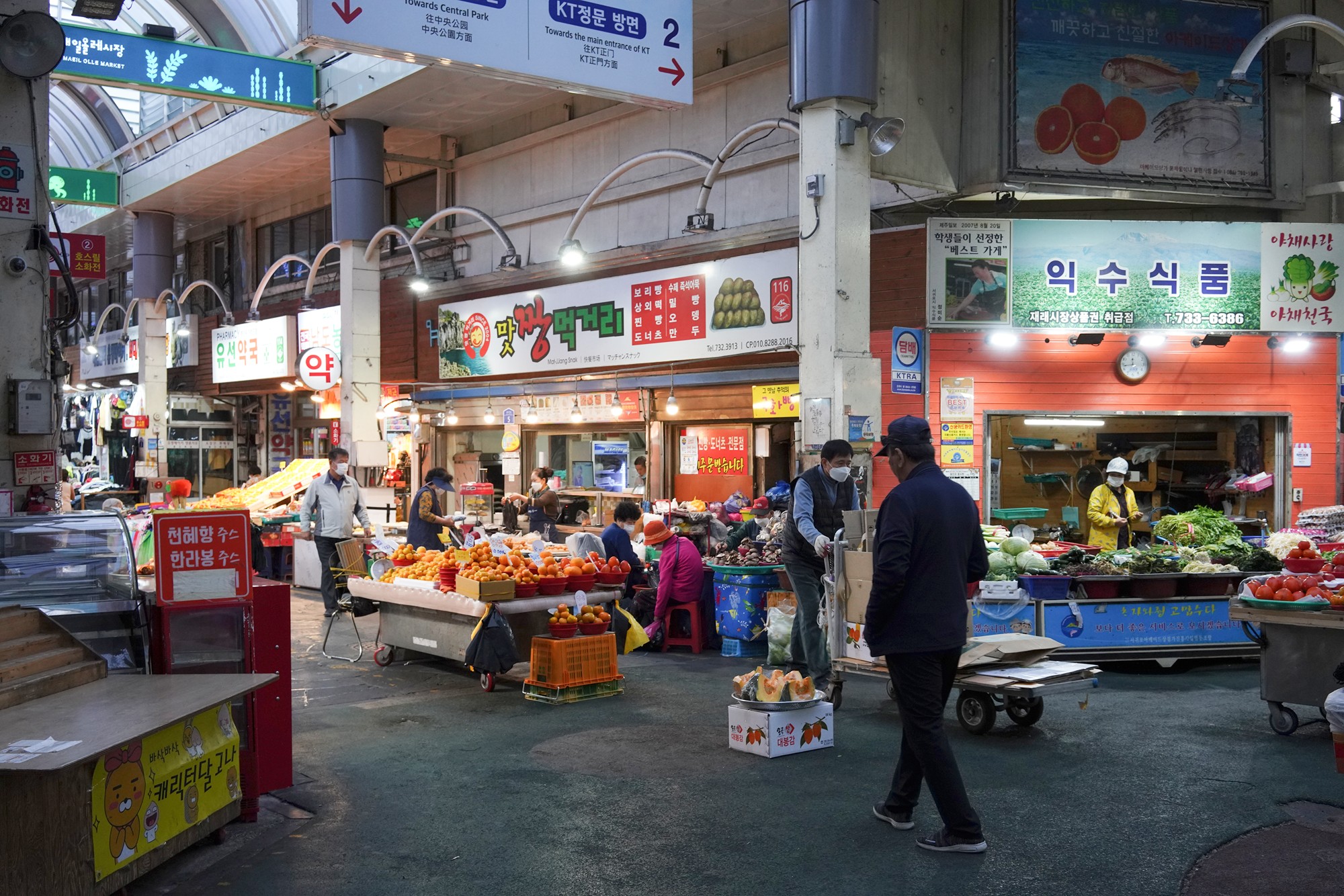
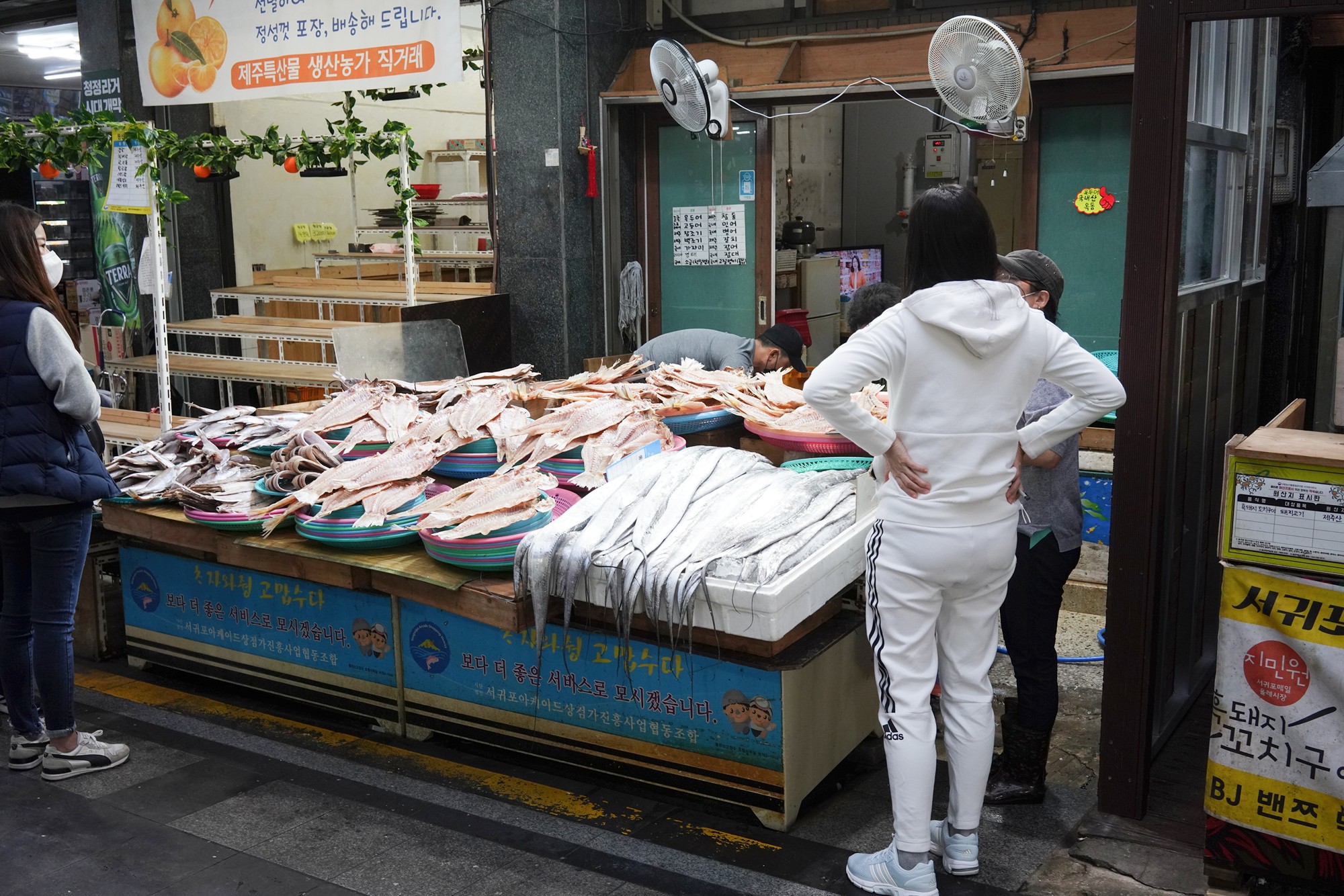
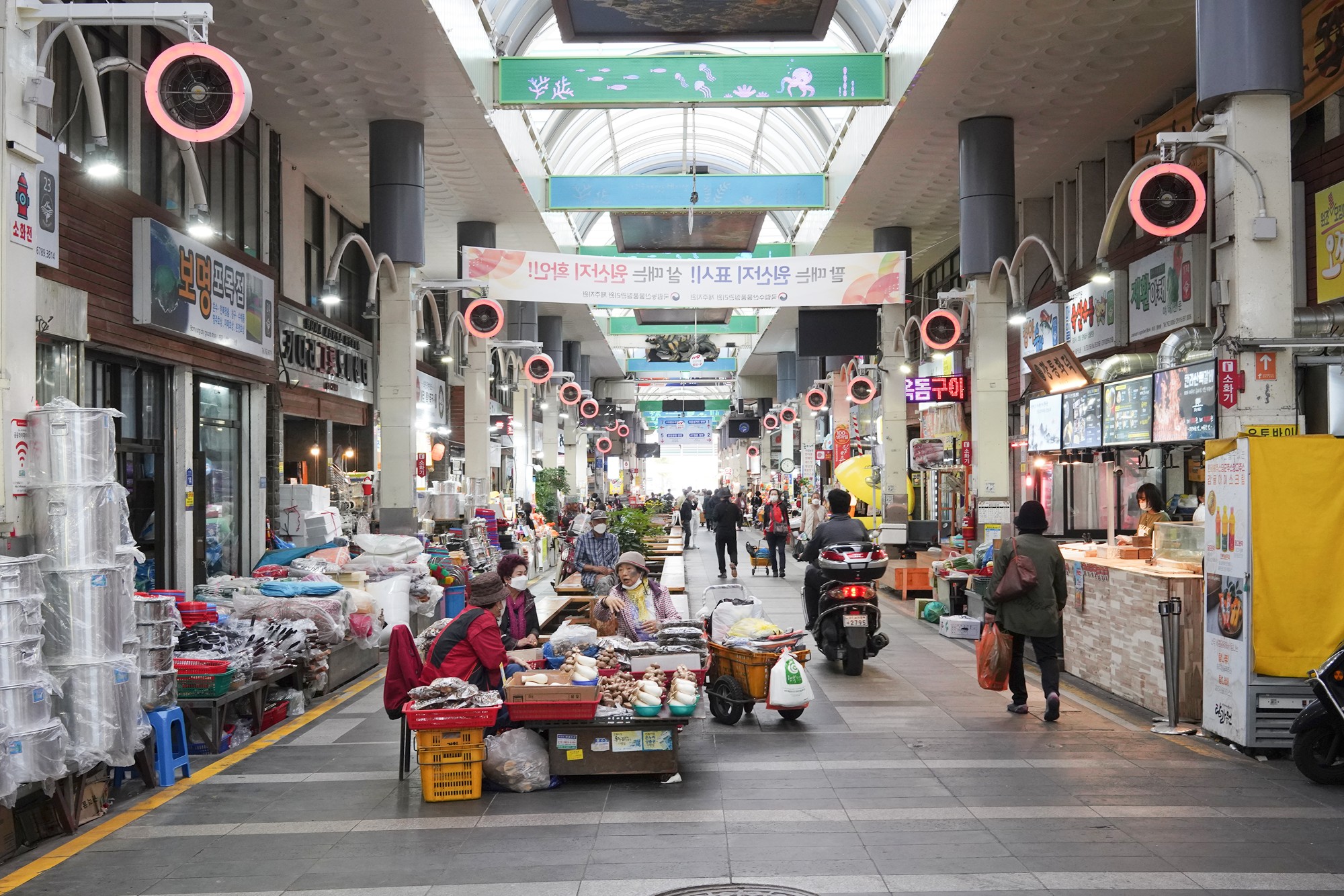
The right front of the market is Lee Joong Seop Street. It’s a lively street named for a well-known artist who lived there, with art galleries, studios & cafes.
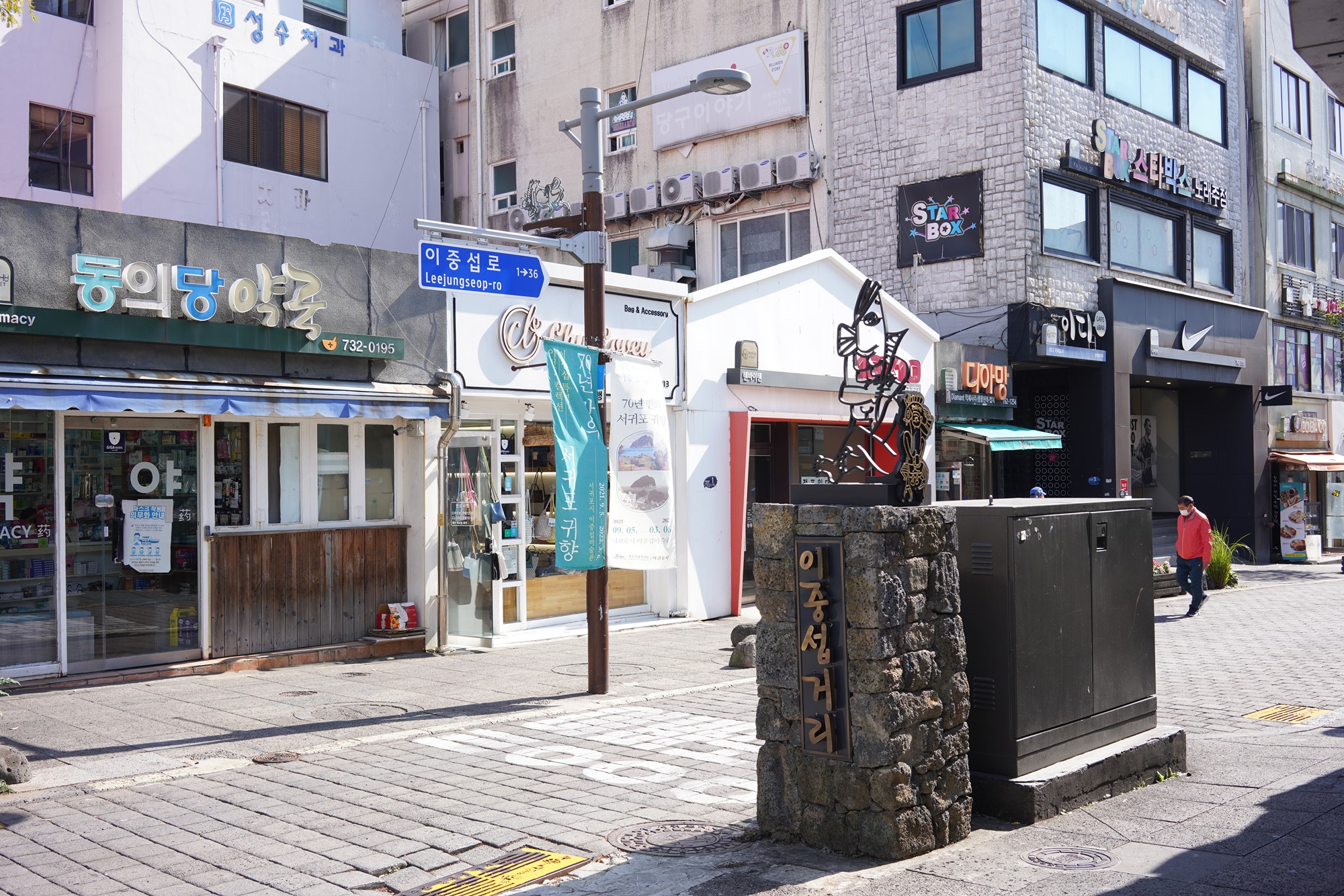
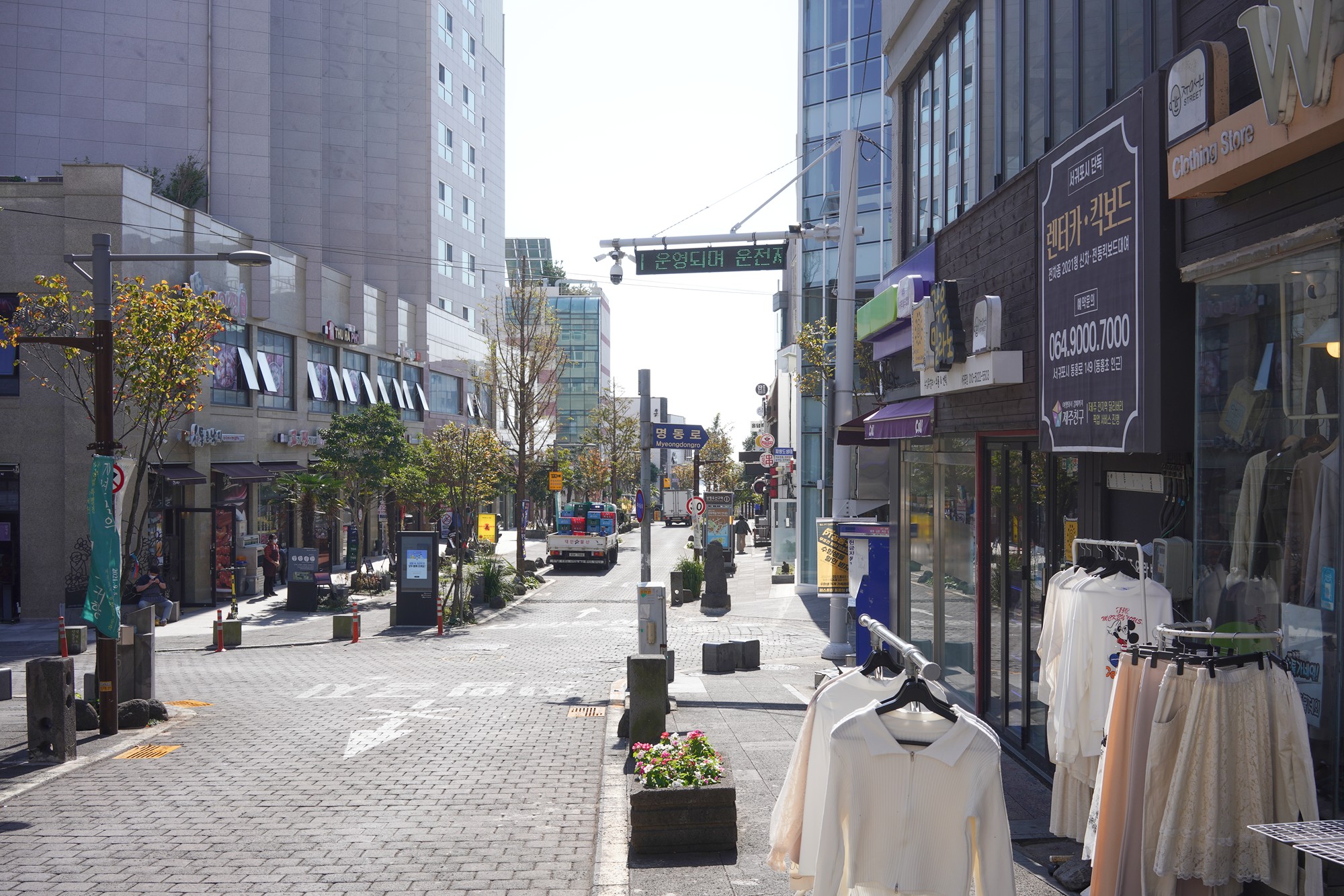
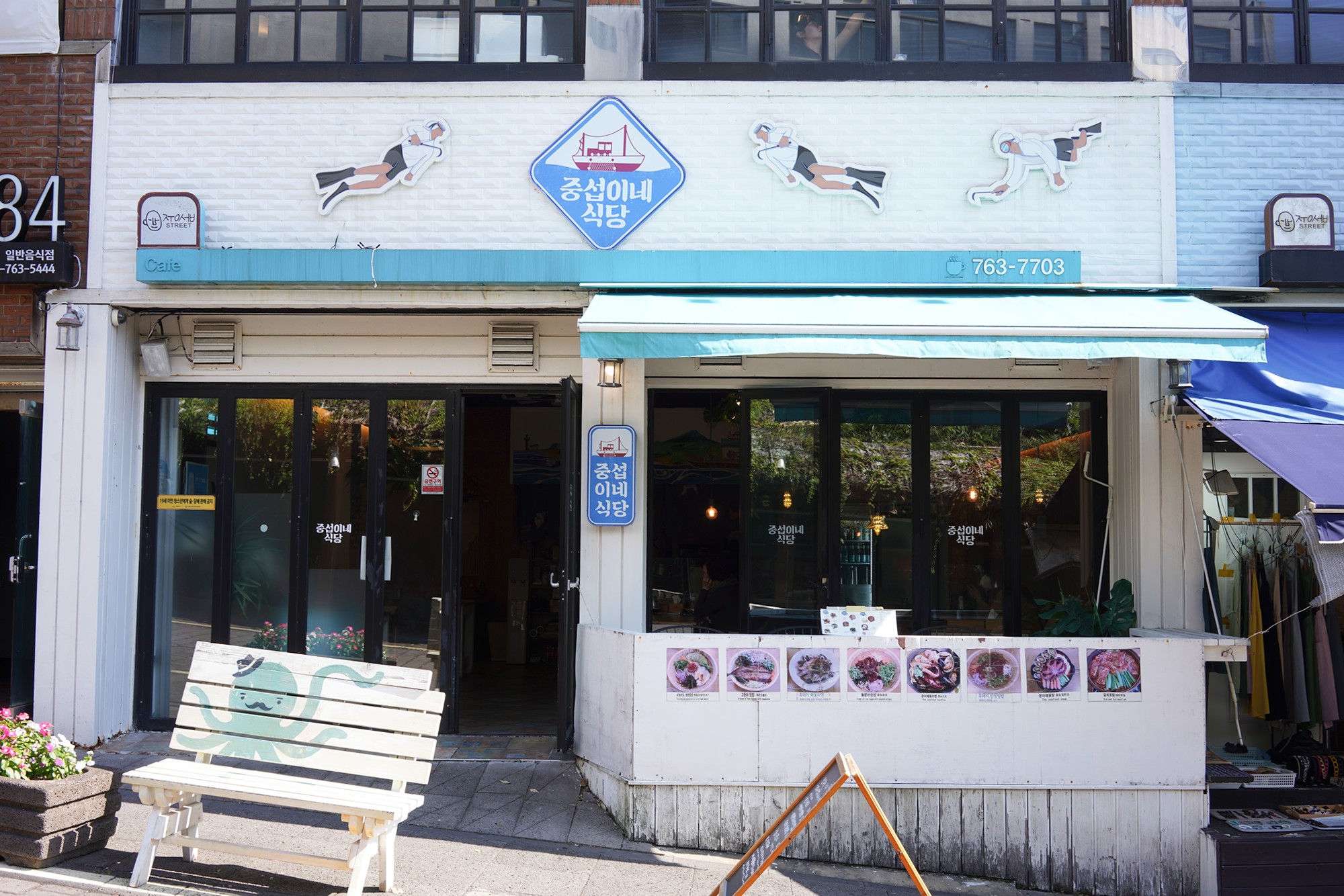
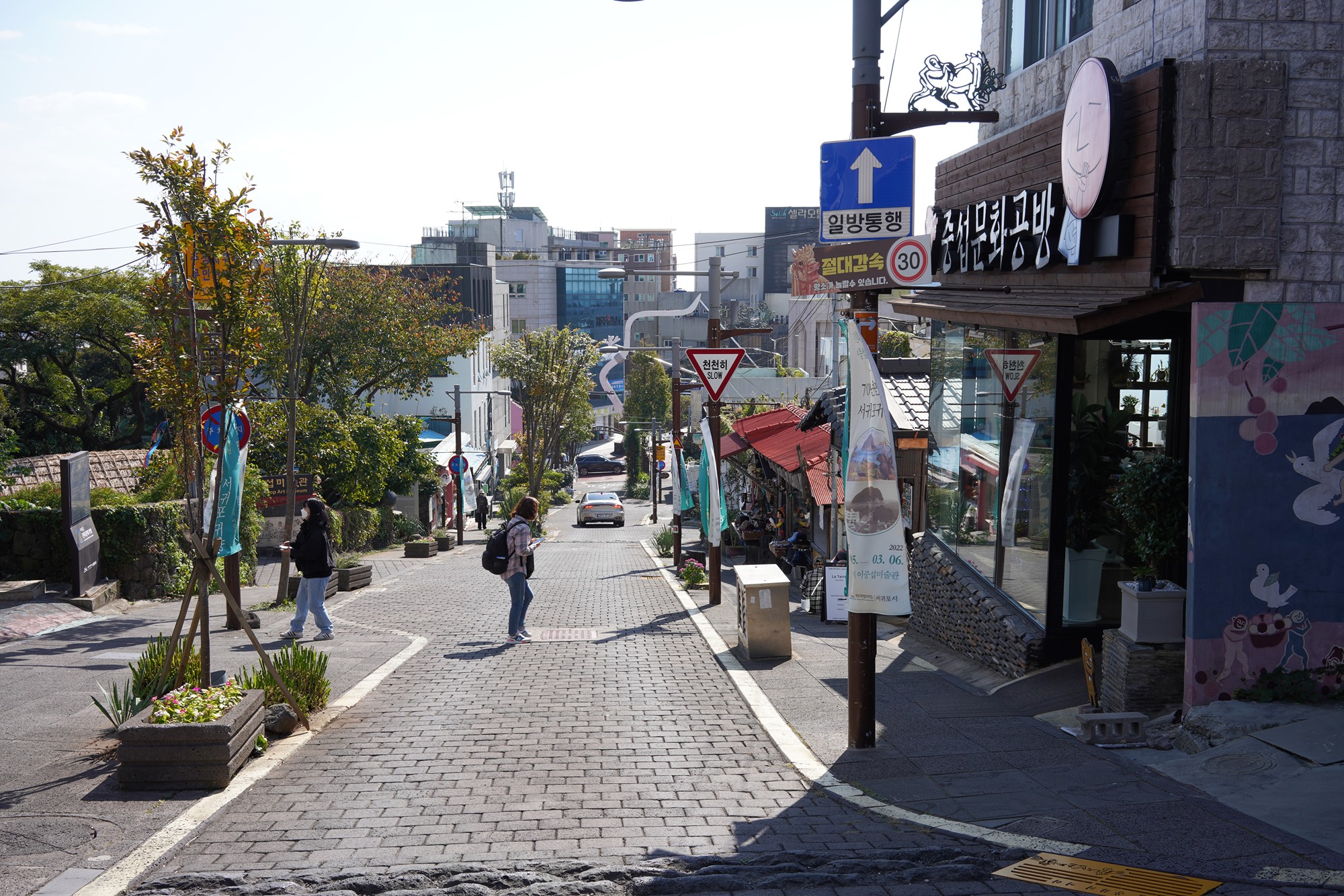
On the street is where Lee Jung Seop lived while he was in Jeju-do. He is one of the famous artists in Korea.
Born in colonial Korea, Lee Jung Seop defied hardship, pioneering “tinfoil drawings” to capture the grit and emotions of his countrymen. His bold, expressive art, especially the iconic “White Ox,” became a powerful symbol of Korean resilience, forever marking his legacy as a national treasure and artistic pioneer.
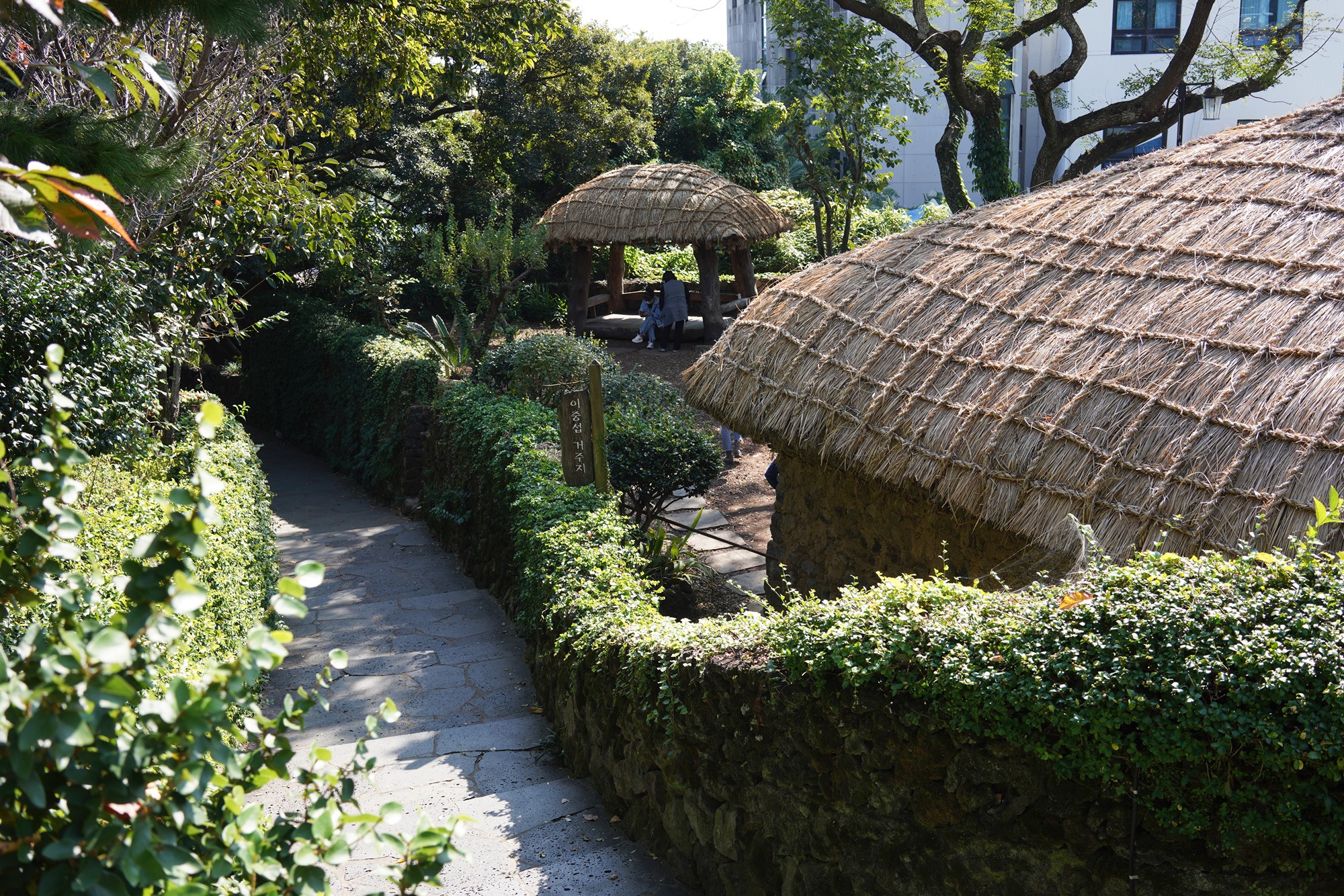

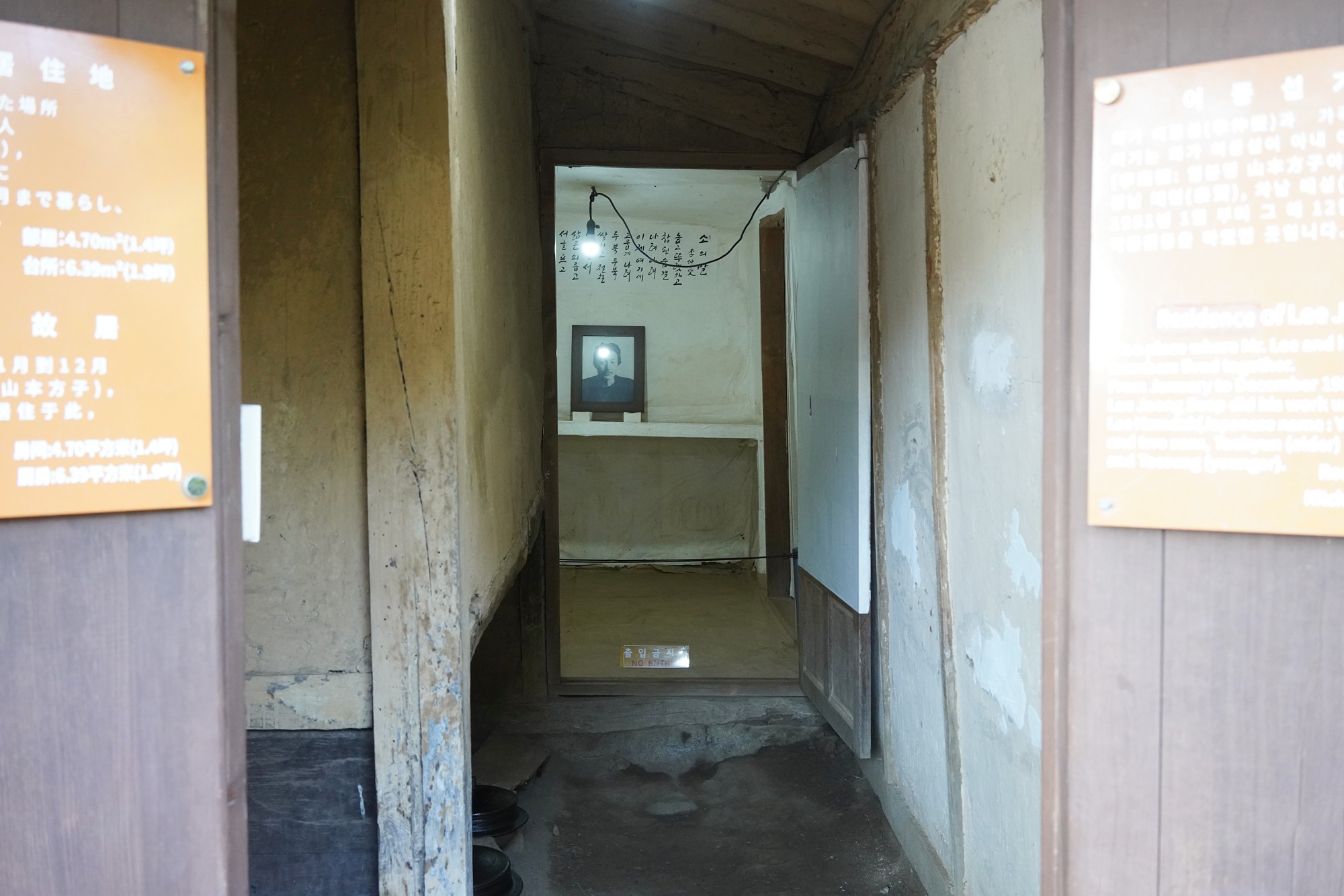
The right next to his preserved old house is the museum for his arts.
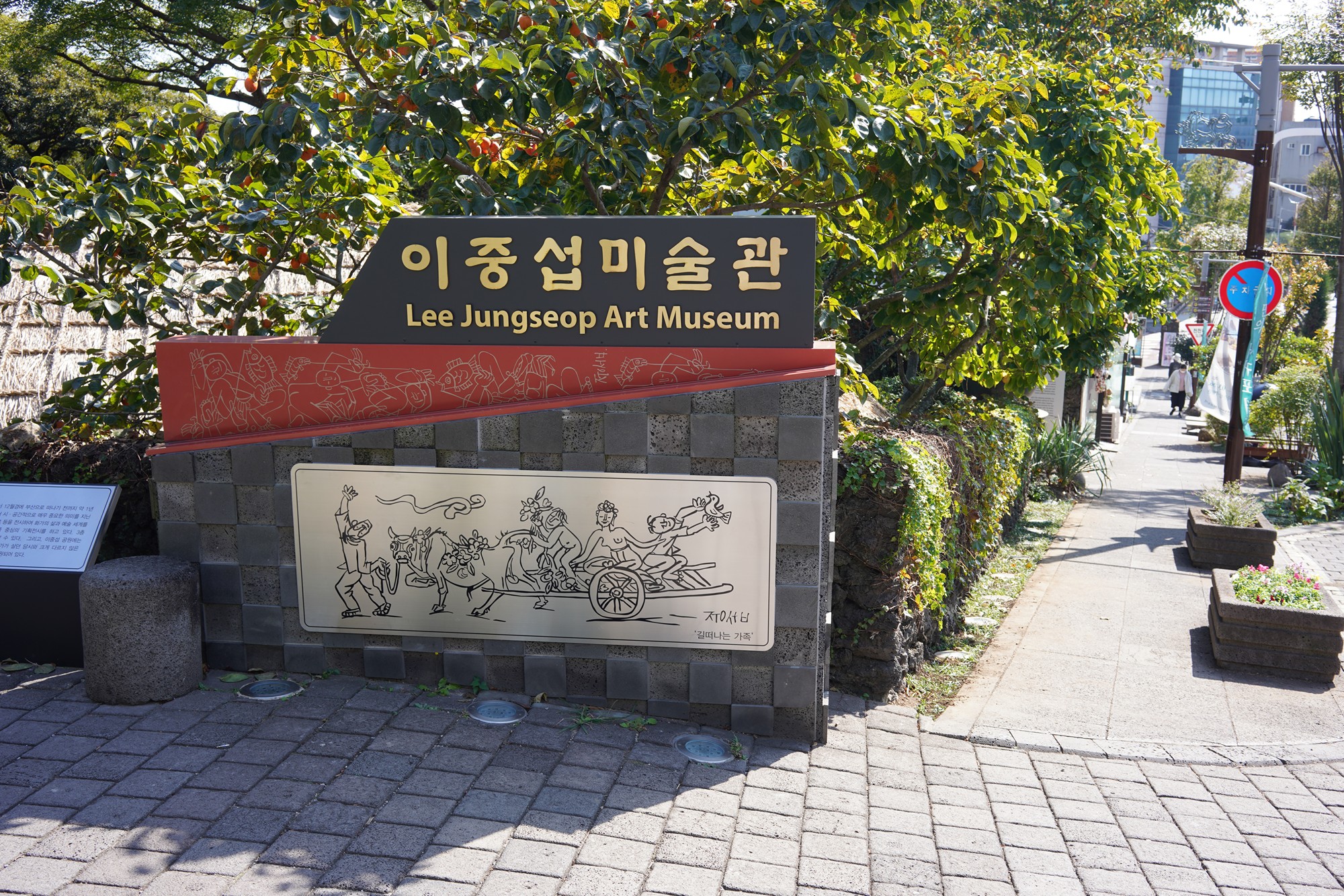
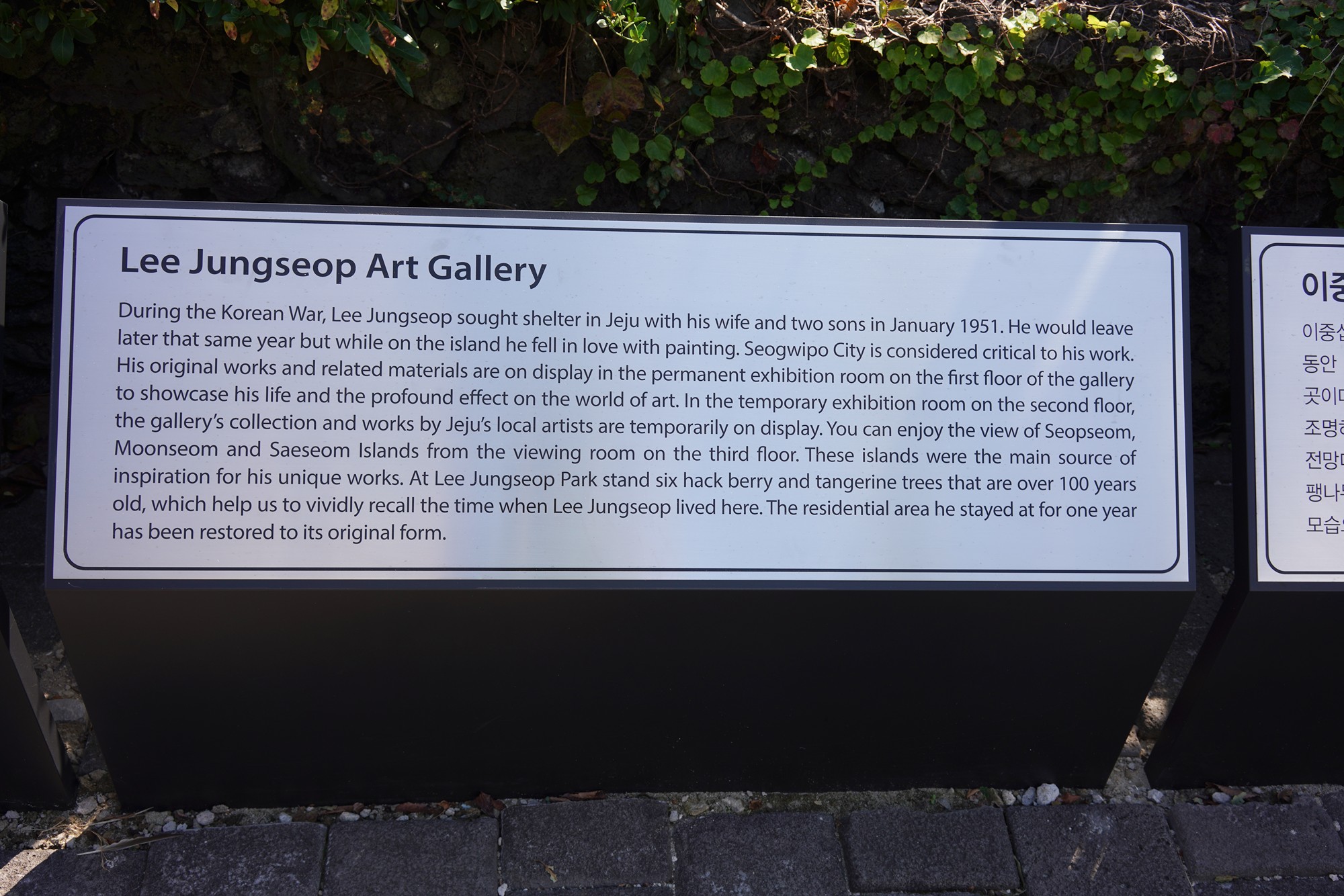
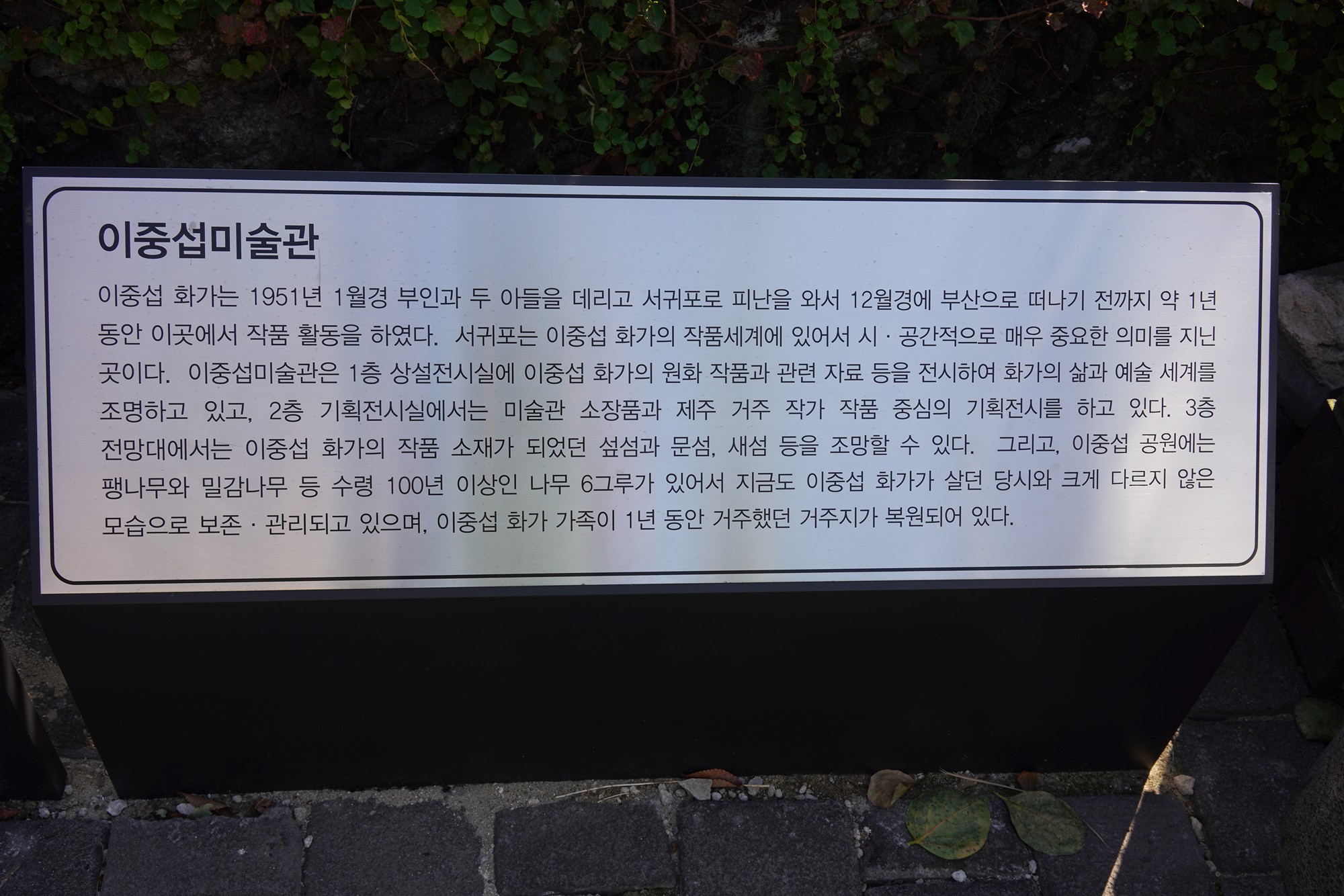
The museum was reservation only, so I was not able to go in hut had to comeback later.
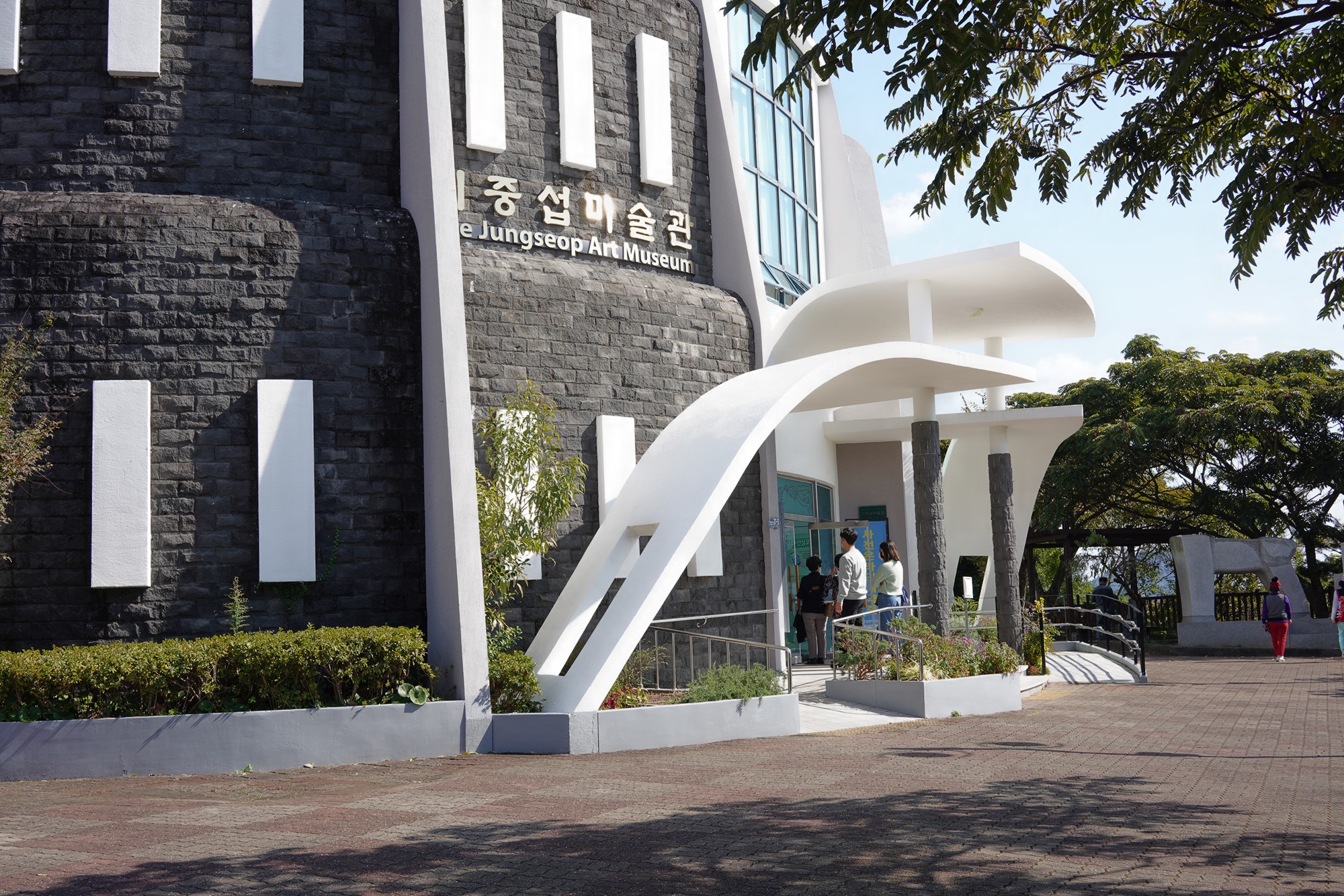
I walked to the nearby ocean.
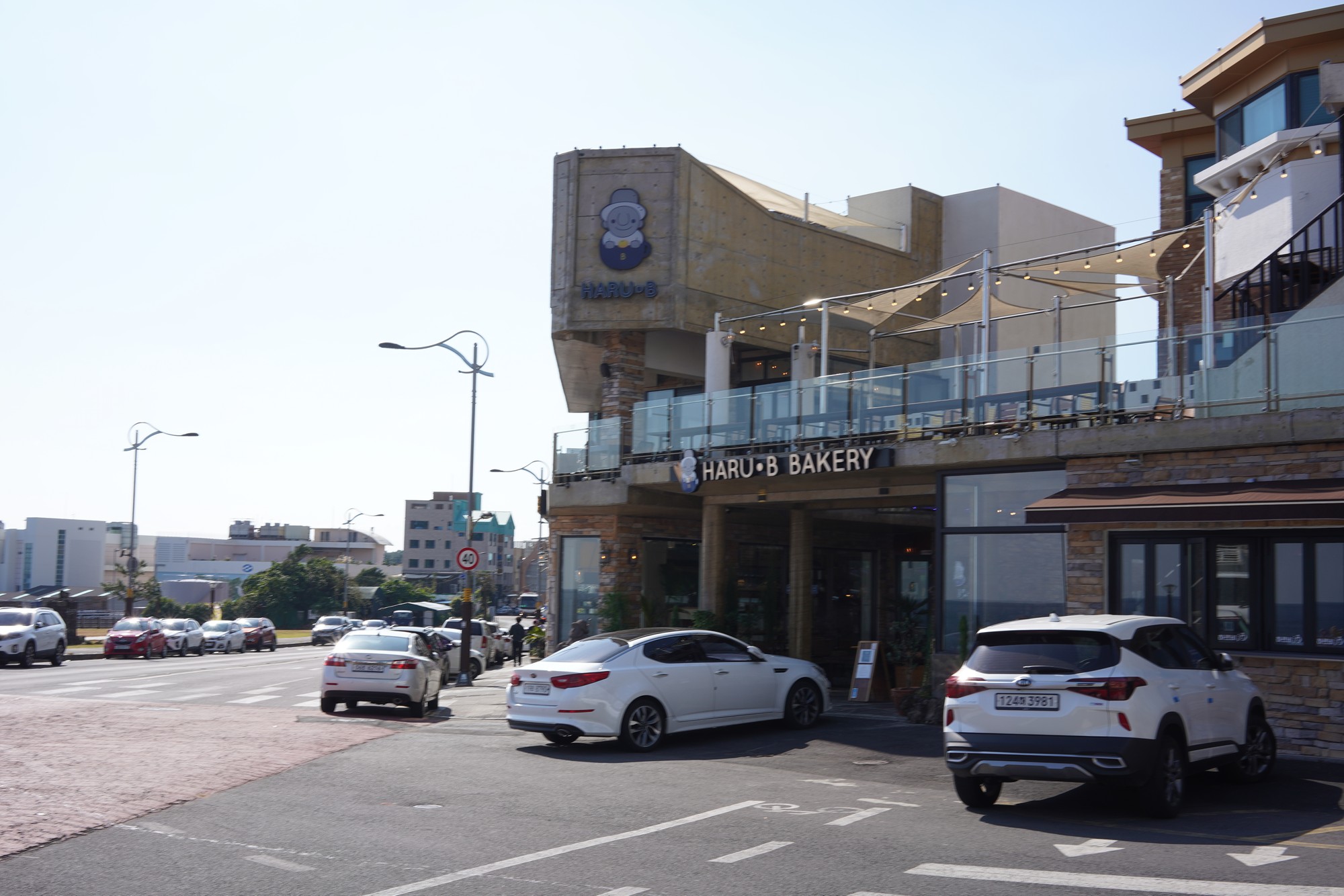
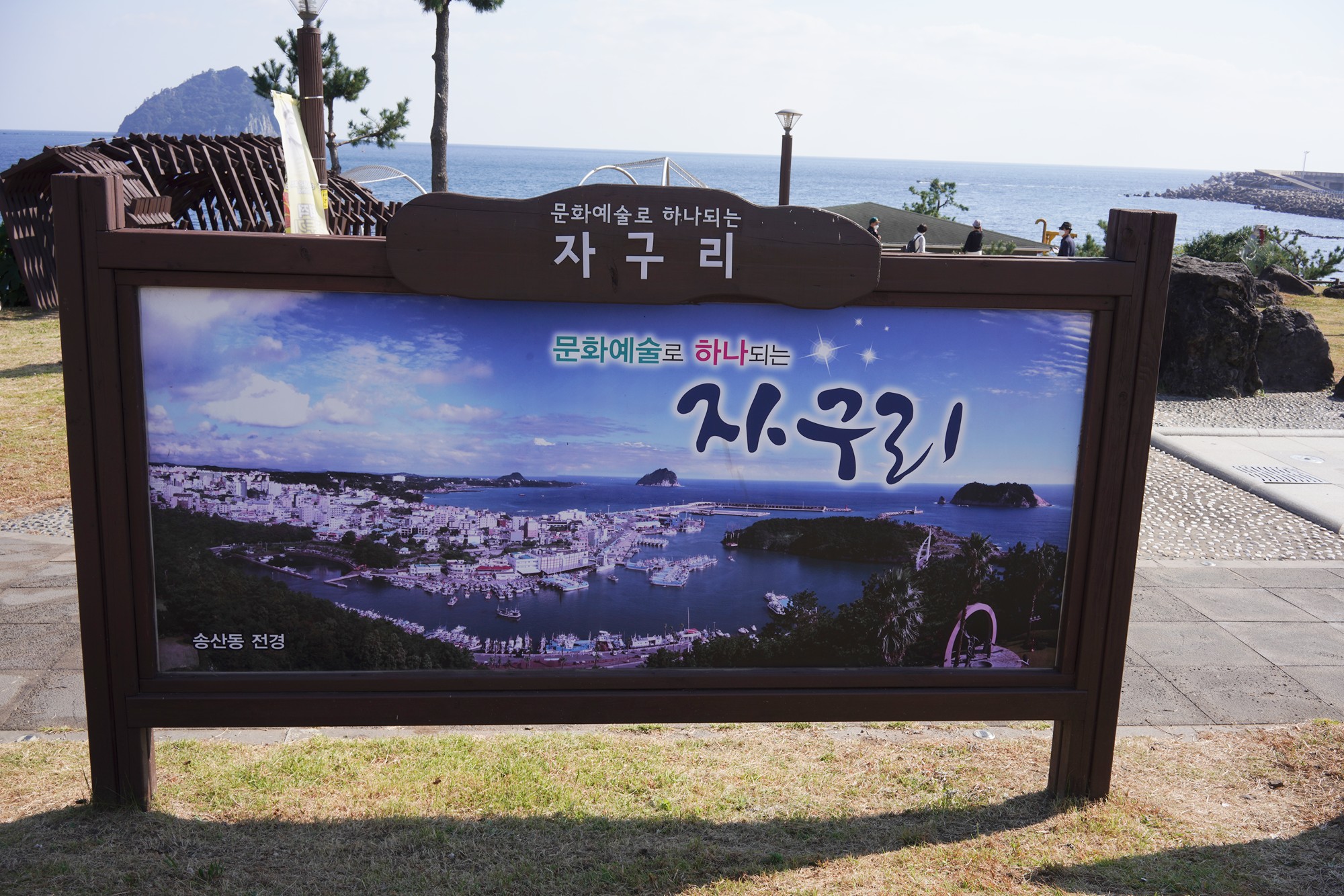
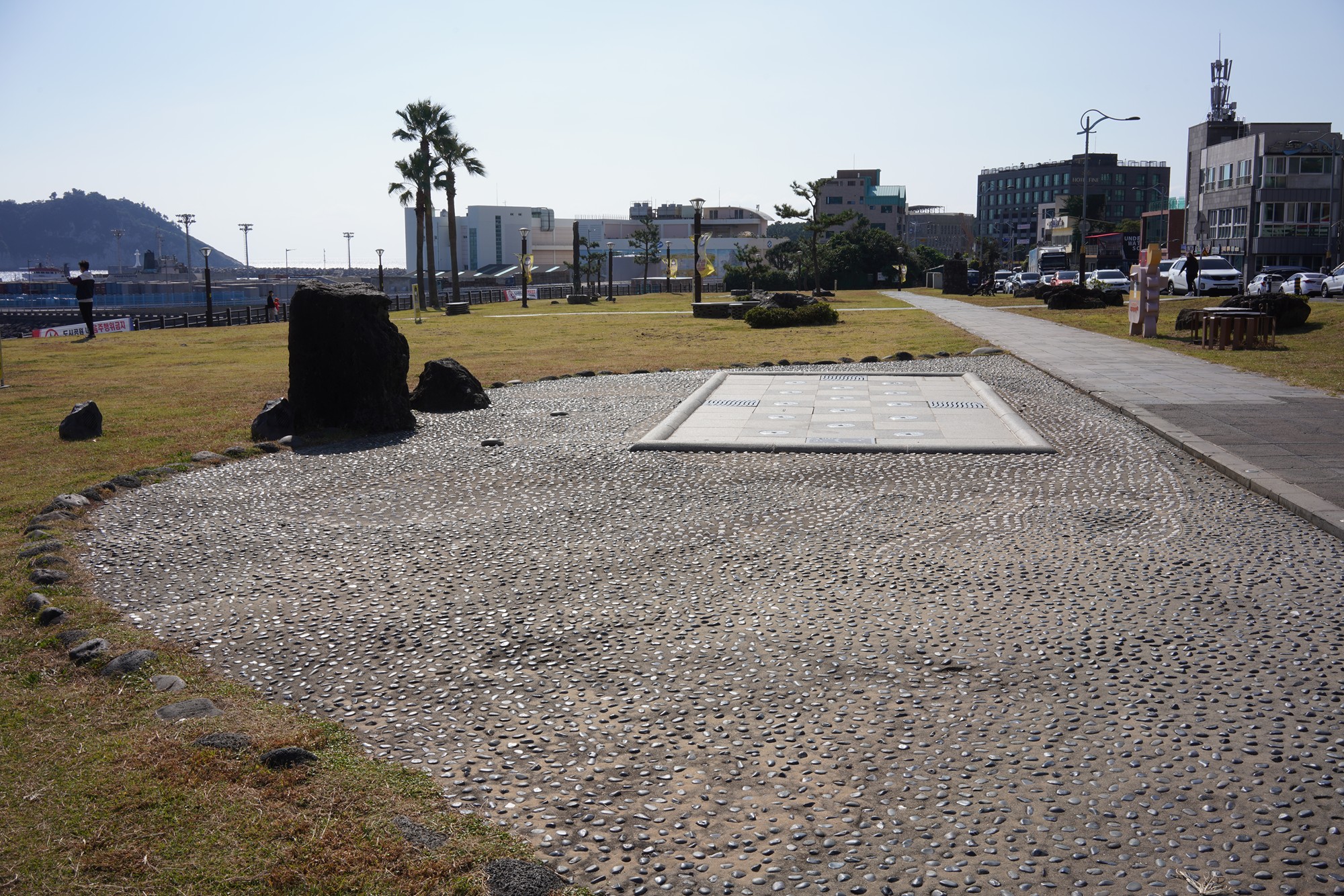
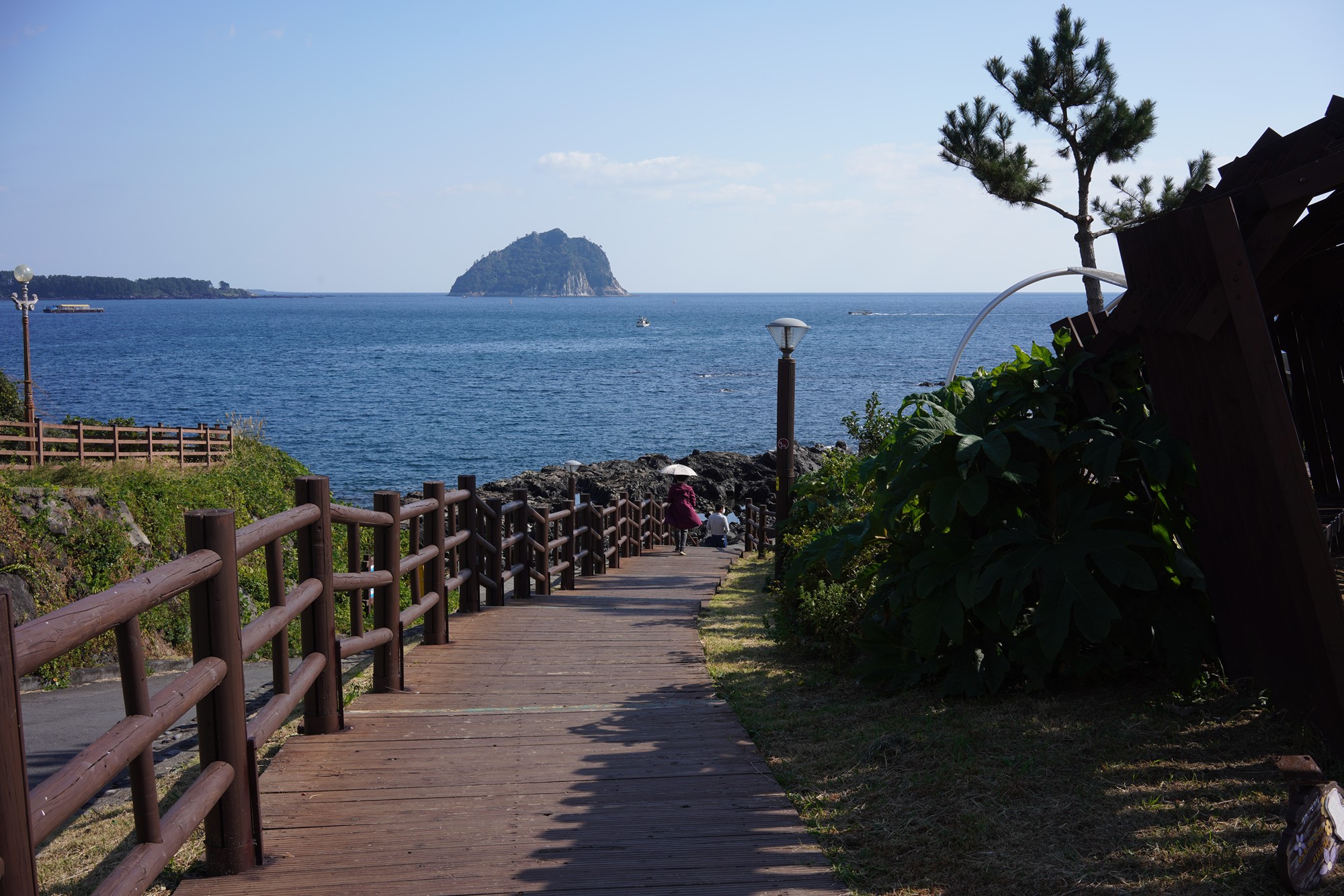
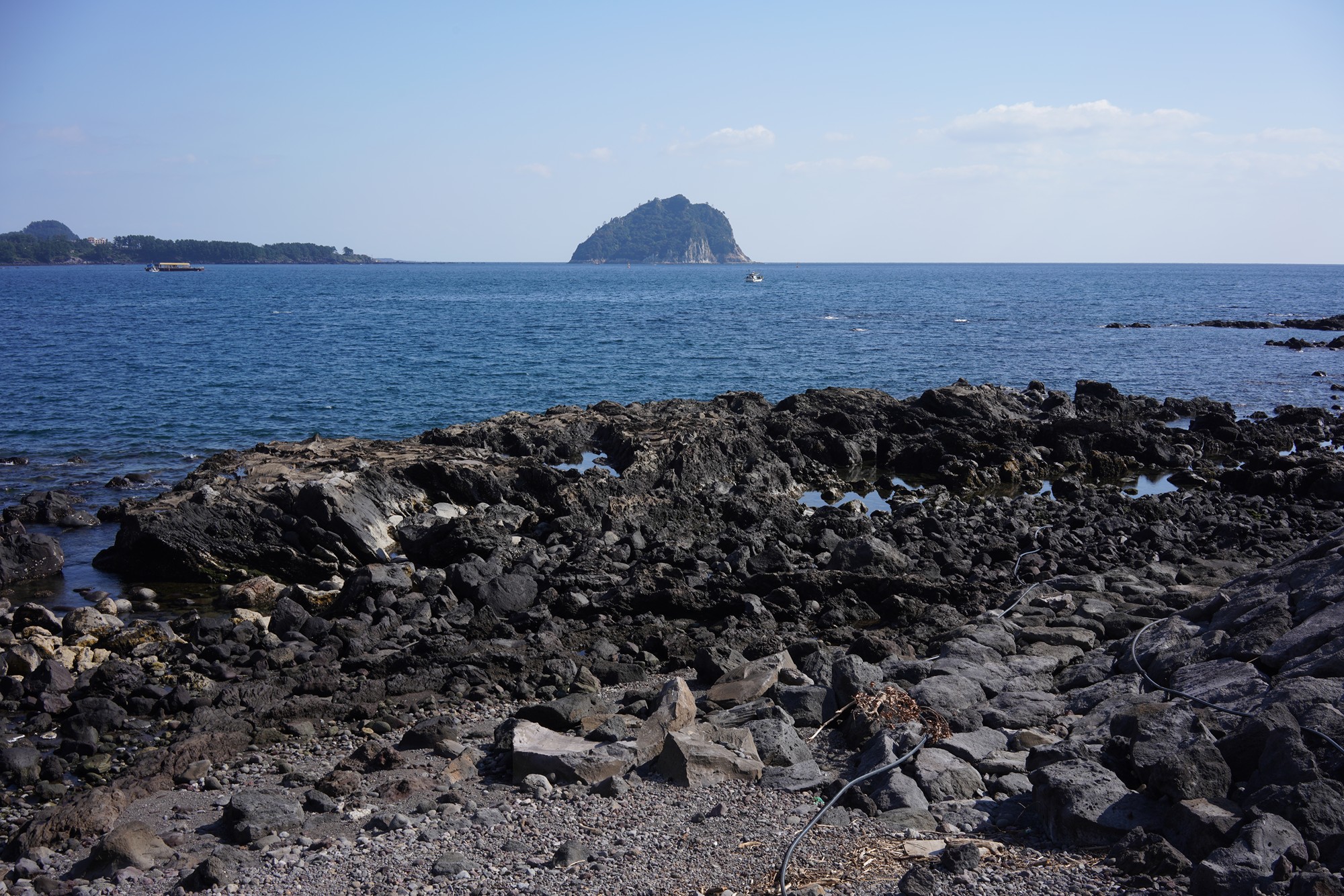
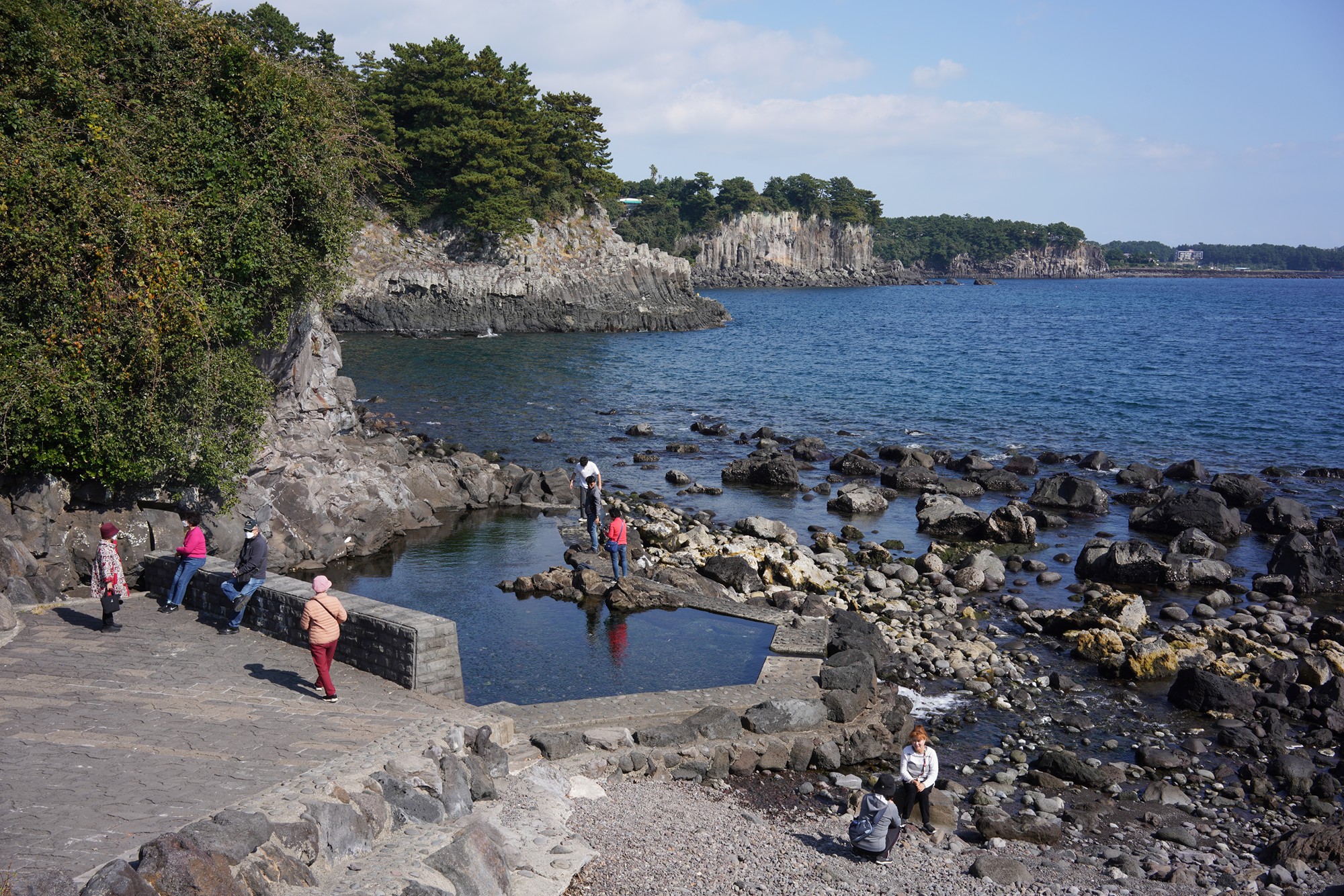
On walking to Seobok Exhibition Hall
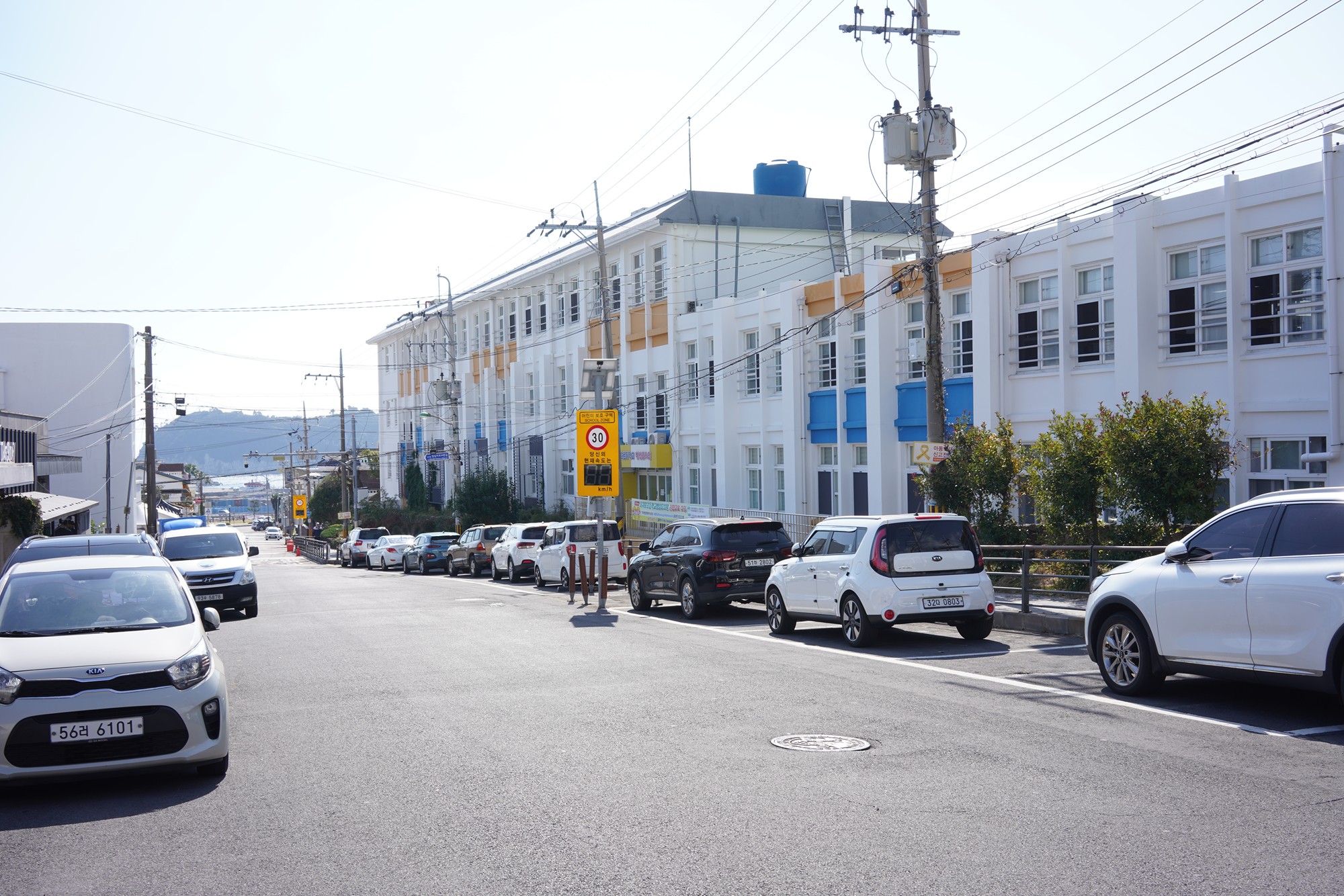
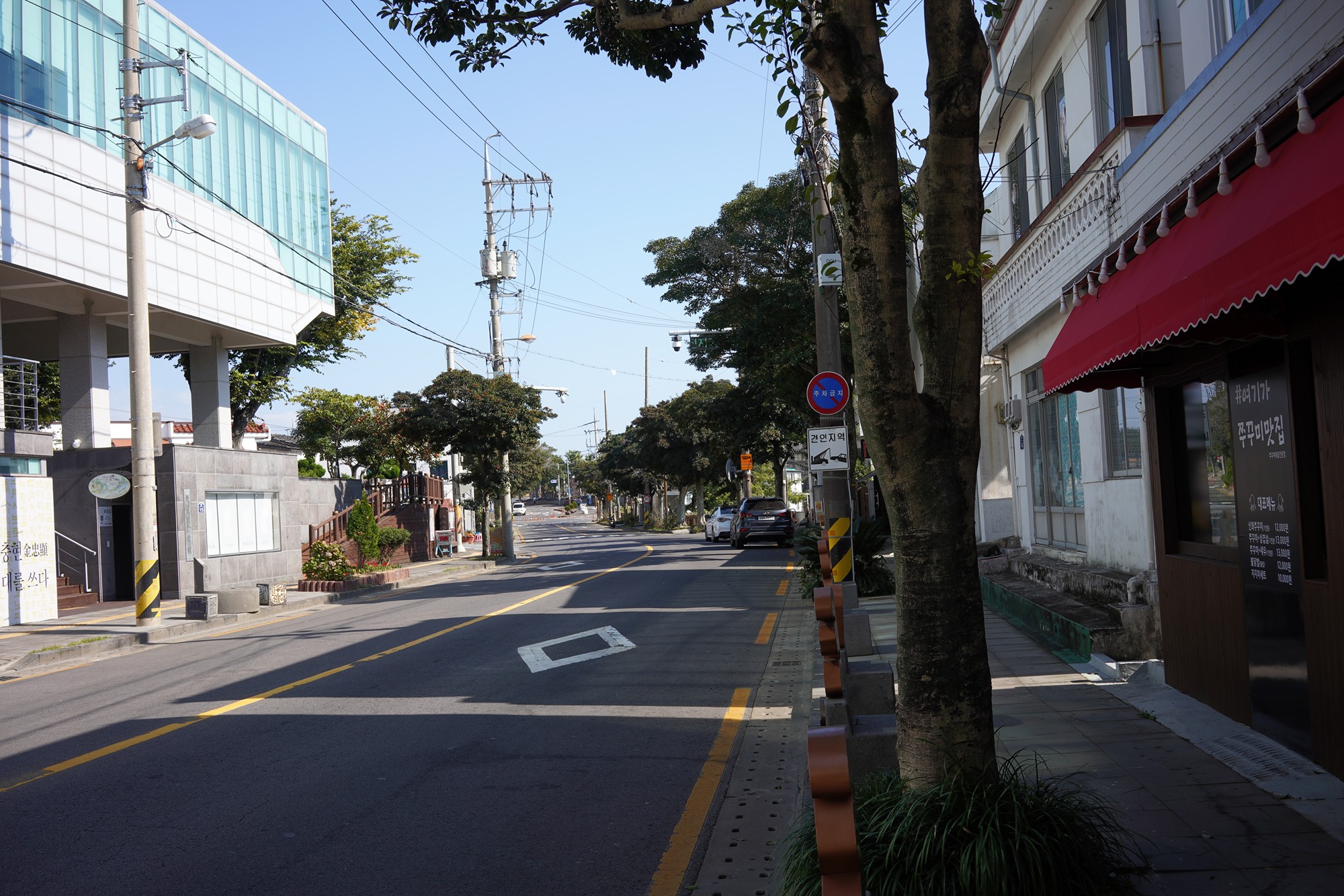
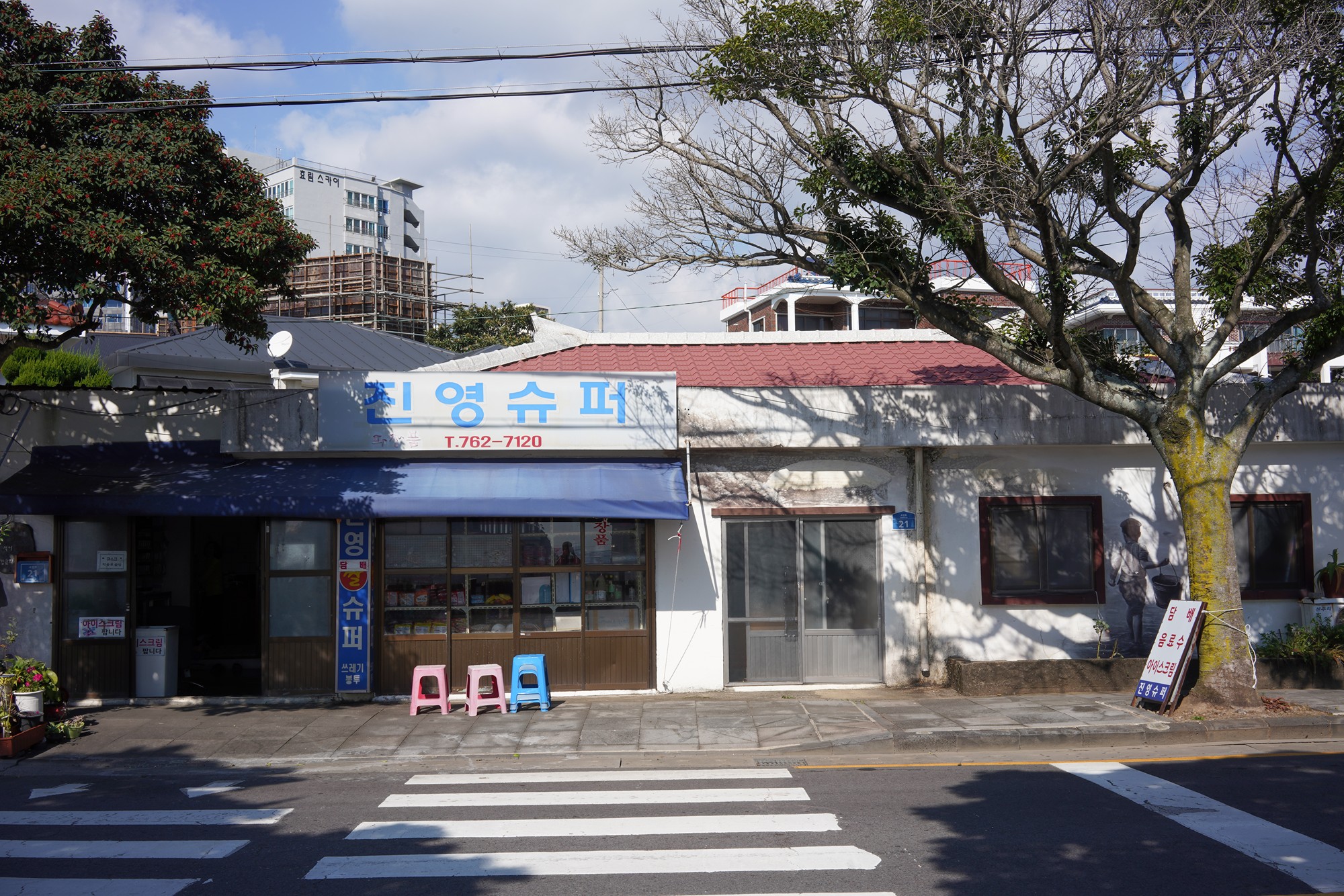
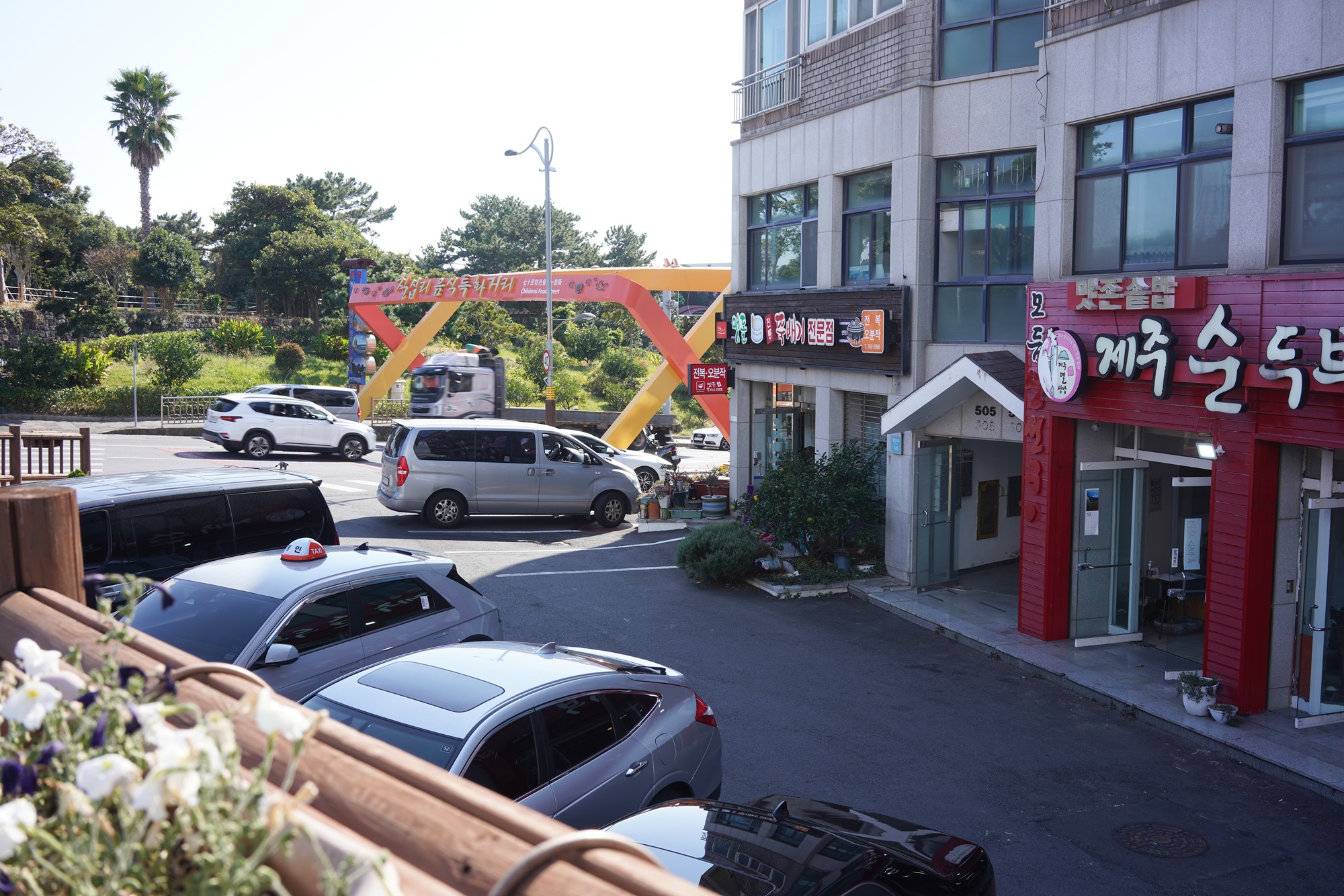
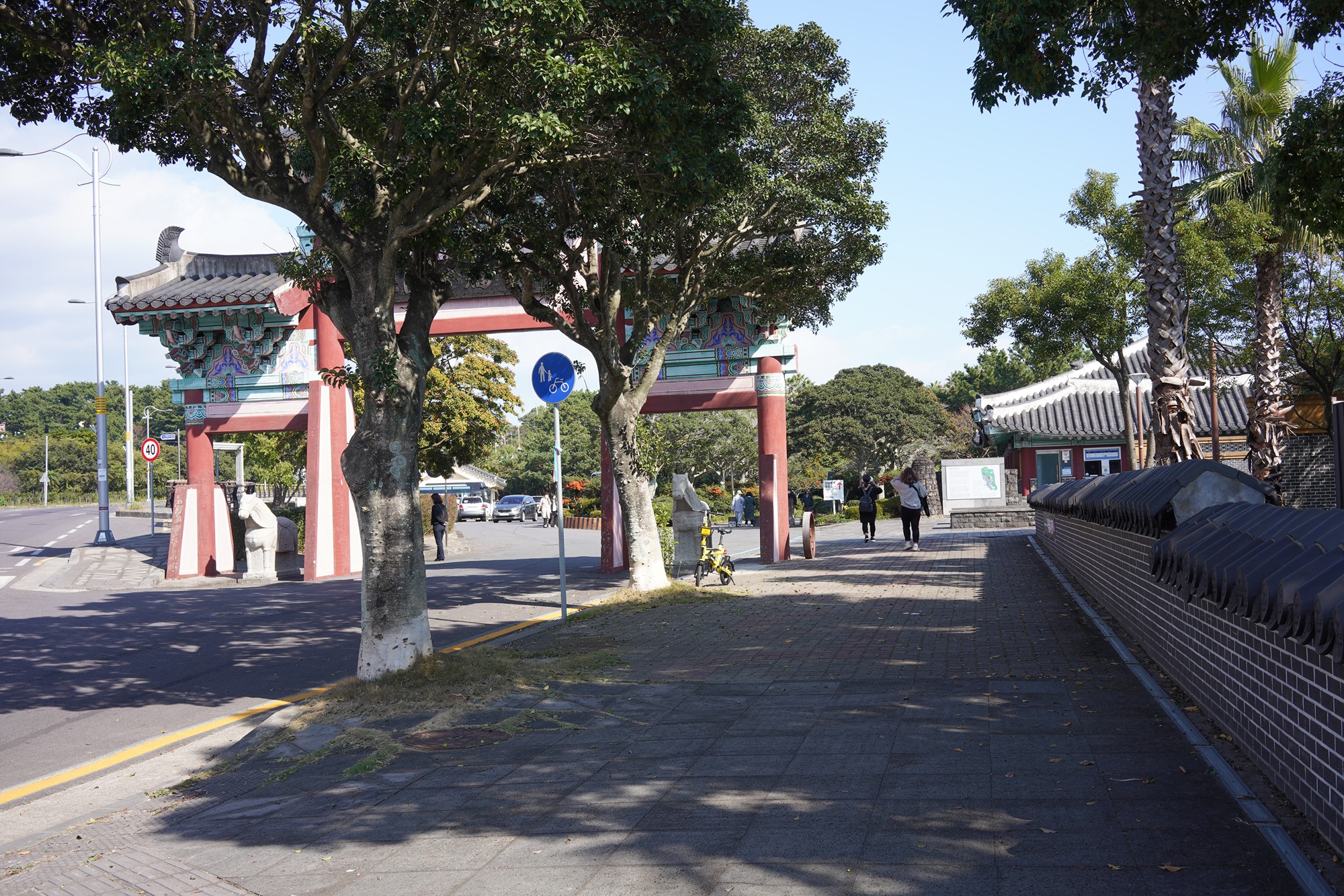
It is dedicated to Seobok, an envoy of the first Chinese emperor, Qin Shi Huang, who is said to have visited Jeju Island in search of the elixir of immortality.
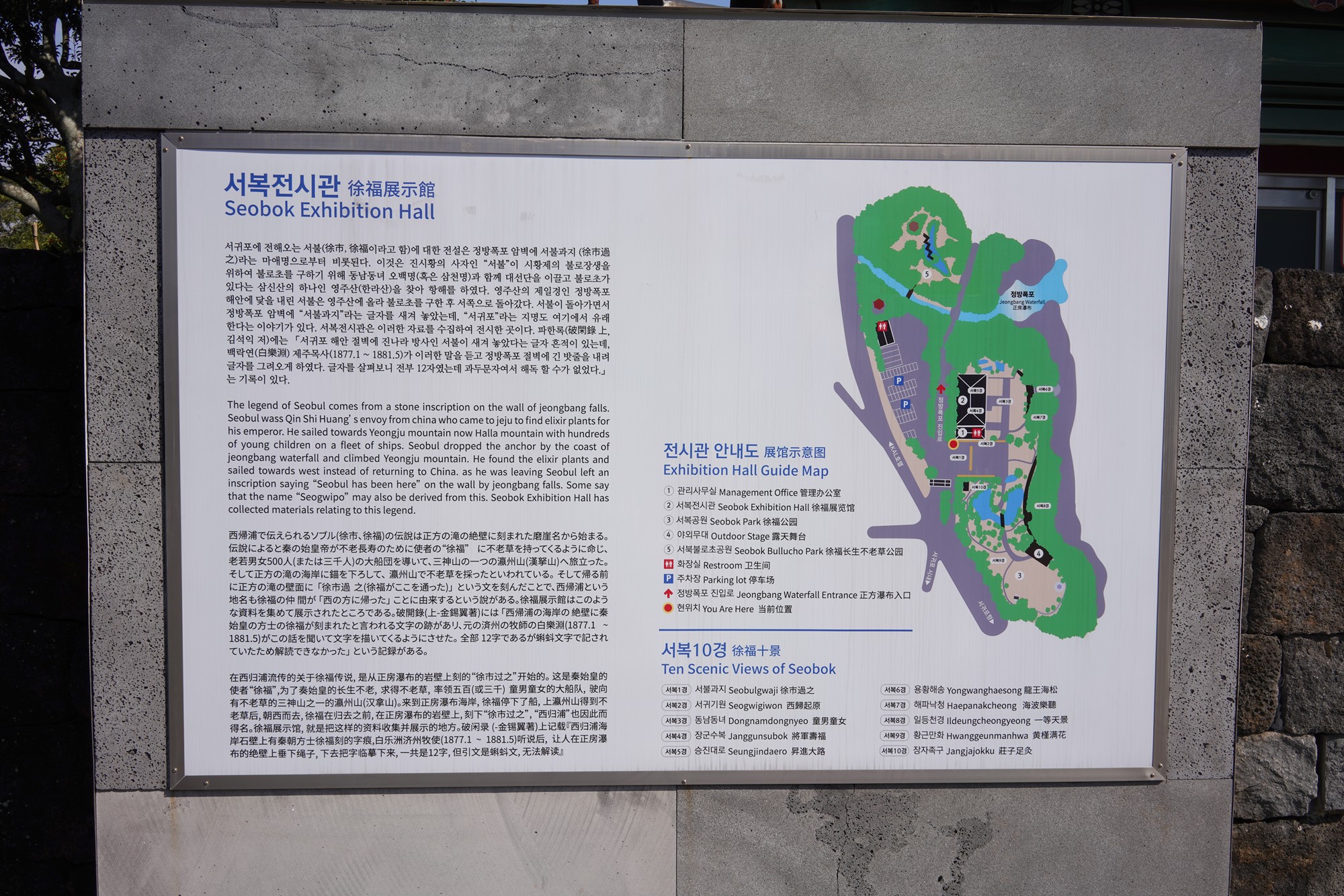
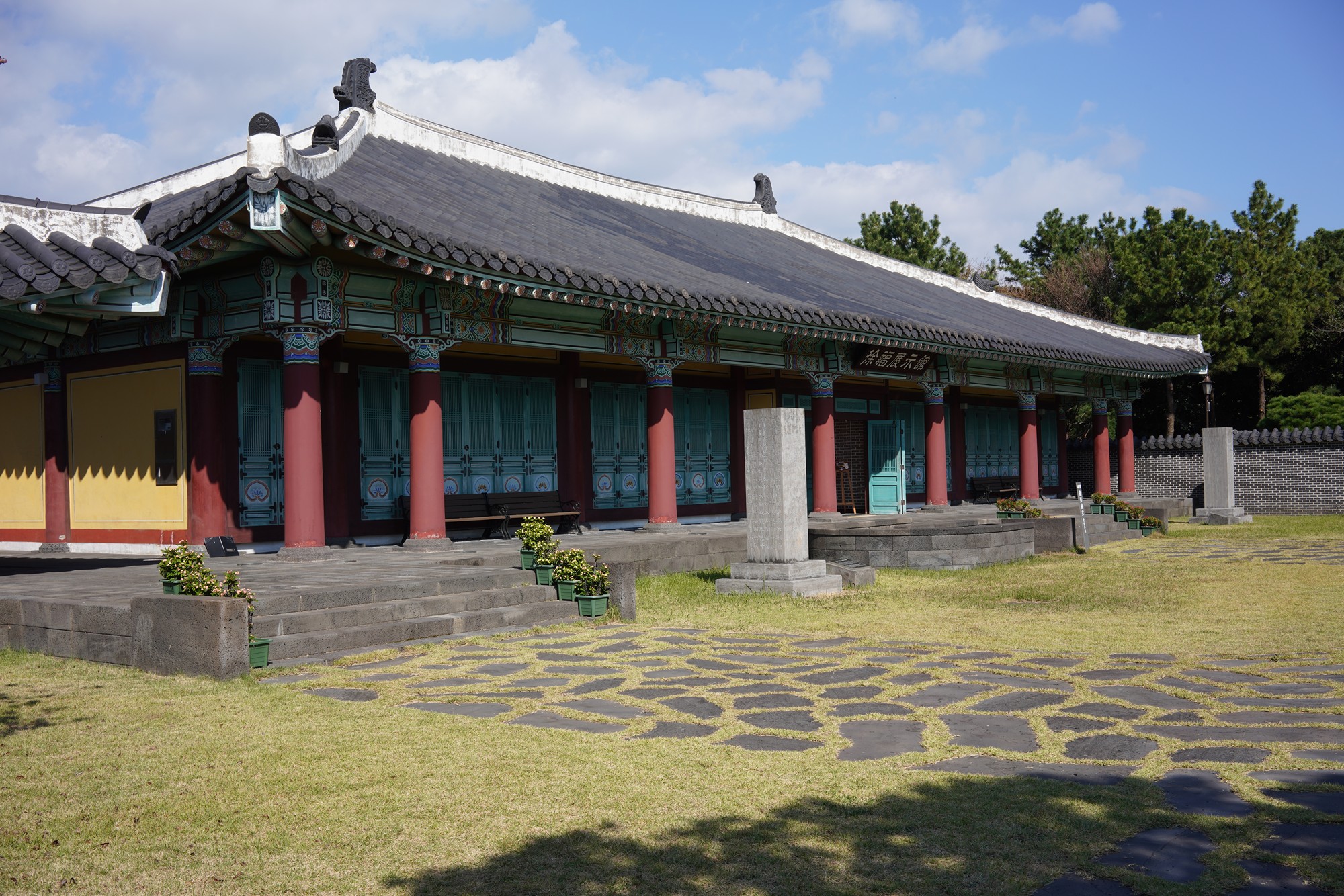
The exhibition hall houses a collection of artifacts and exhibits that tell the story of Seobok’s legend and his connection to Jeju Island. The exhibits include traditional Korean paintings, sculptures, and historical documents.
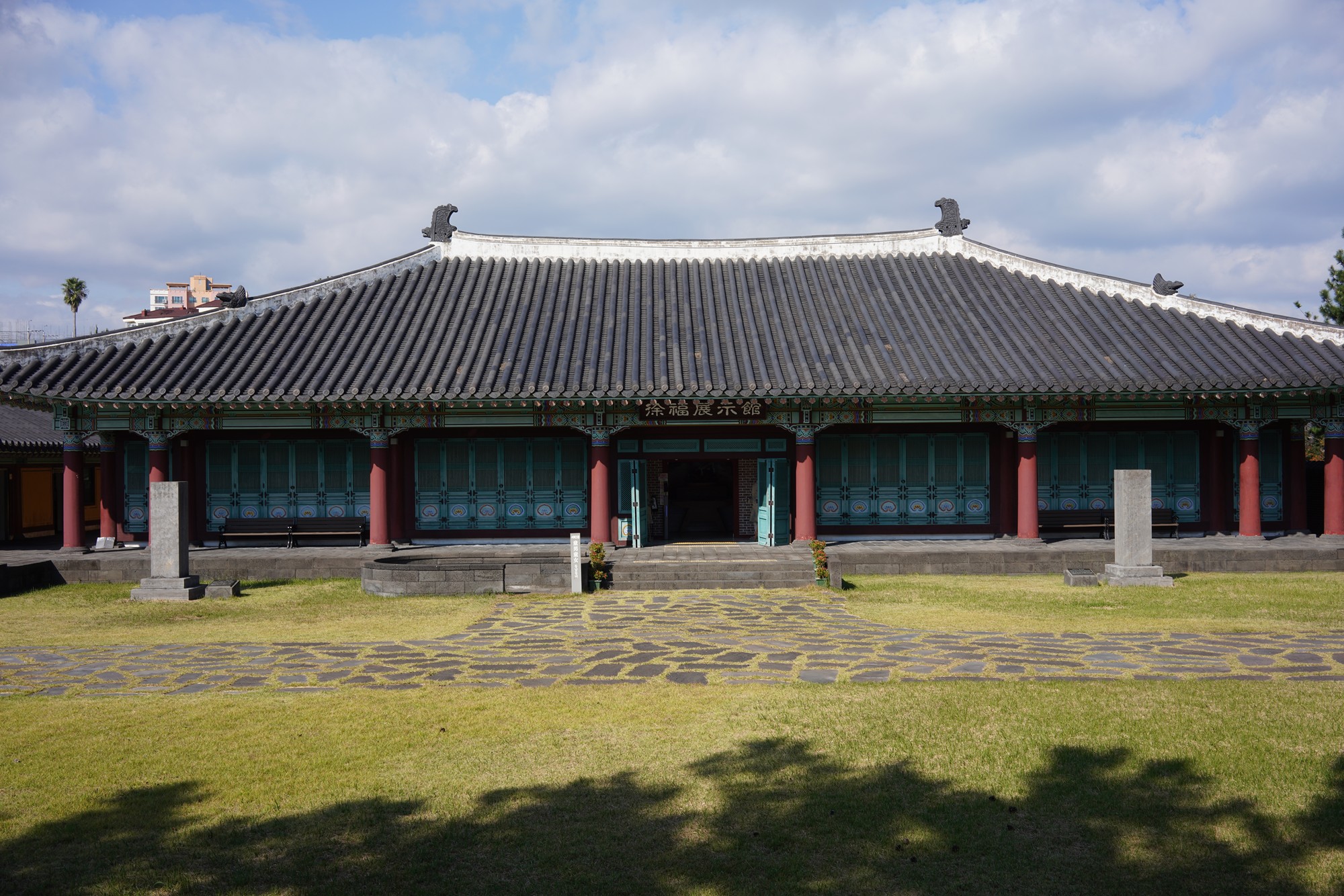
This is actual terracotta from Xian, China.
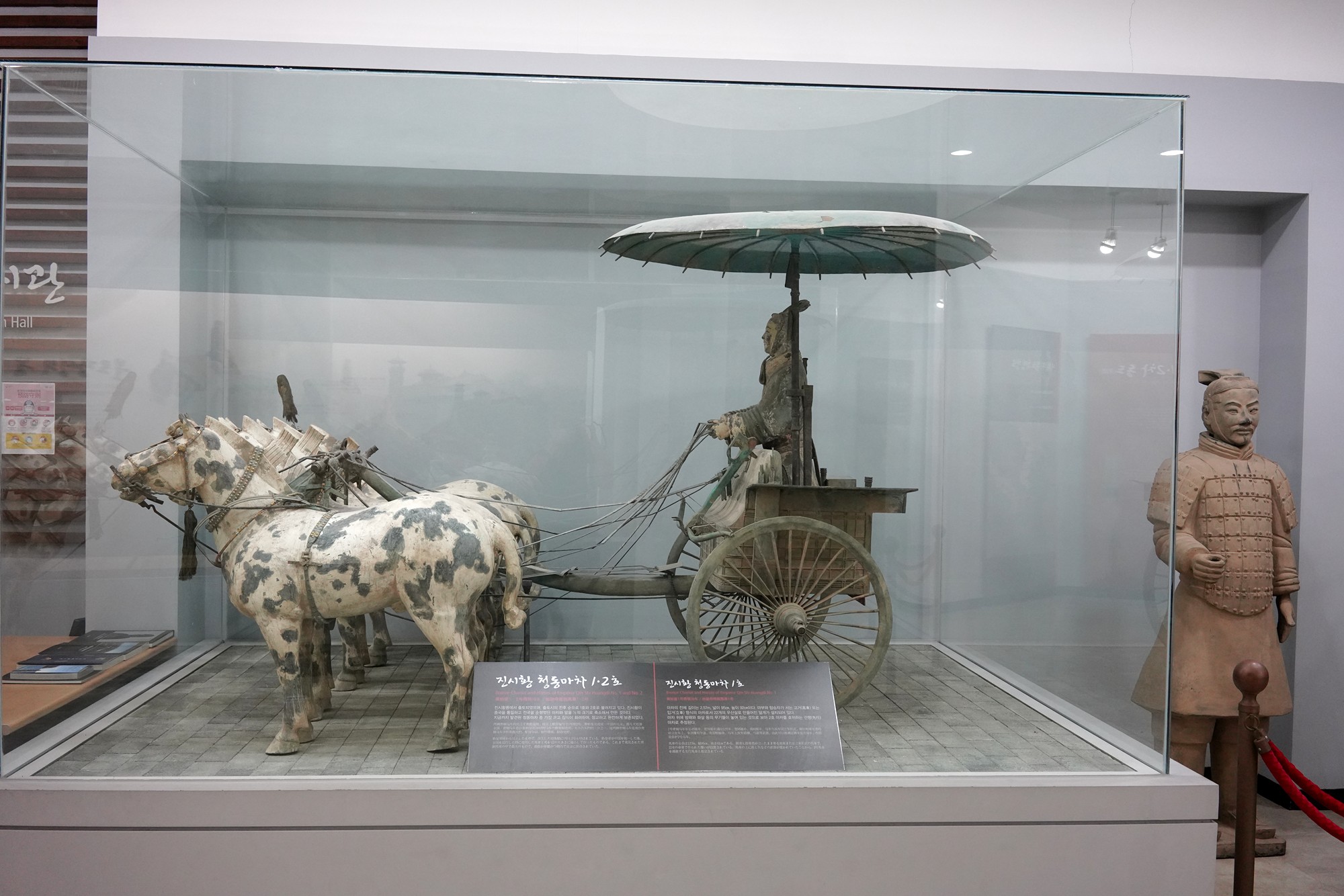
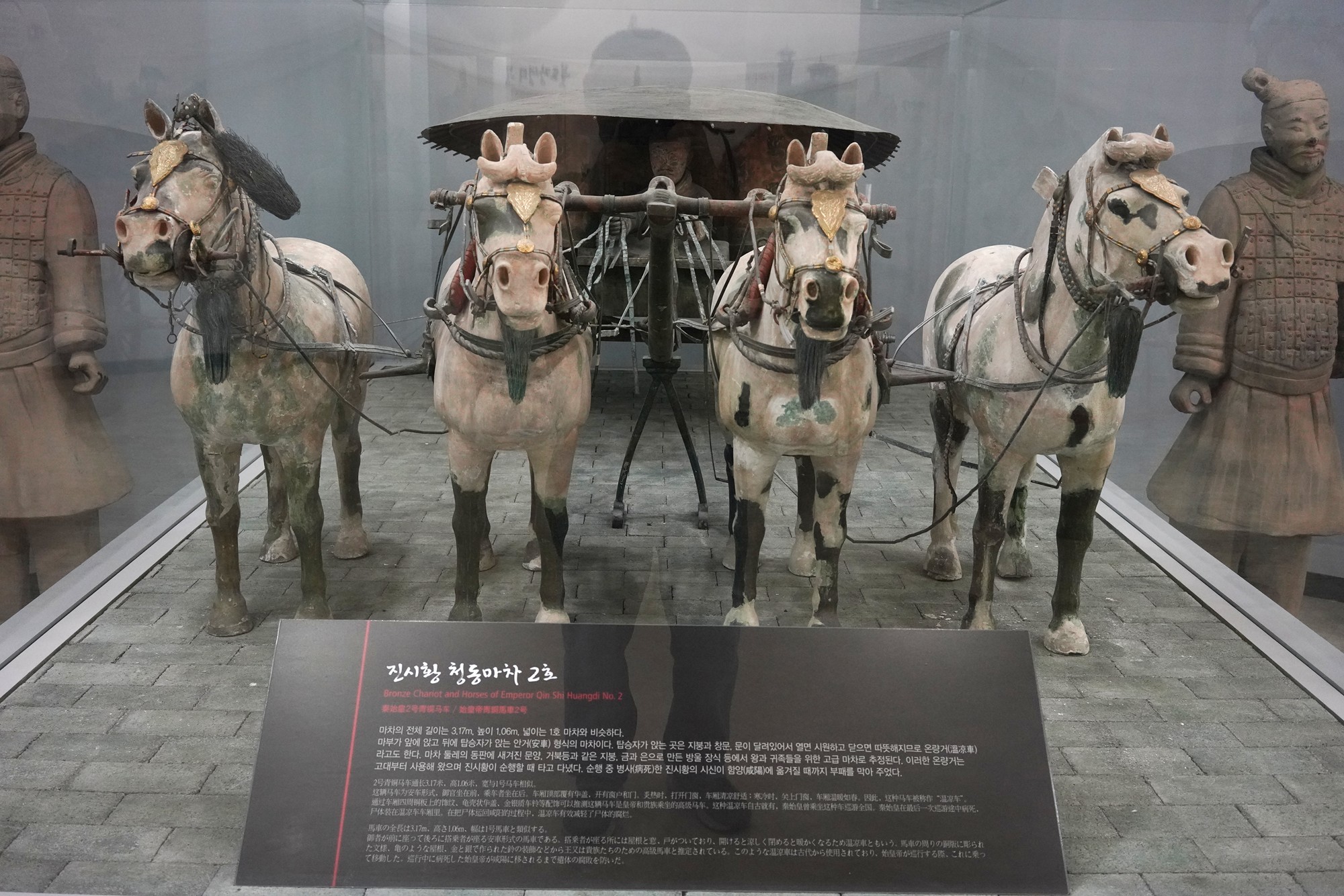
Qin Shi Huang was the founder of the Qin dynasty and the first emperor of a unified China from 247 to 221 BCE.
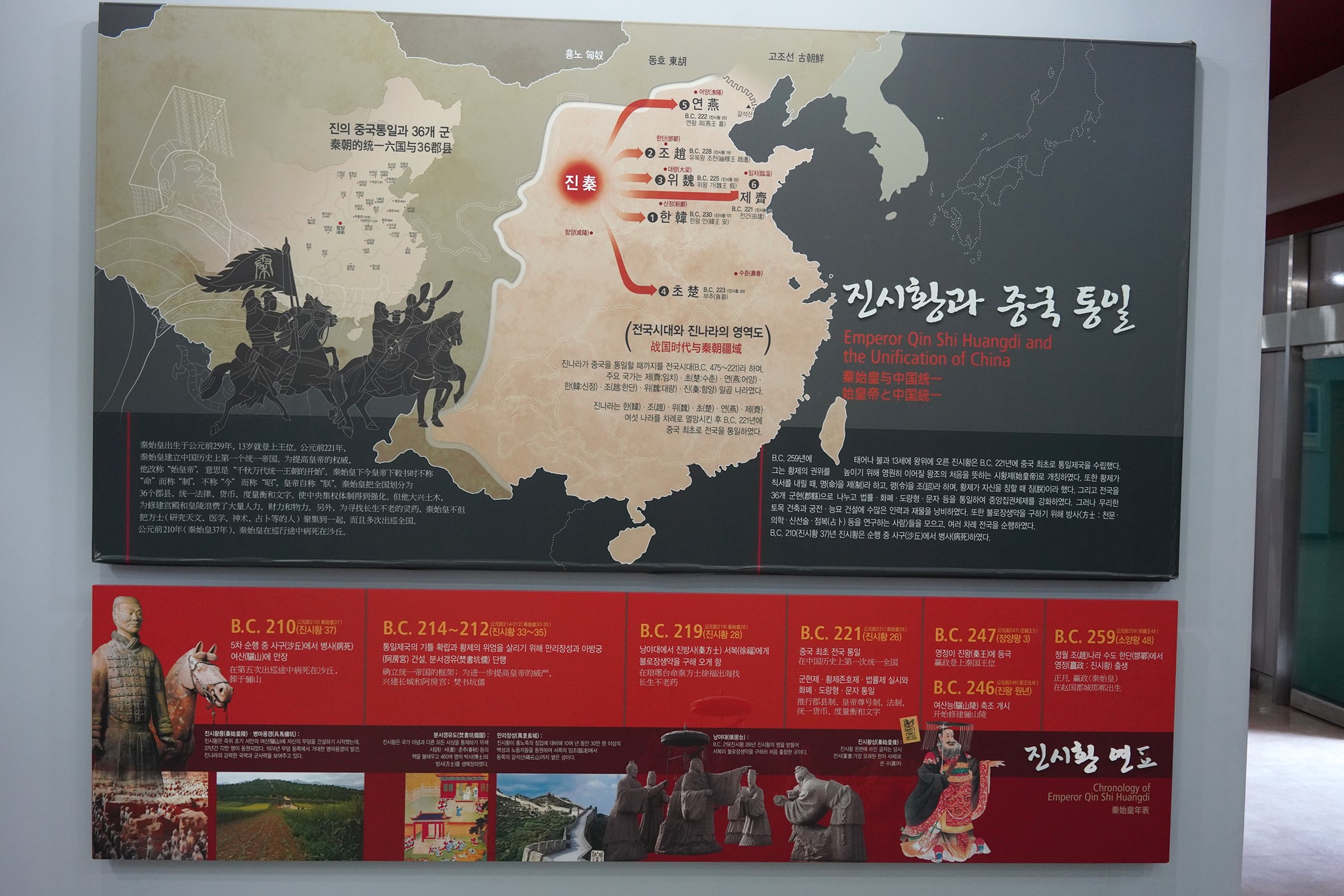
Qin Shi Huang wanted to live forever, so he searched for an elixir to give him everlasting life. This is history, not a myth.
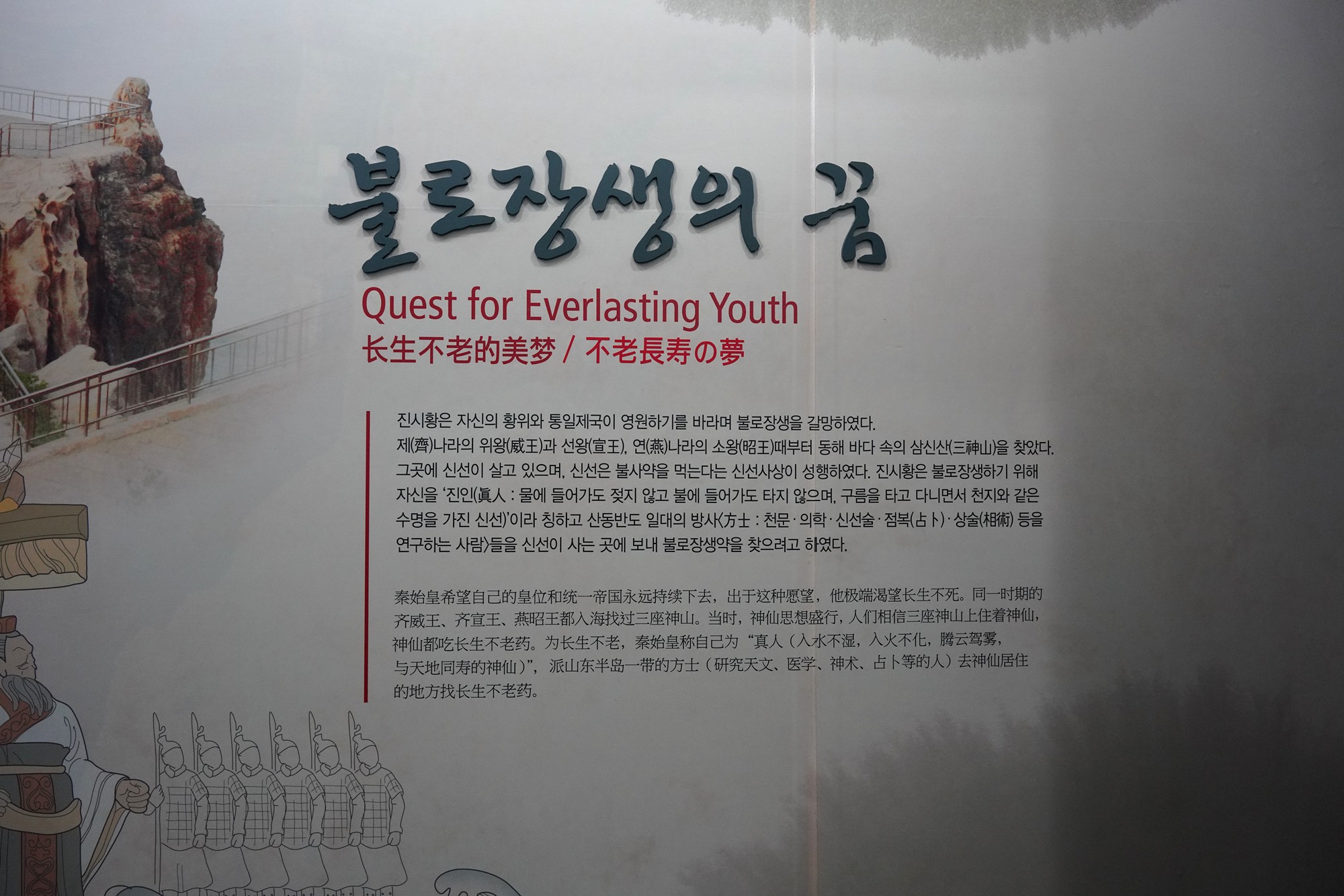
Xu Fu convinced the emperor that he could find the elixir, and he got permission to go search for it with 3000 helpers.
This is Xu Fu’s letter to the emperor that he could find it.
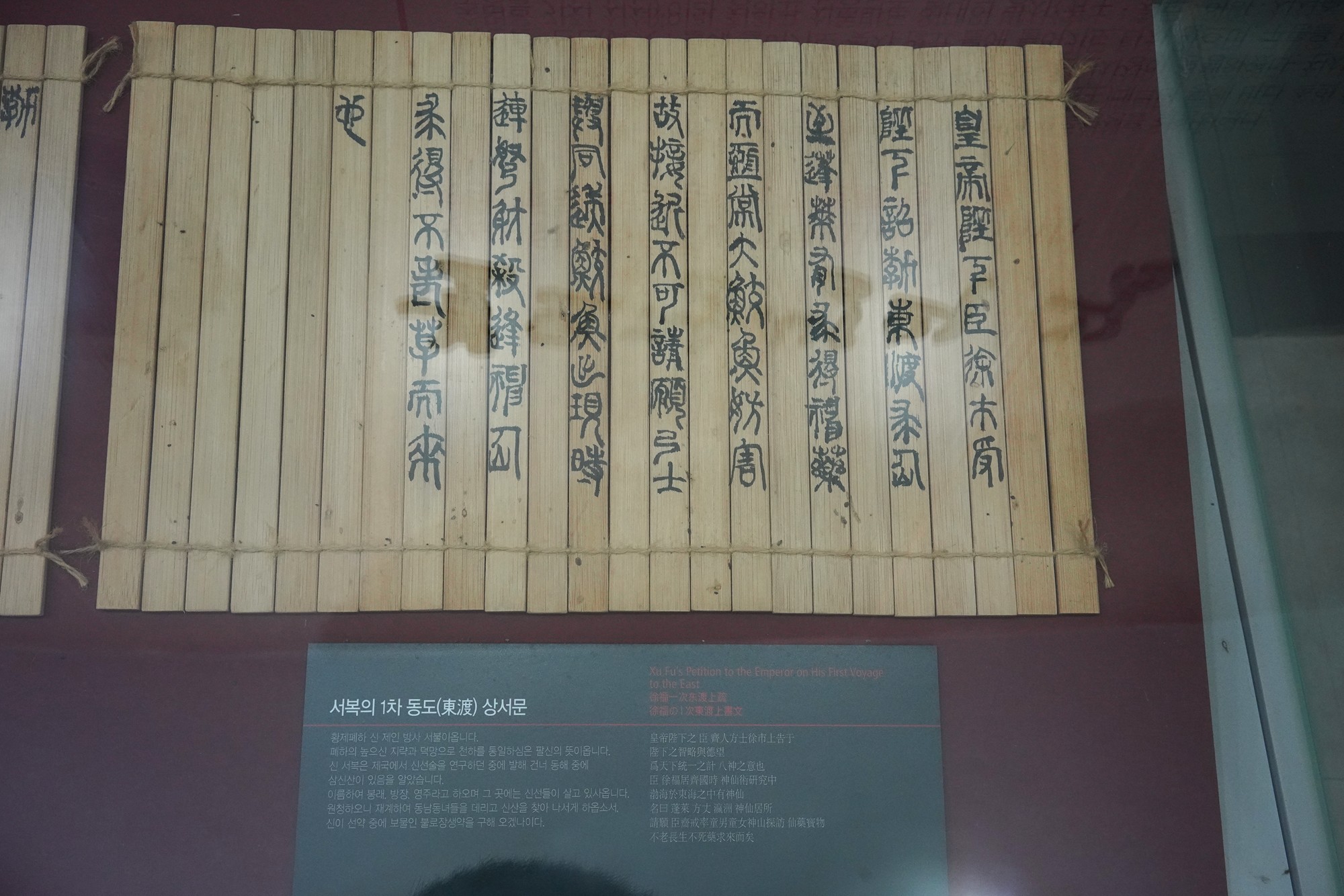
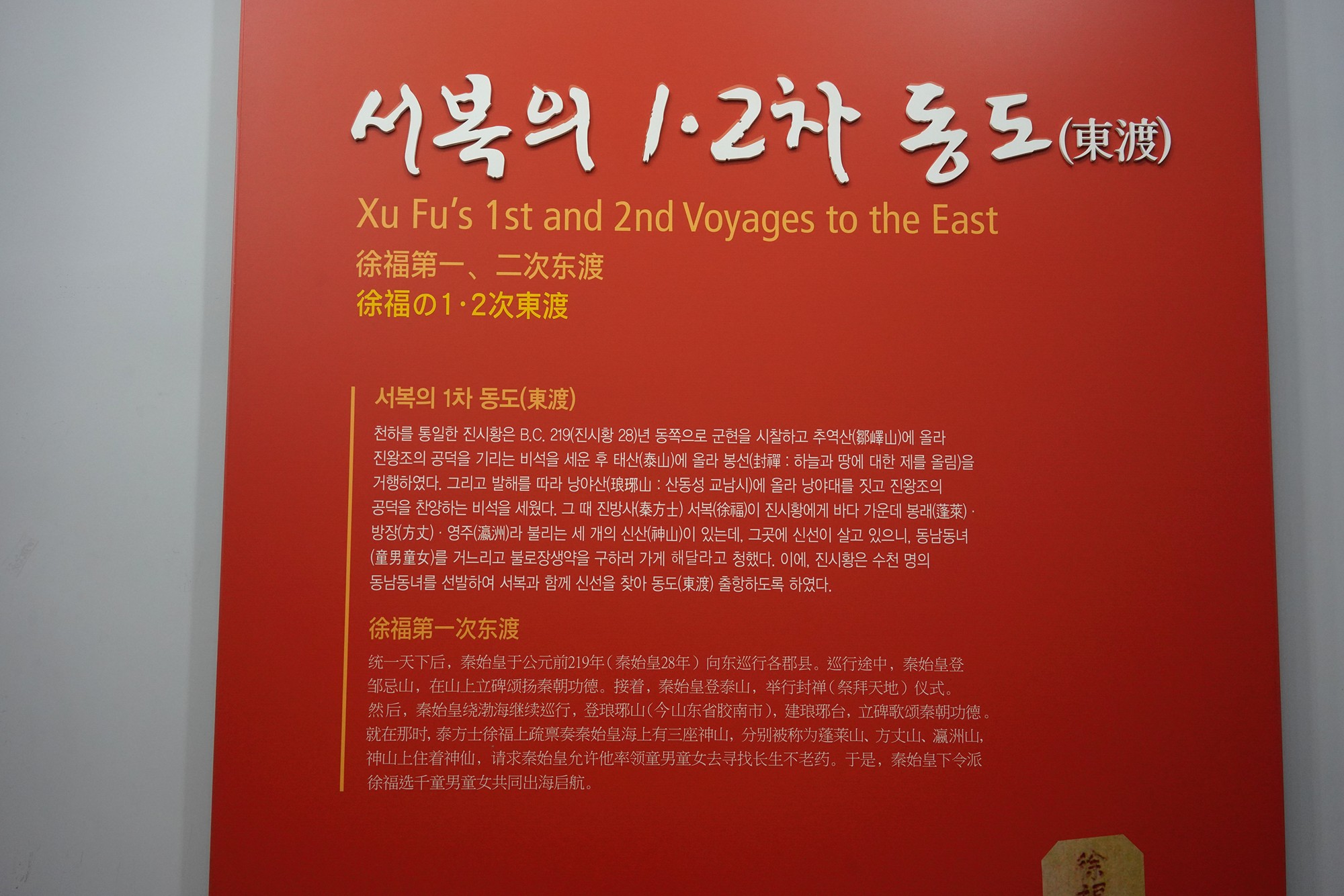
The path of his journey. It was about 2000 years ago.
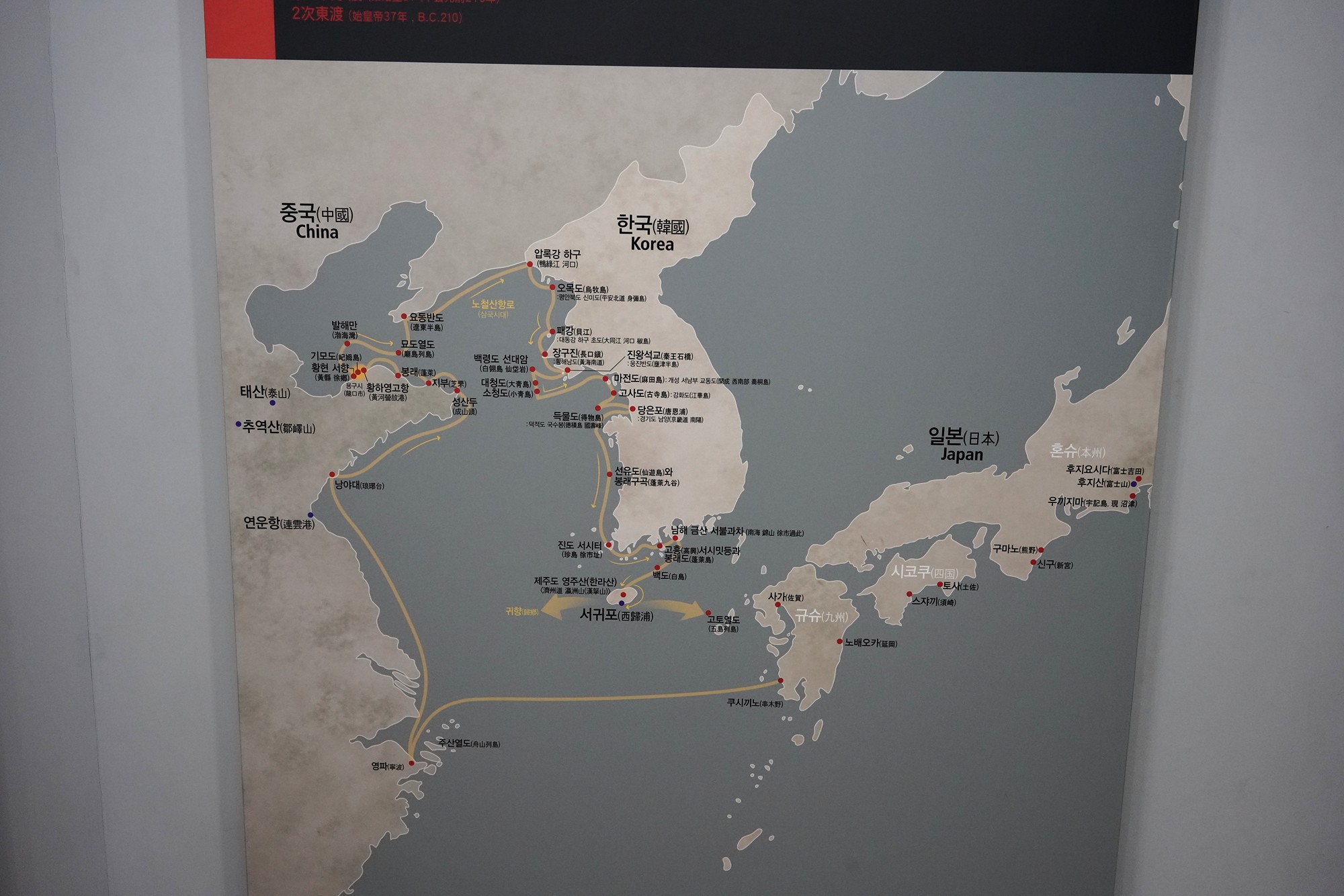
Once the journey reached its end in Japan, Xu Fu chose to remain there, building a new life with those who had shared his travels.
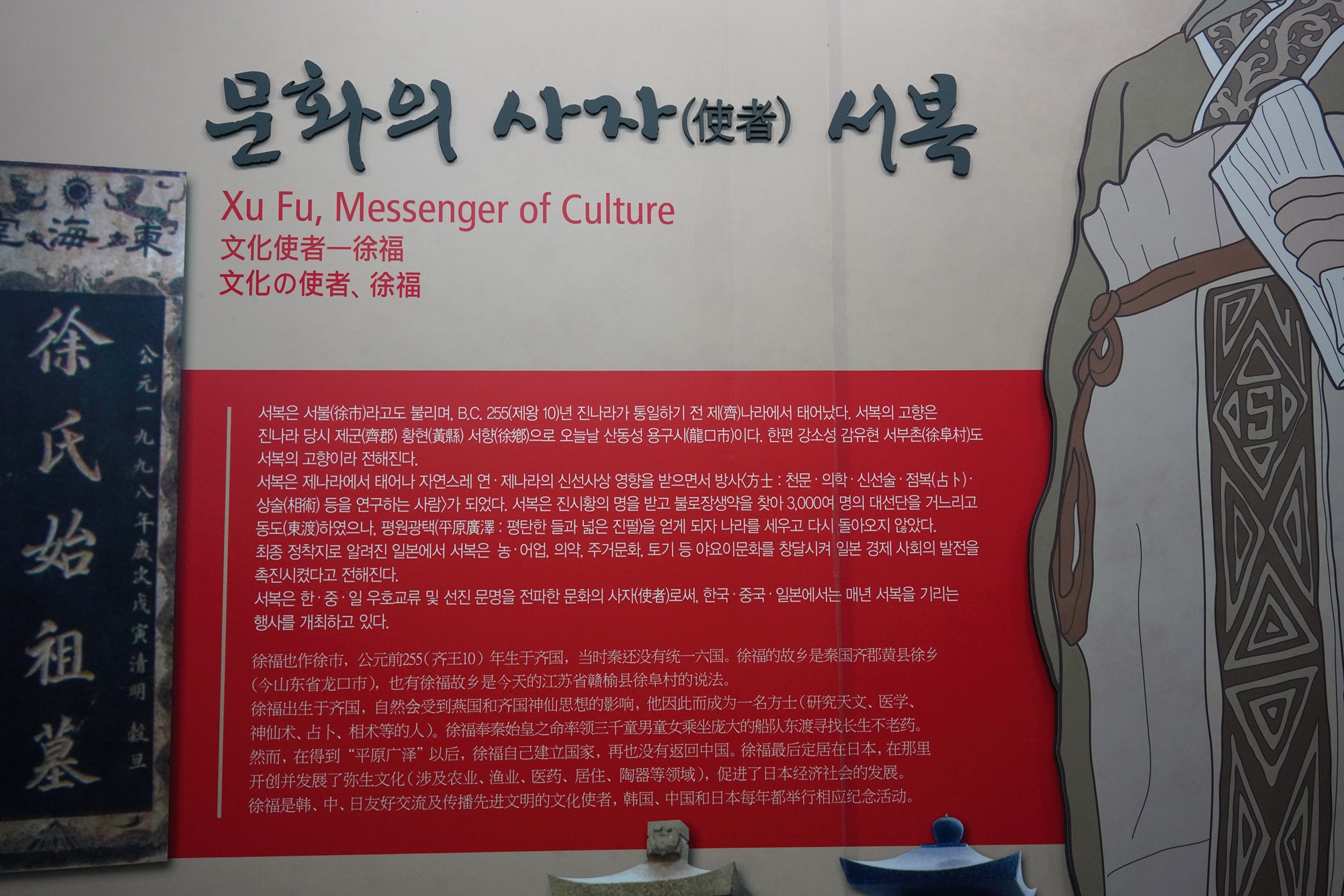
The idea of Elixir or Immortality seems to be dumb now, but Chinese people actually believed it at that time.
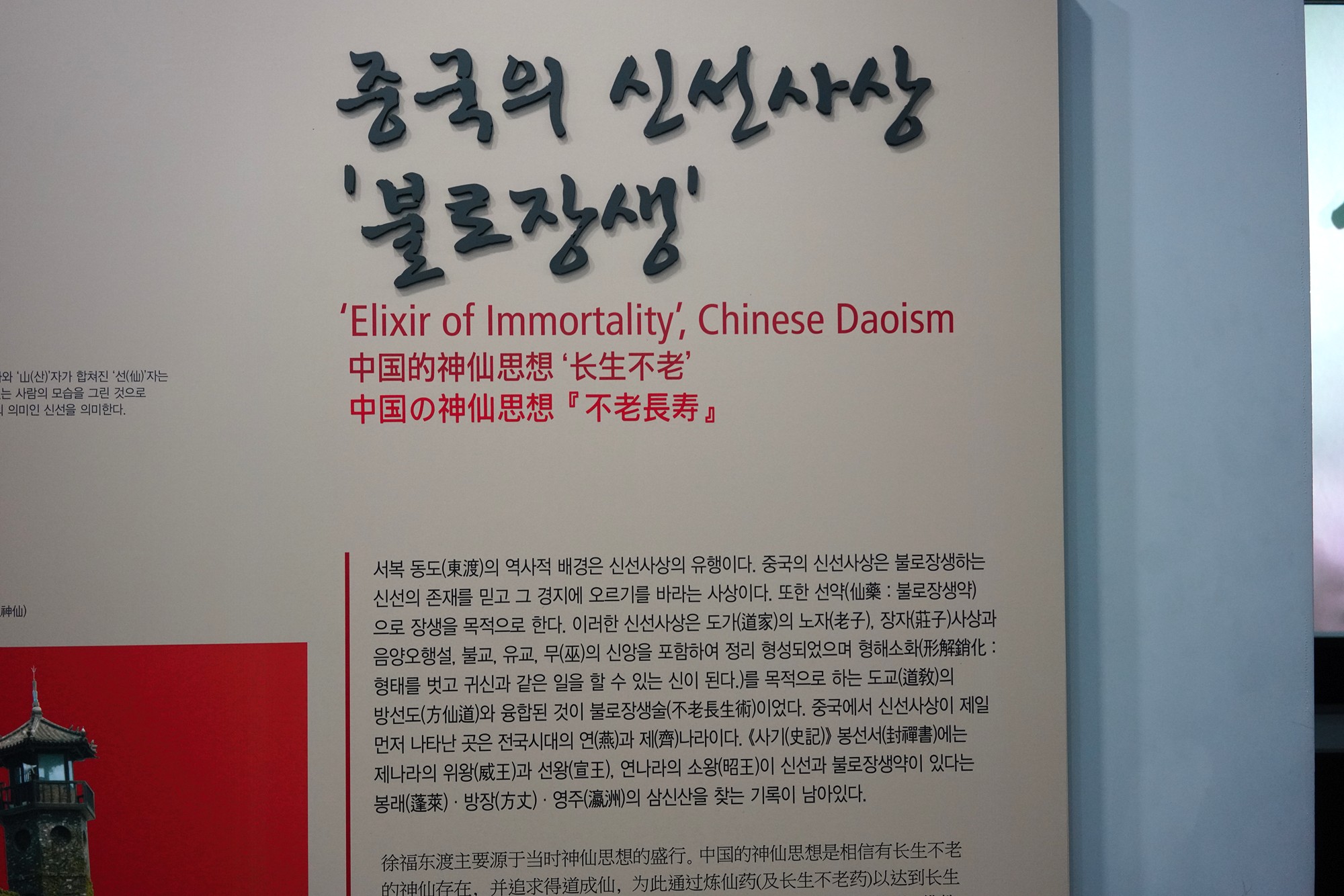
The Jeju city name Seogwipo came from Xu Fu’s writing on the rock in Seogwipo that he came here and returned.
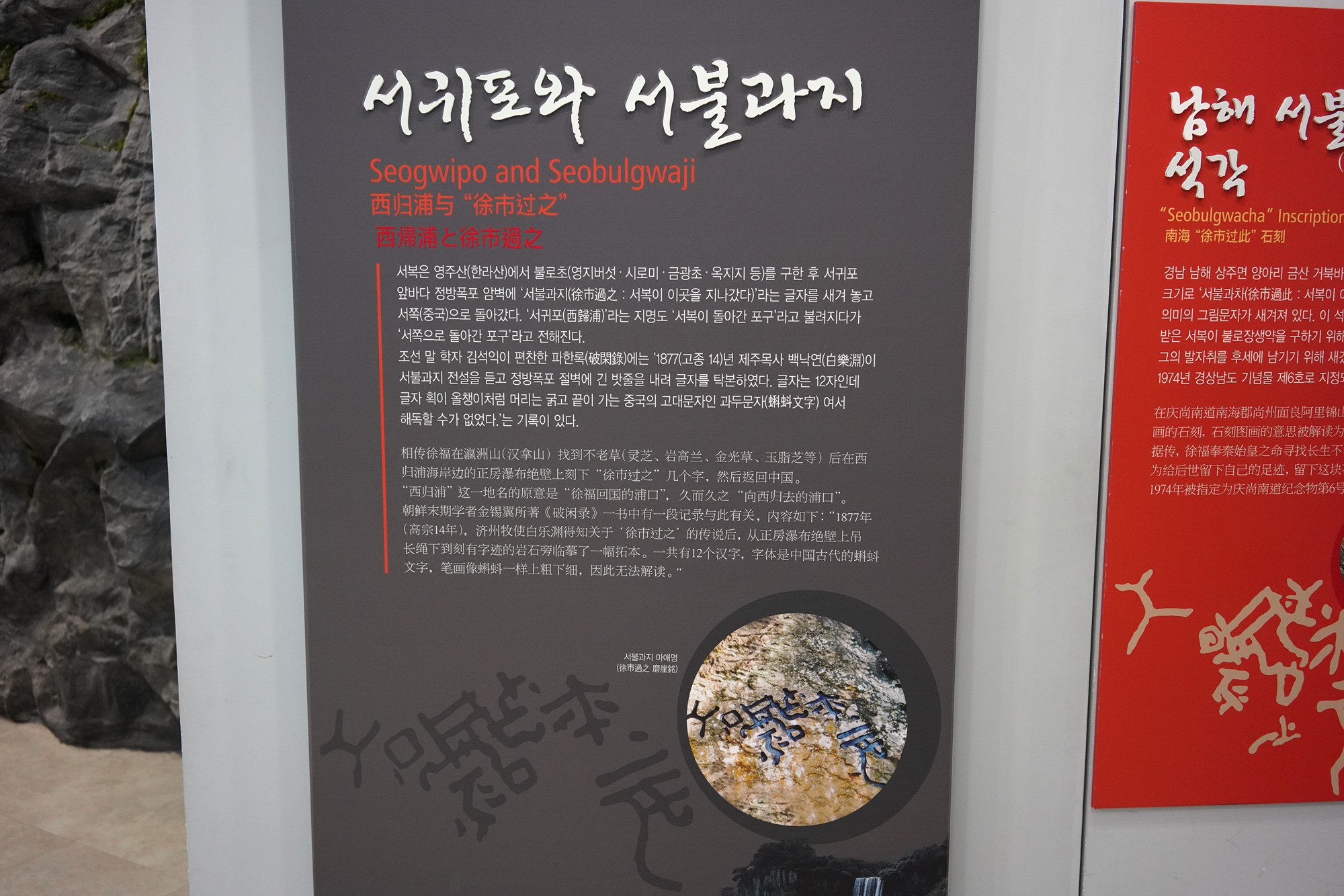
There is no elixir that will give everlasting life, but some natural products will make us healthy.
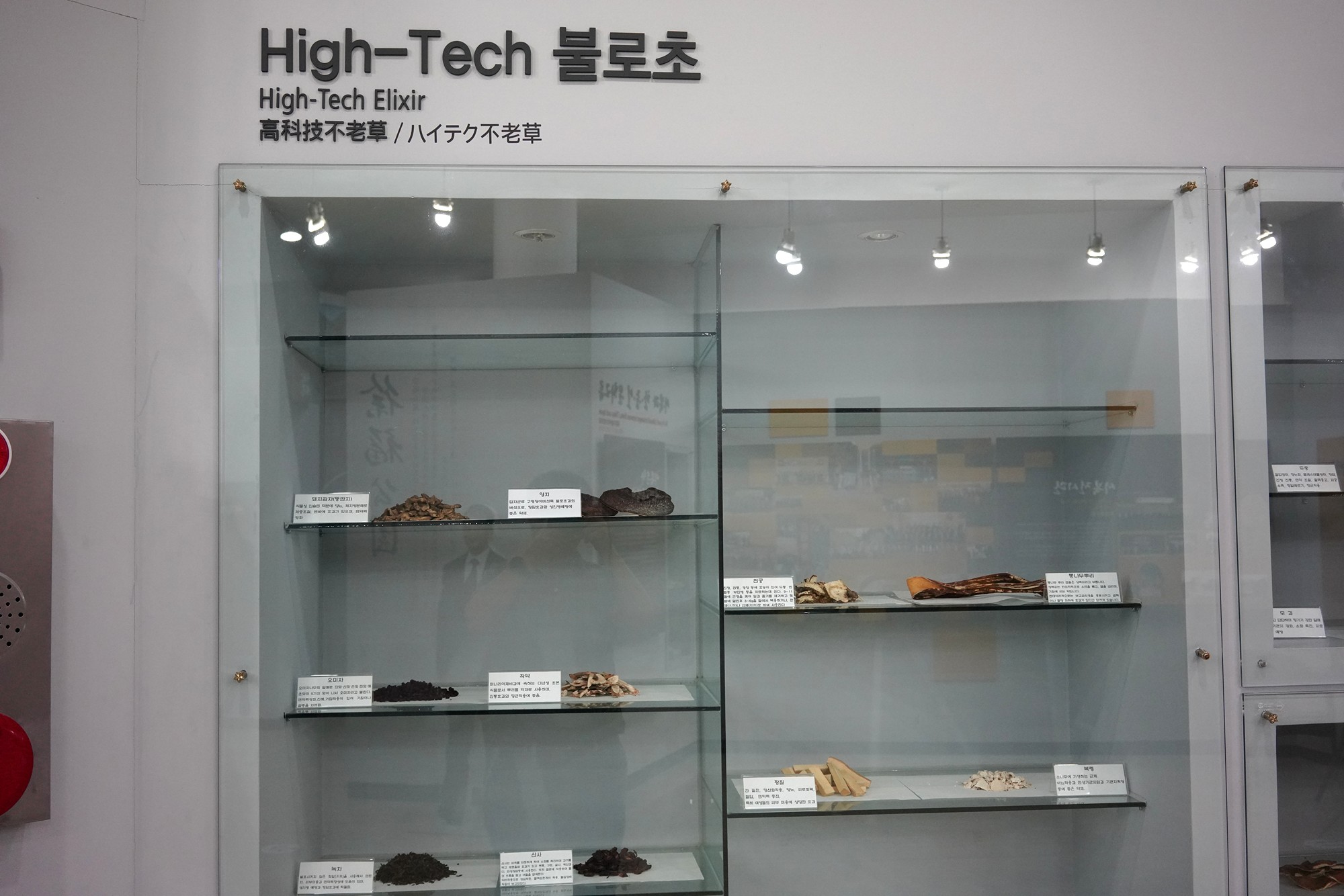
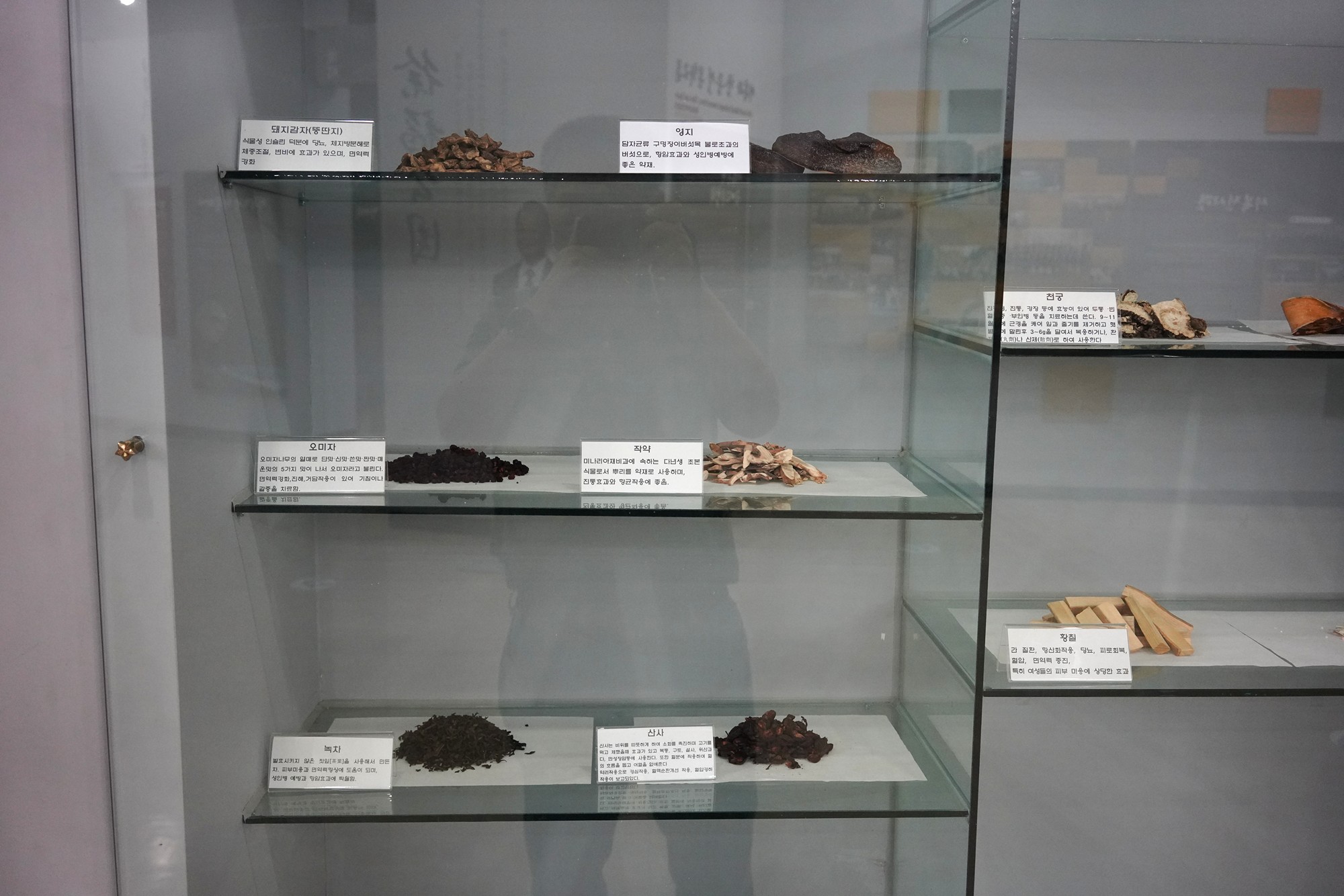
Next to see is Jeongbang Falls
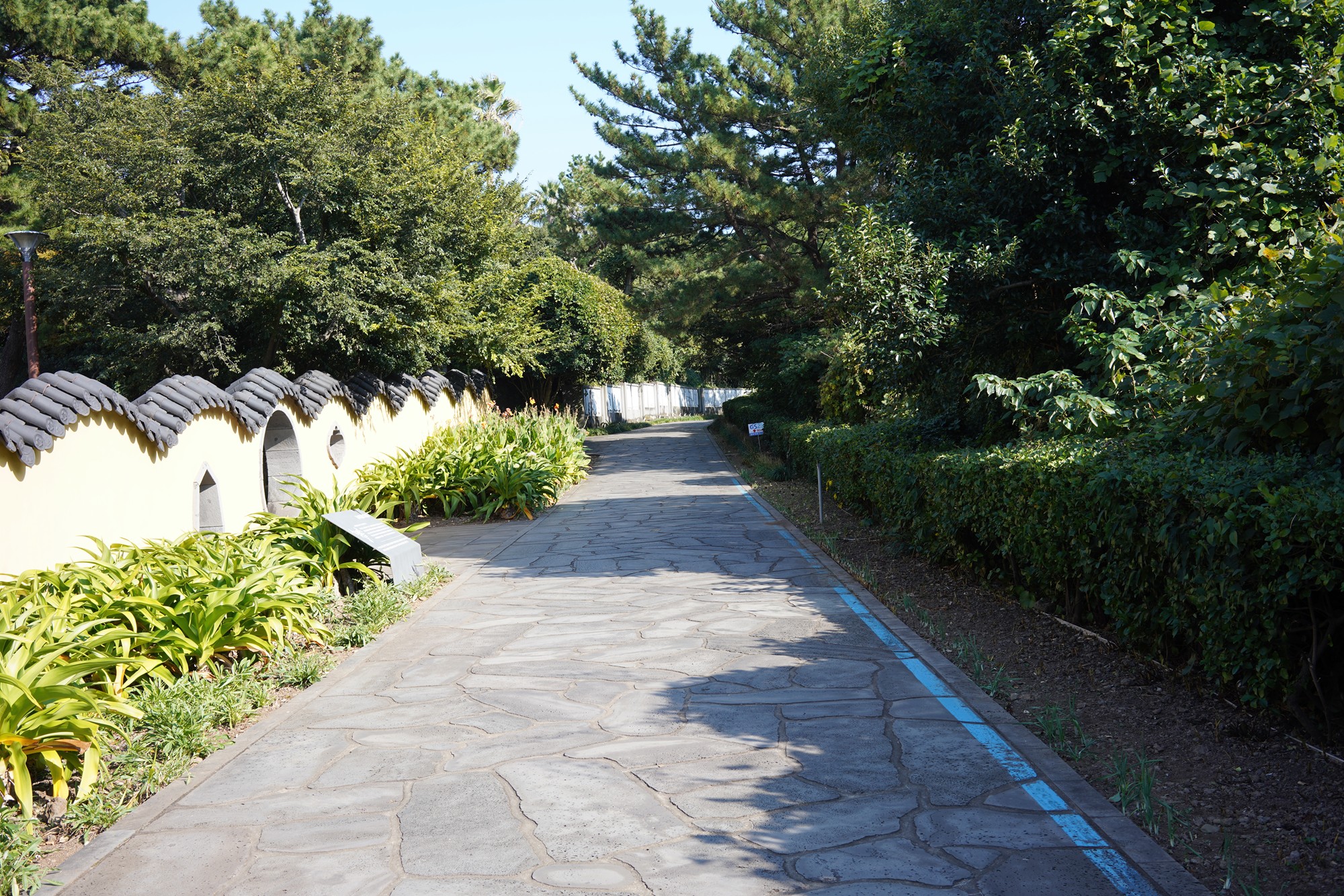
The Jeongbang Falls
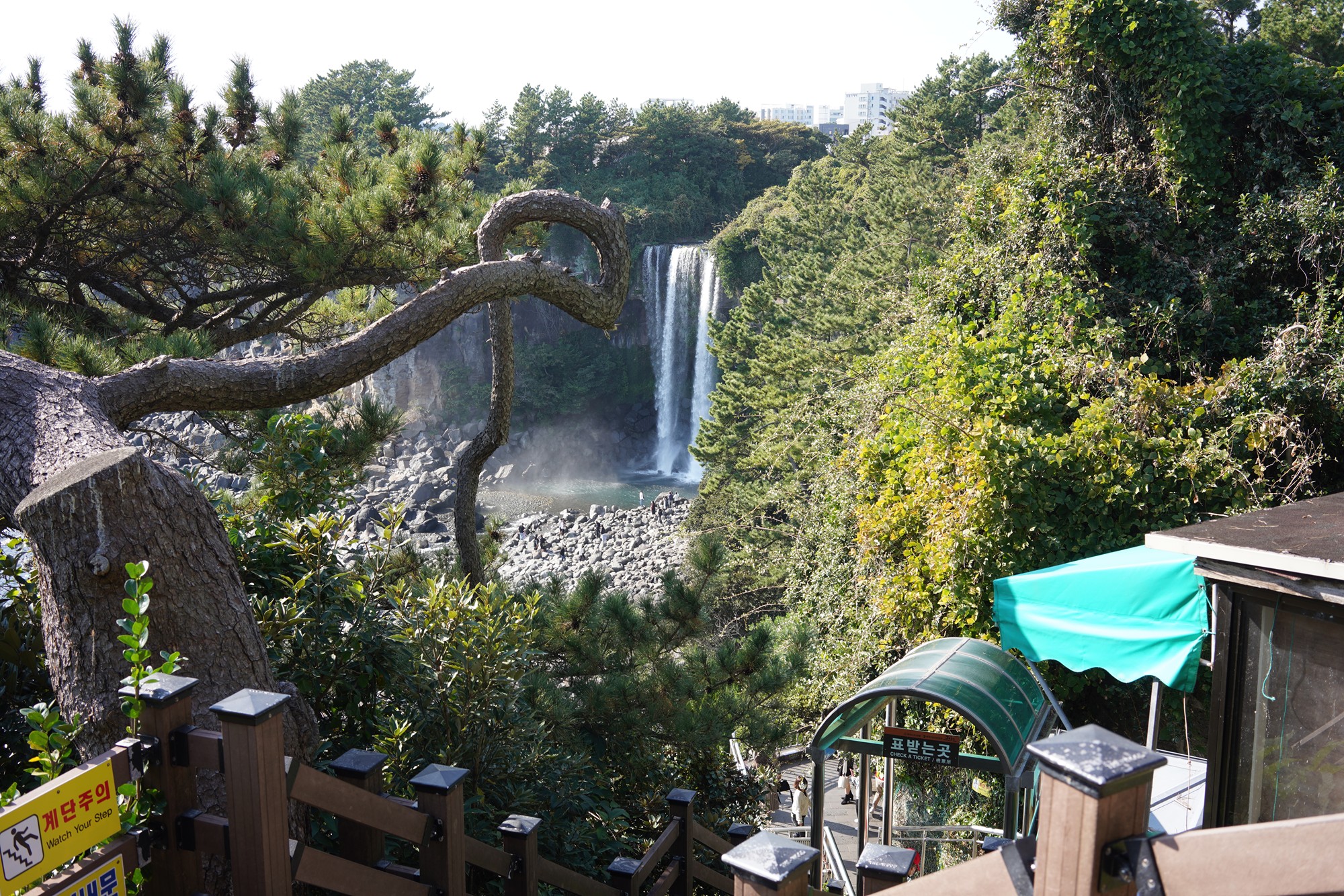
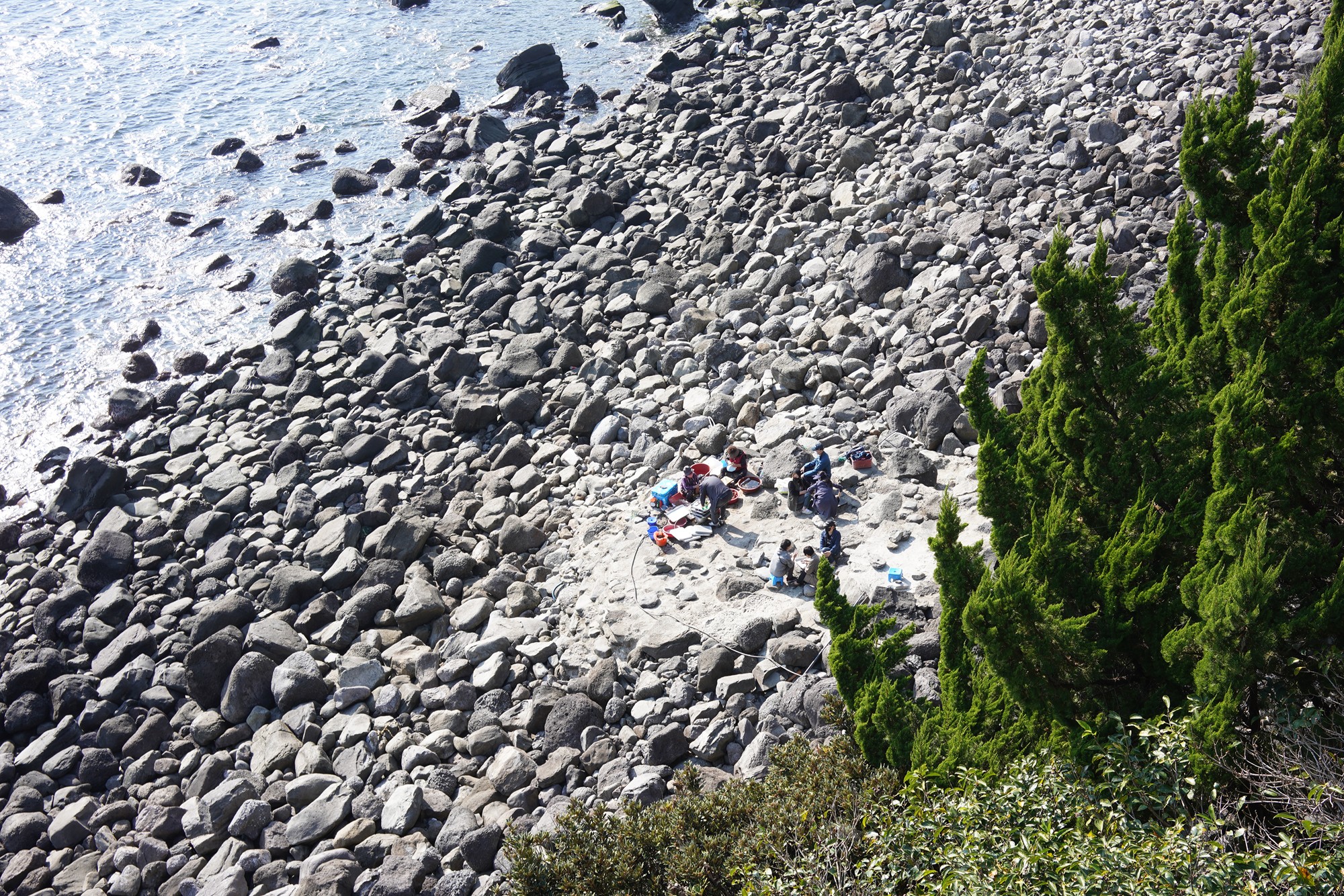
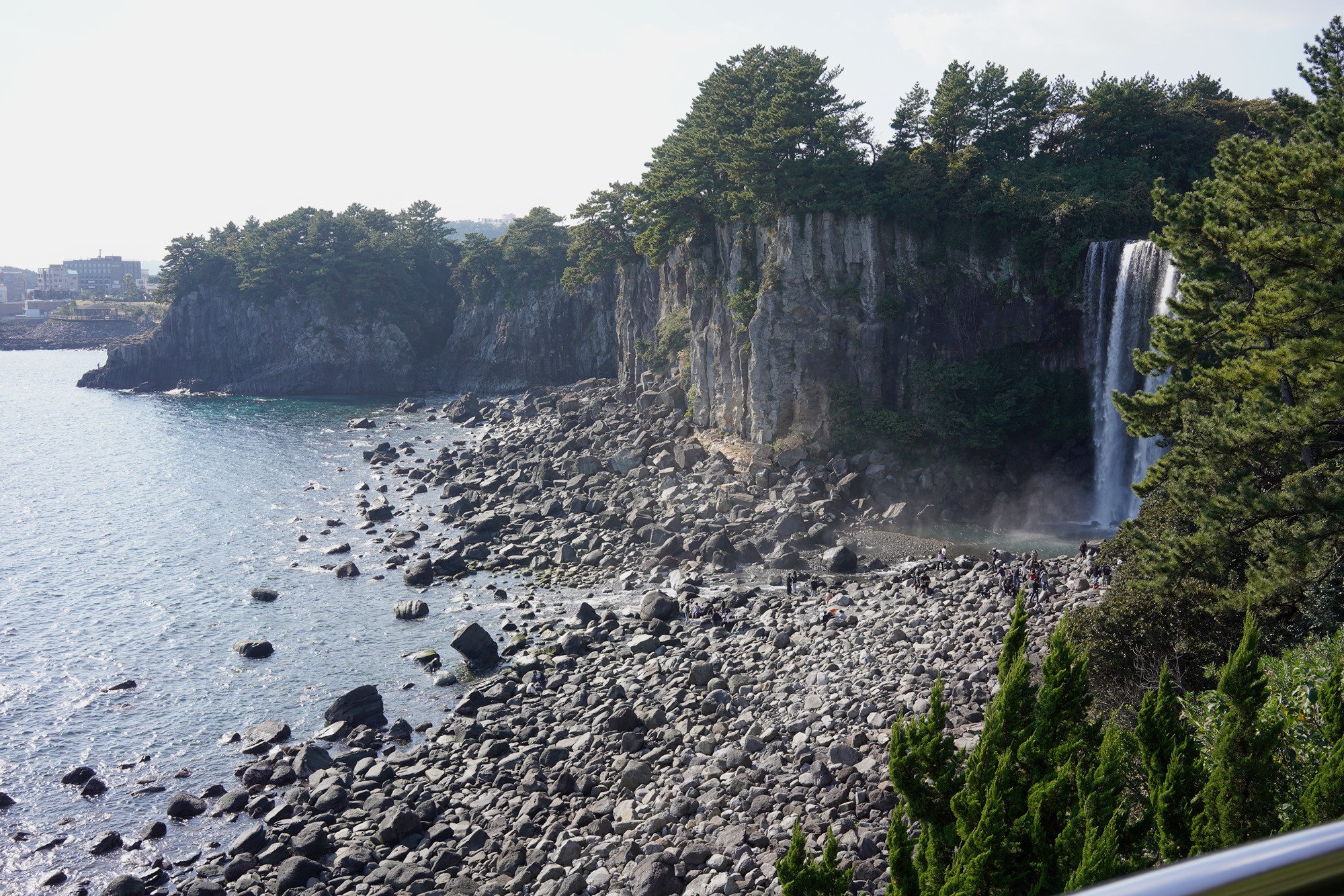
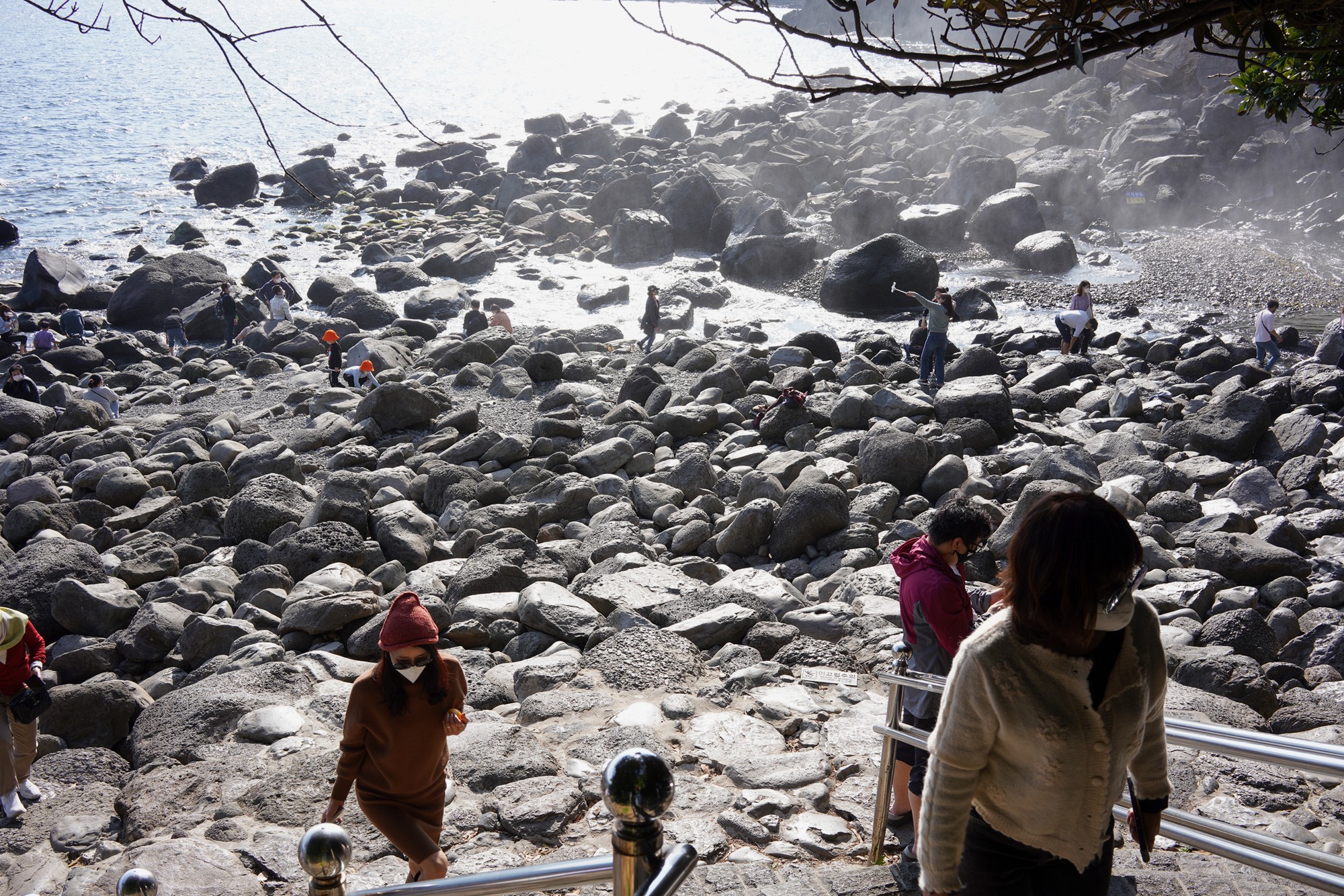
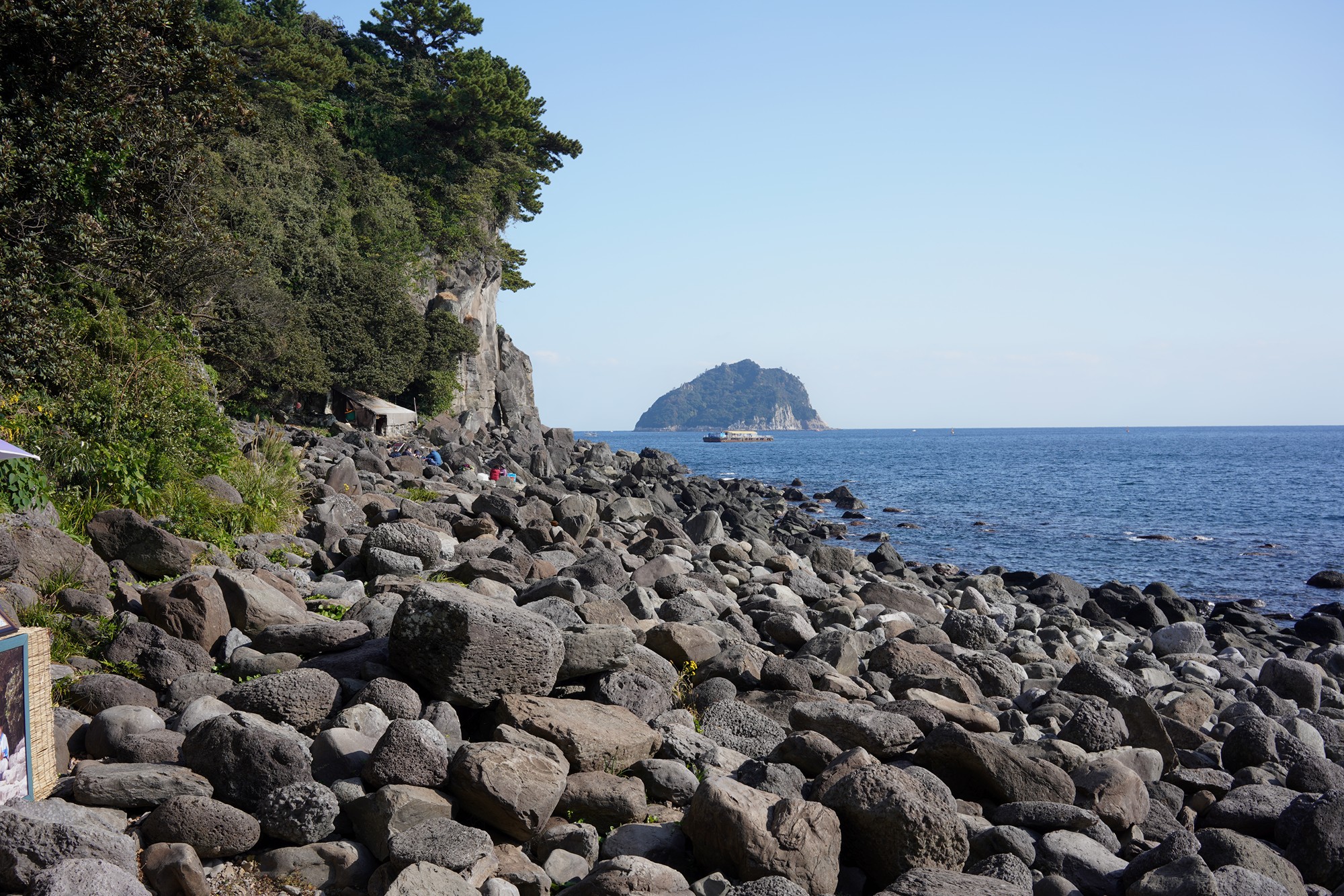
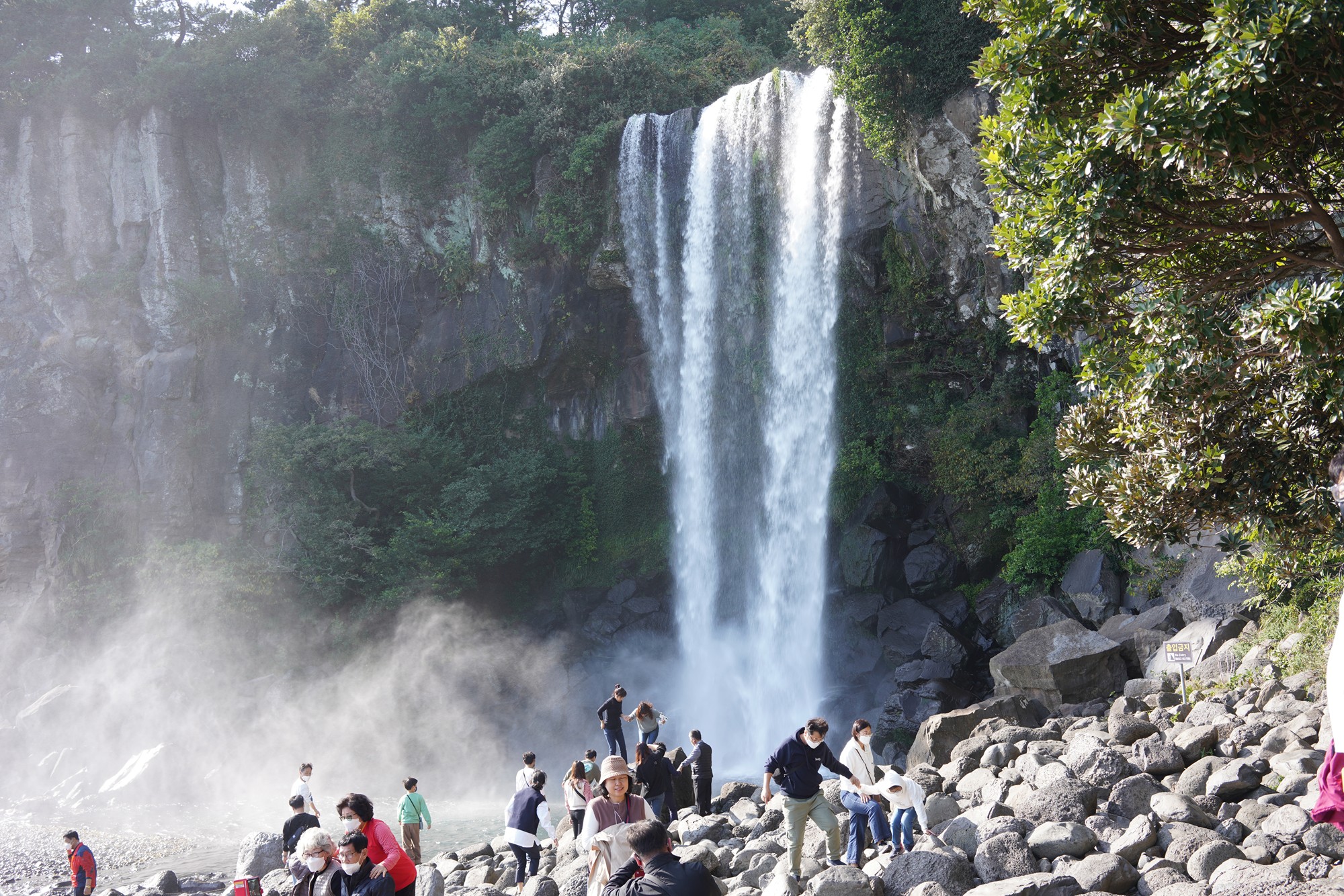
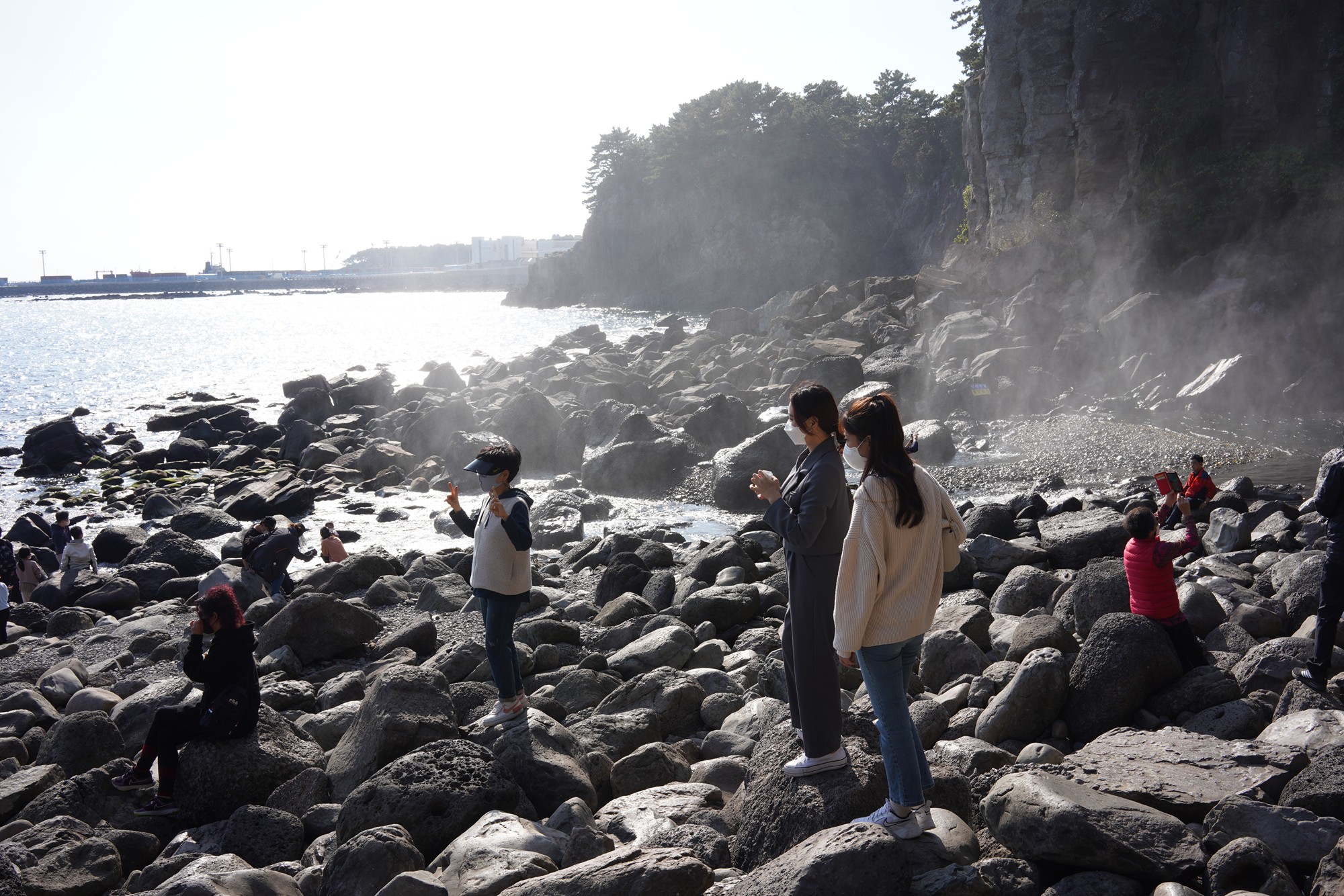
Done with the waterfall, next is Walong Art Museum
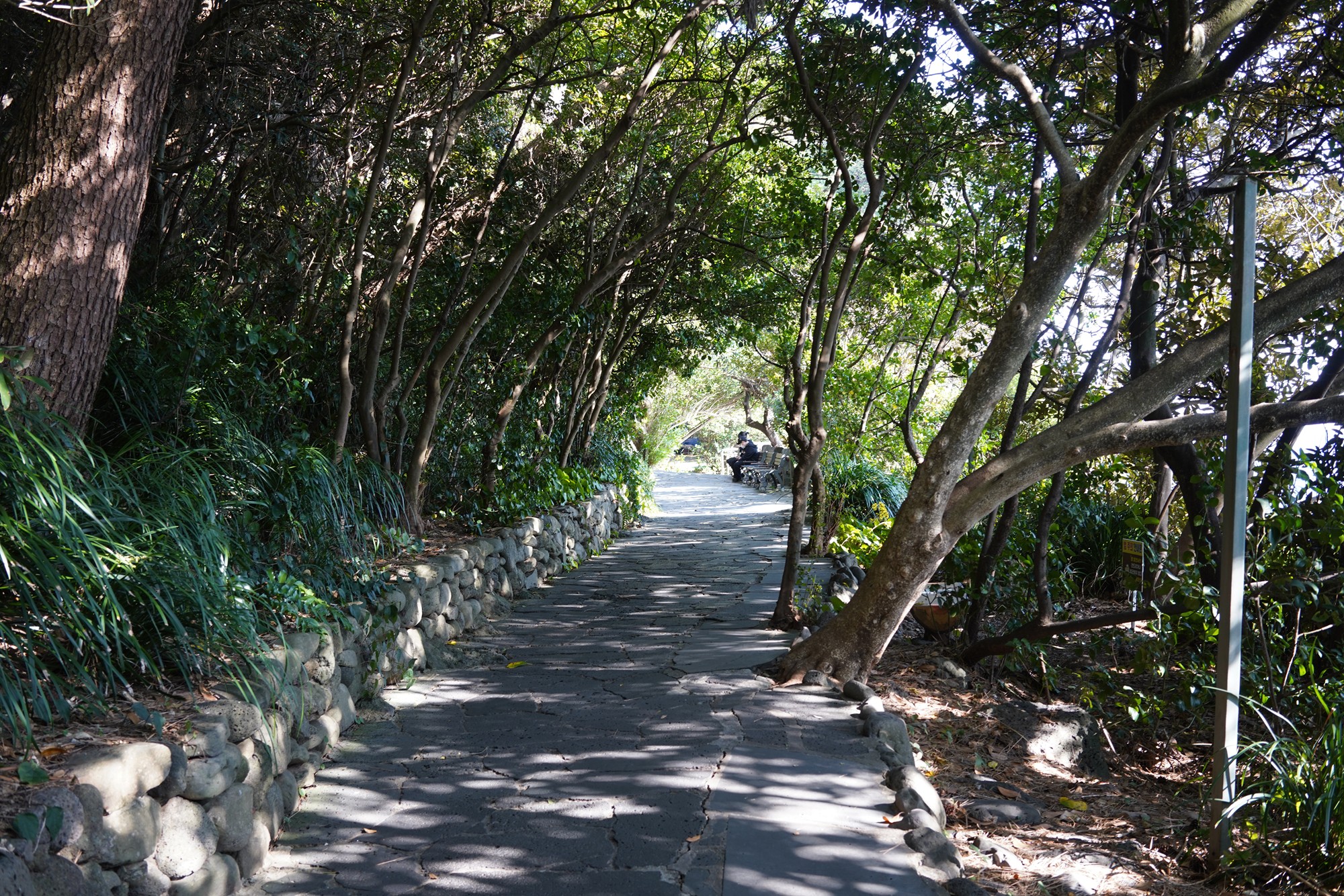
The museum houses a diverse collection of contemporary artwork from both Korean and international artists. You can expect to find paintings, sculptures, installations, and more.
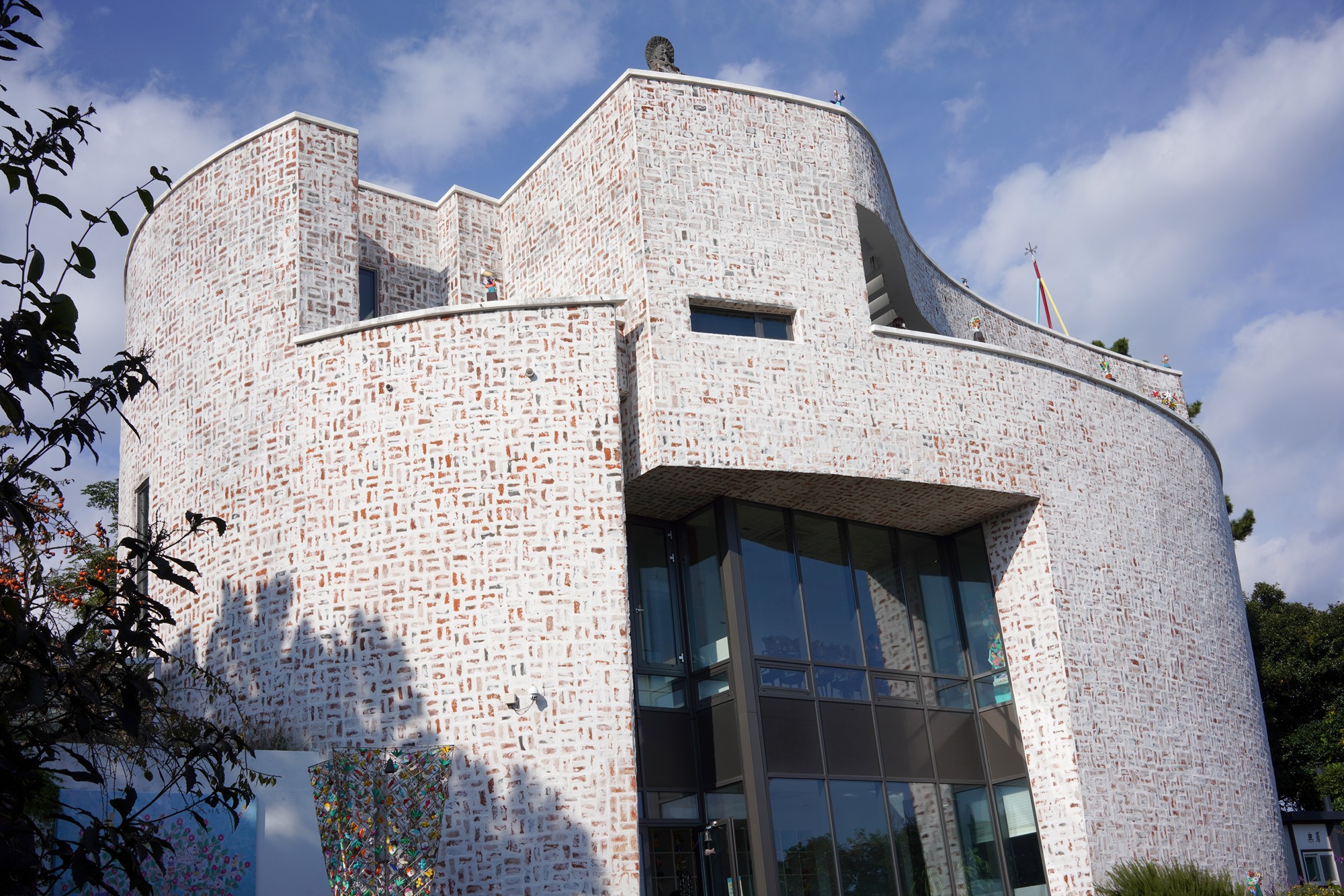
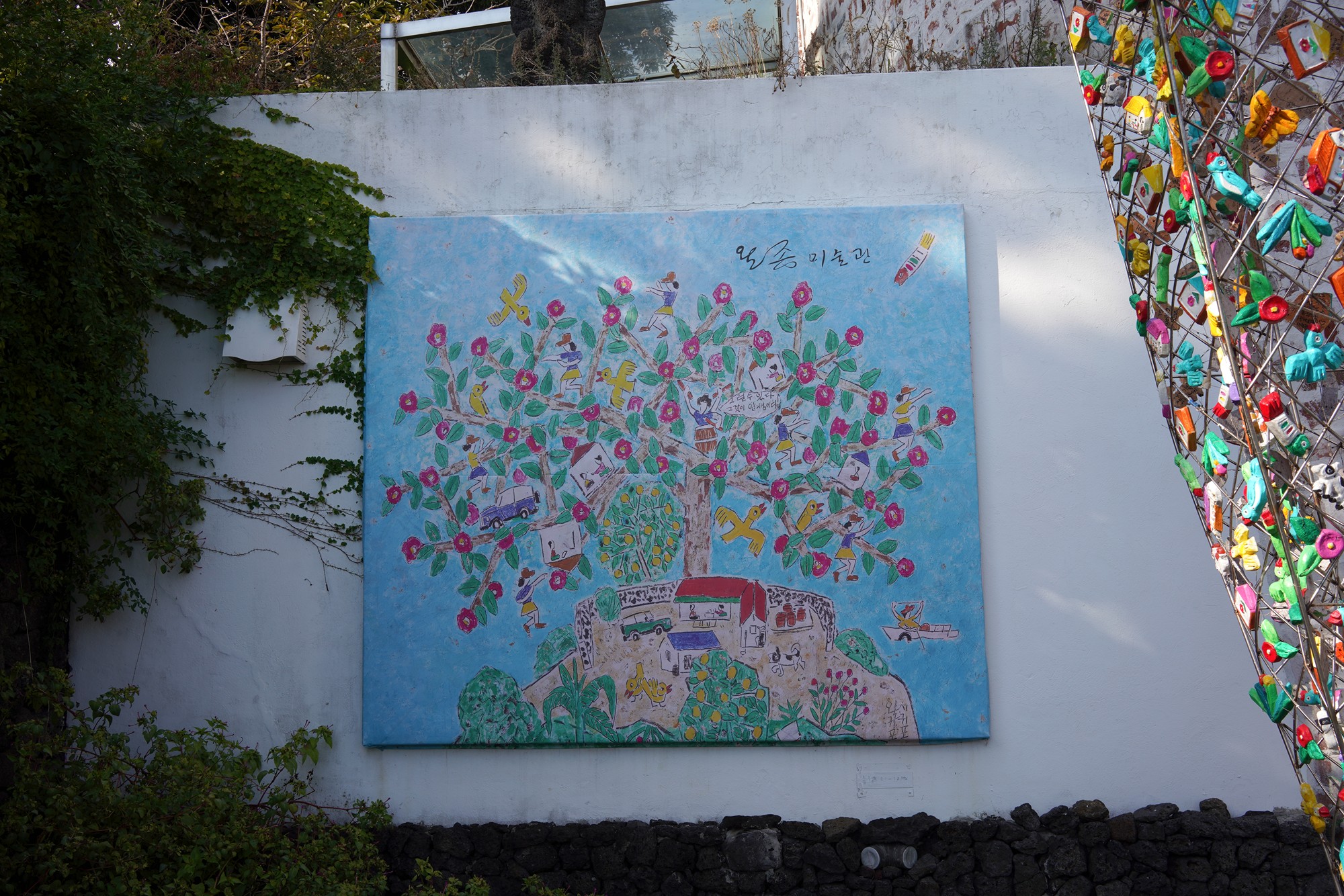
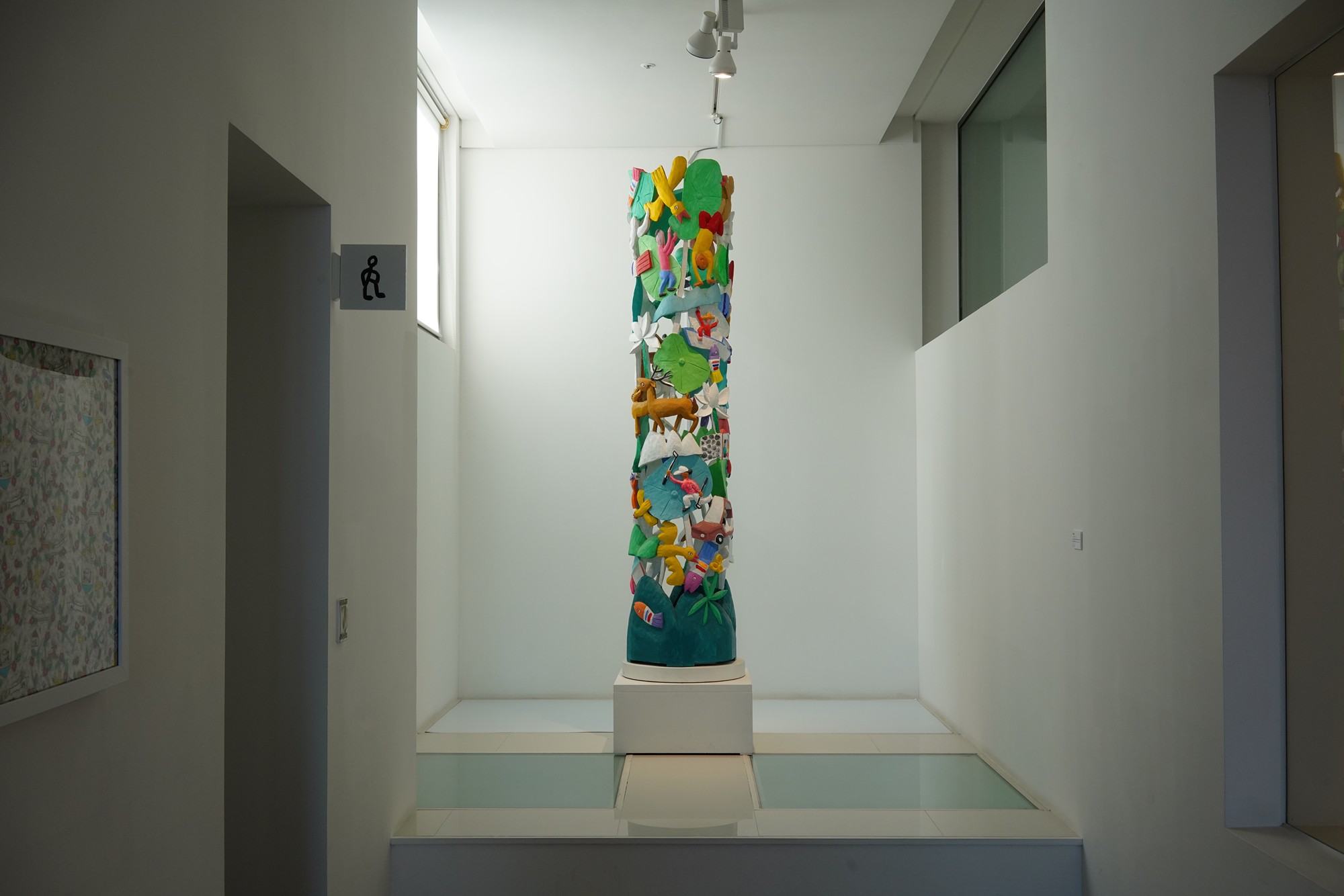
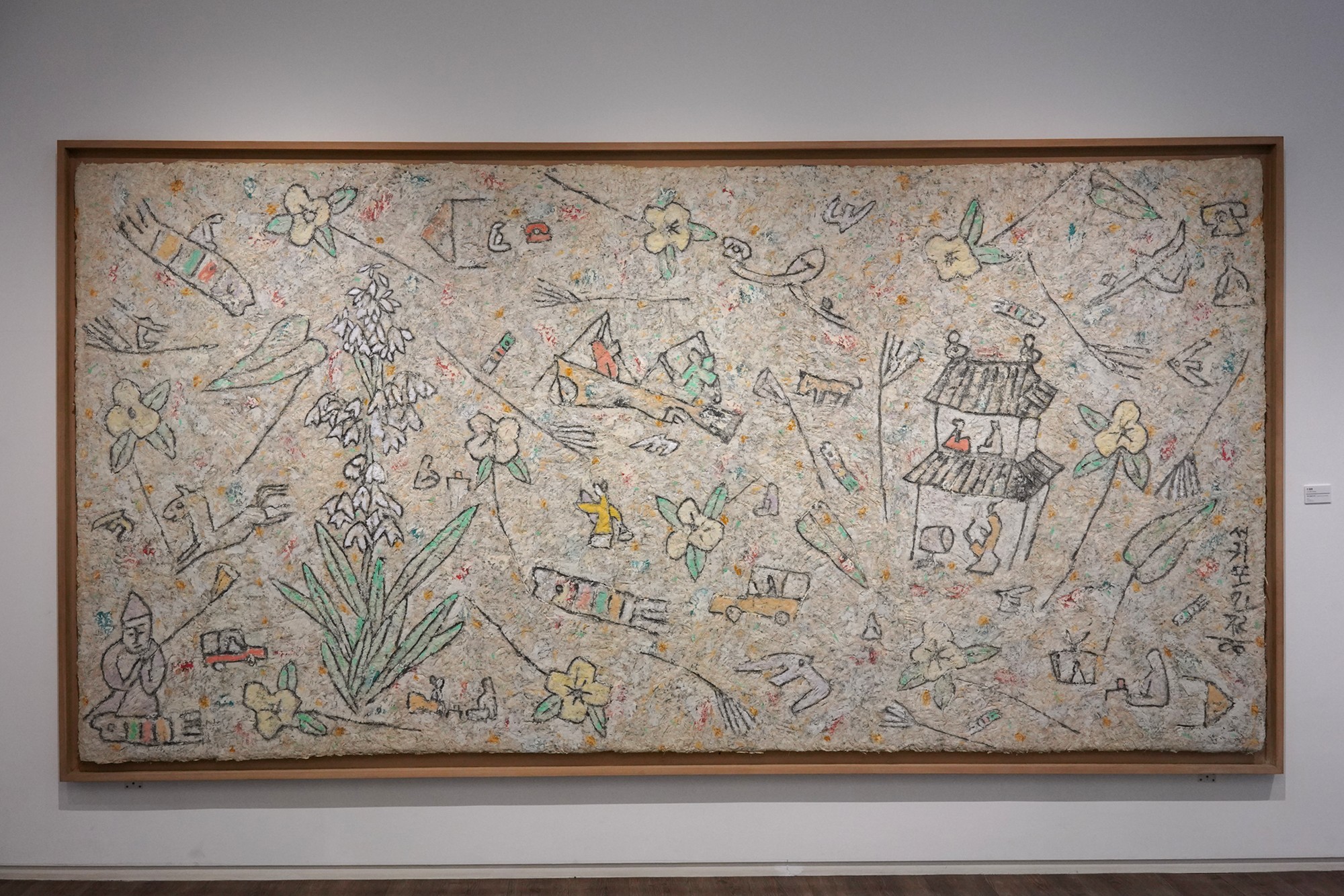
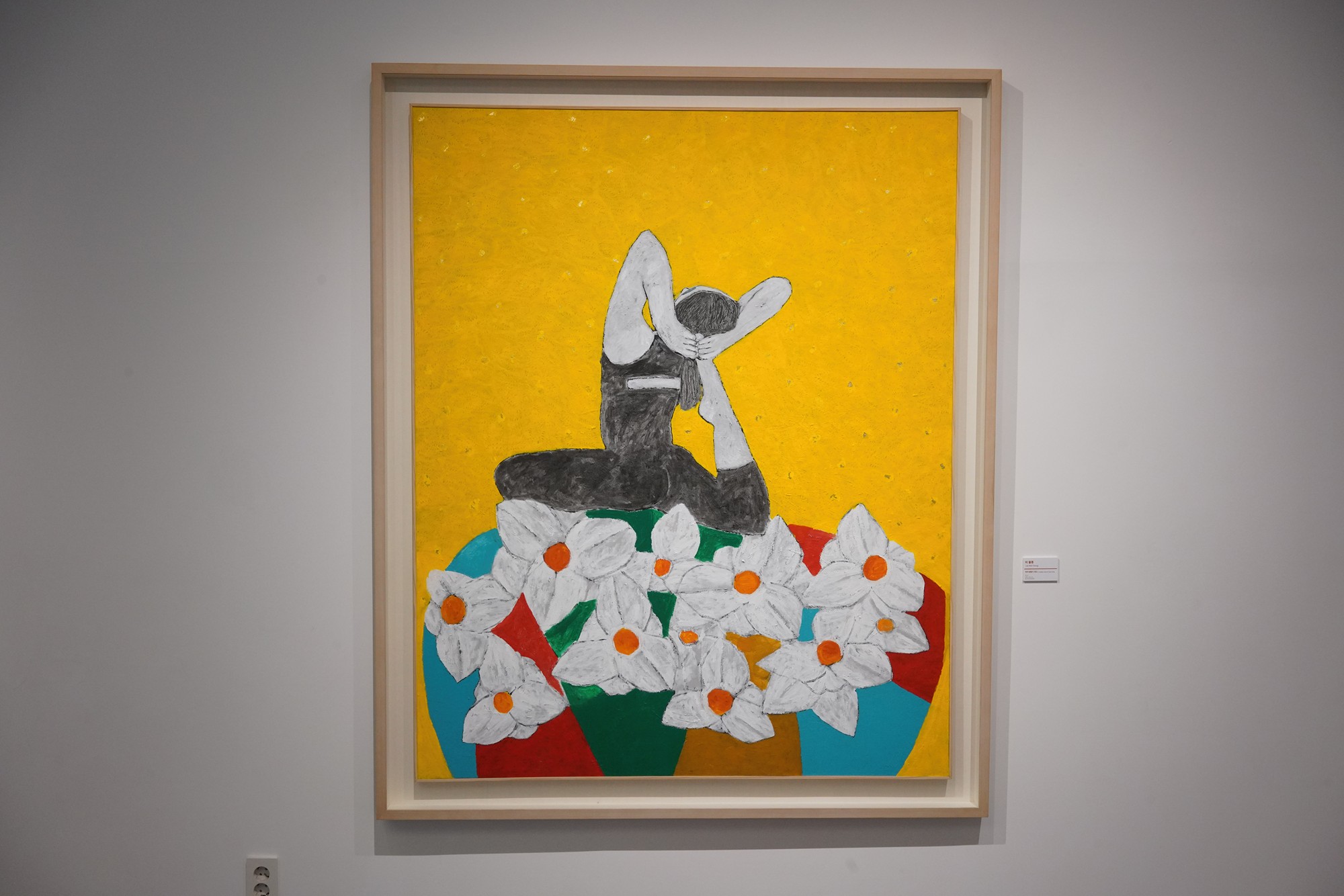
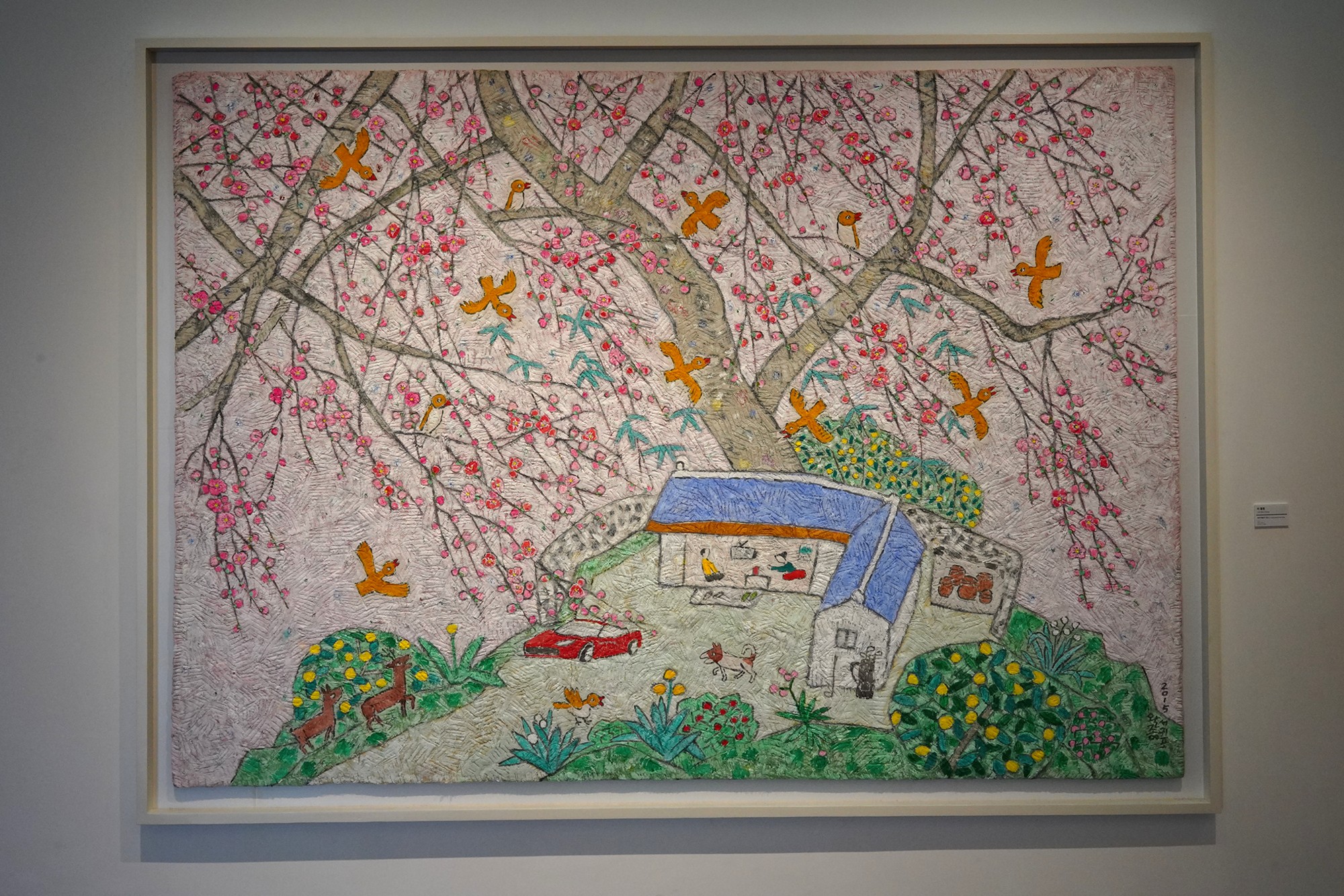
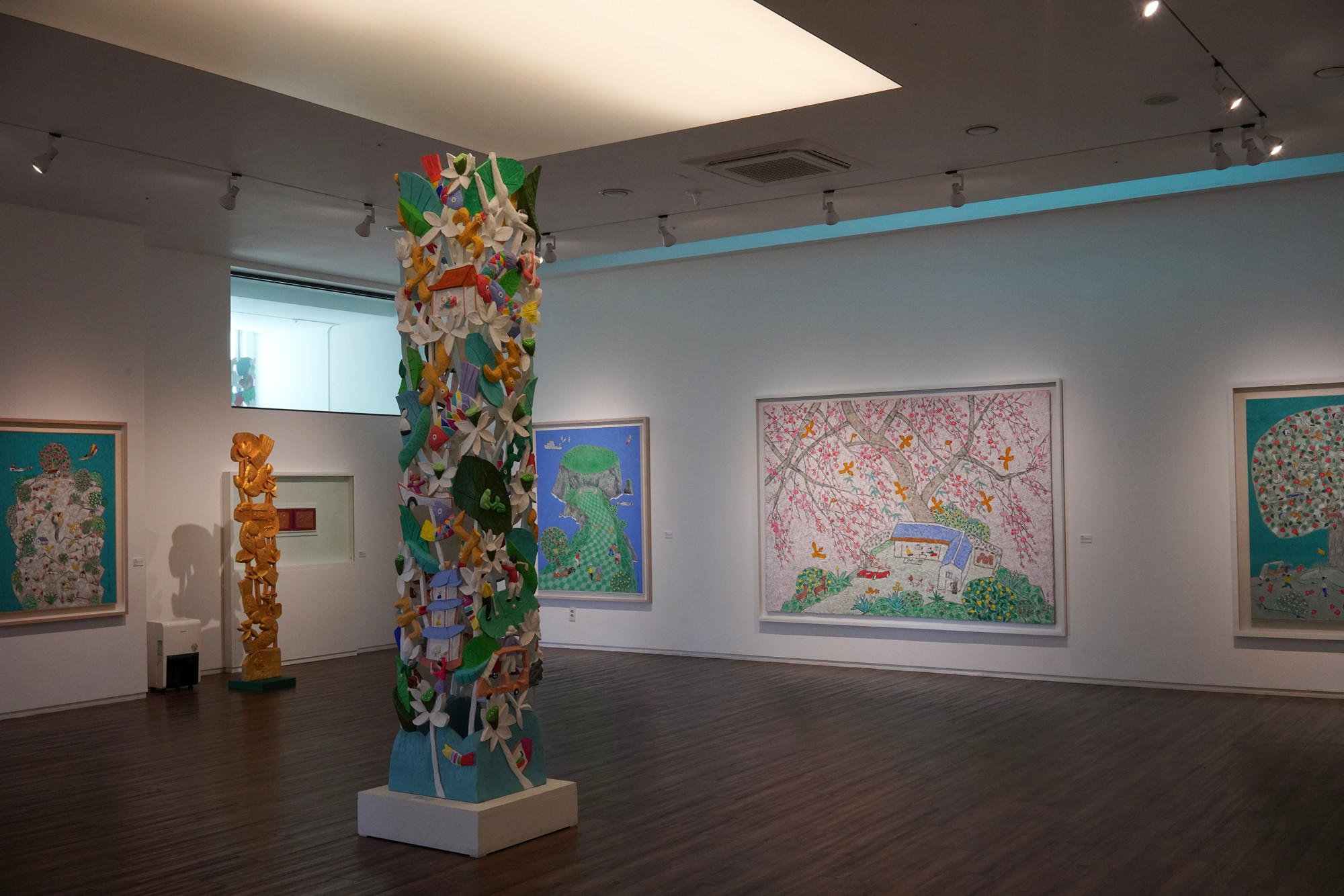
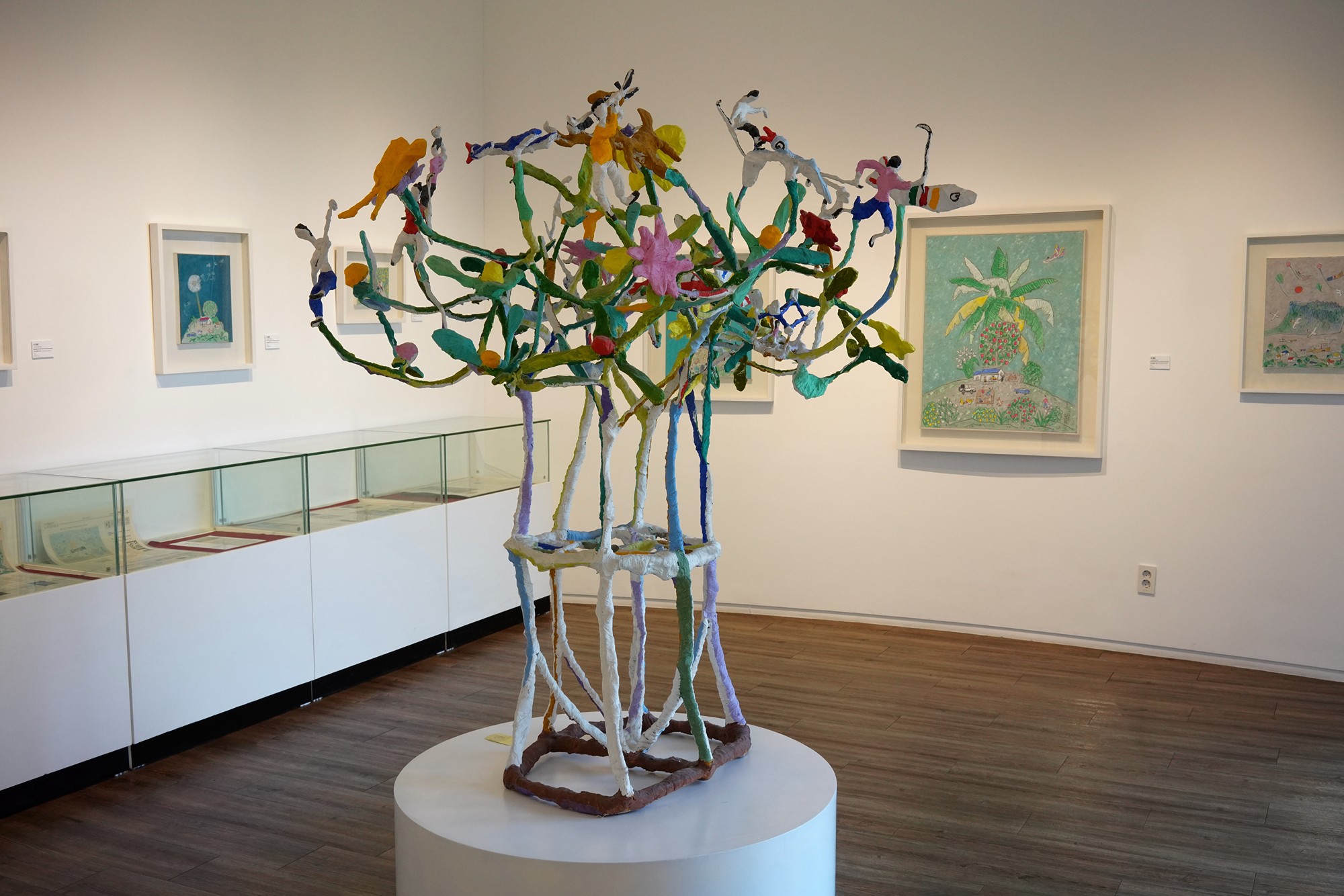
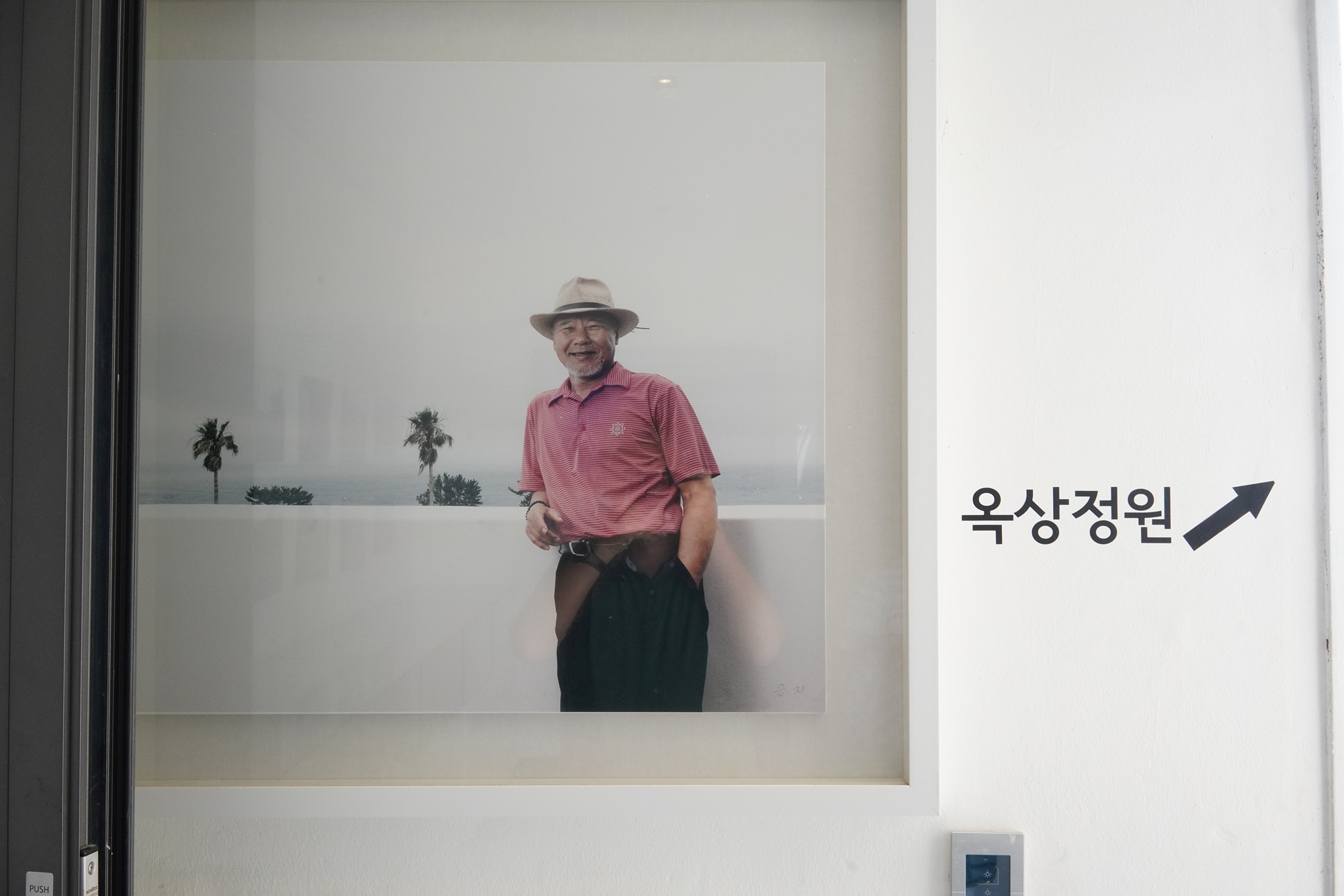
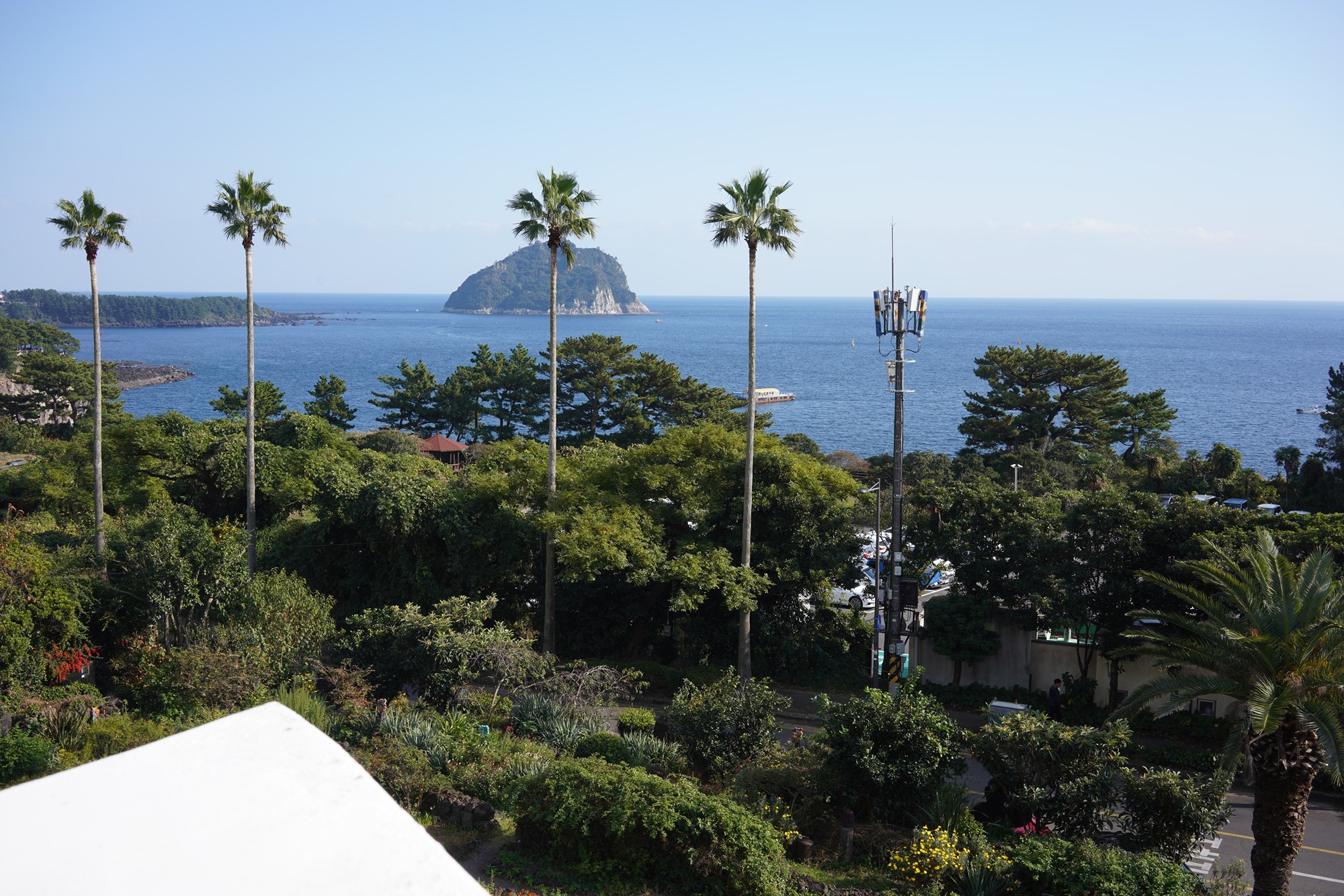
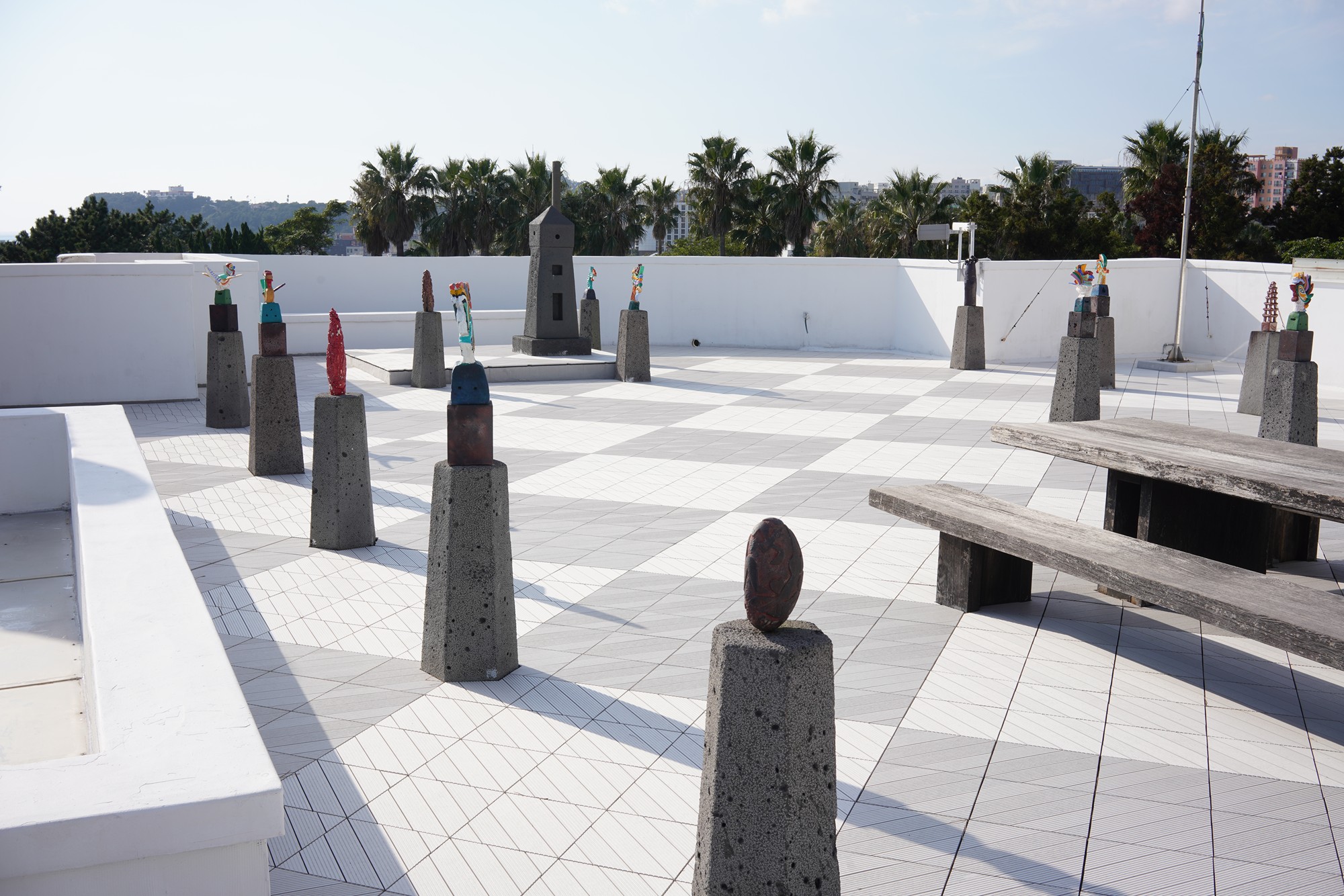
Then for the last visit, I took a taxi to Soesokkak Estuary, which is a beach where a river meets the ocean.
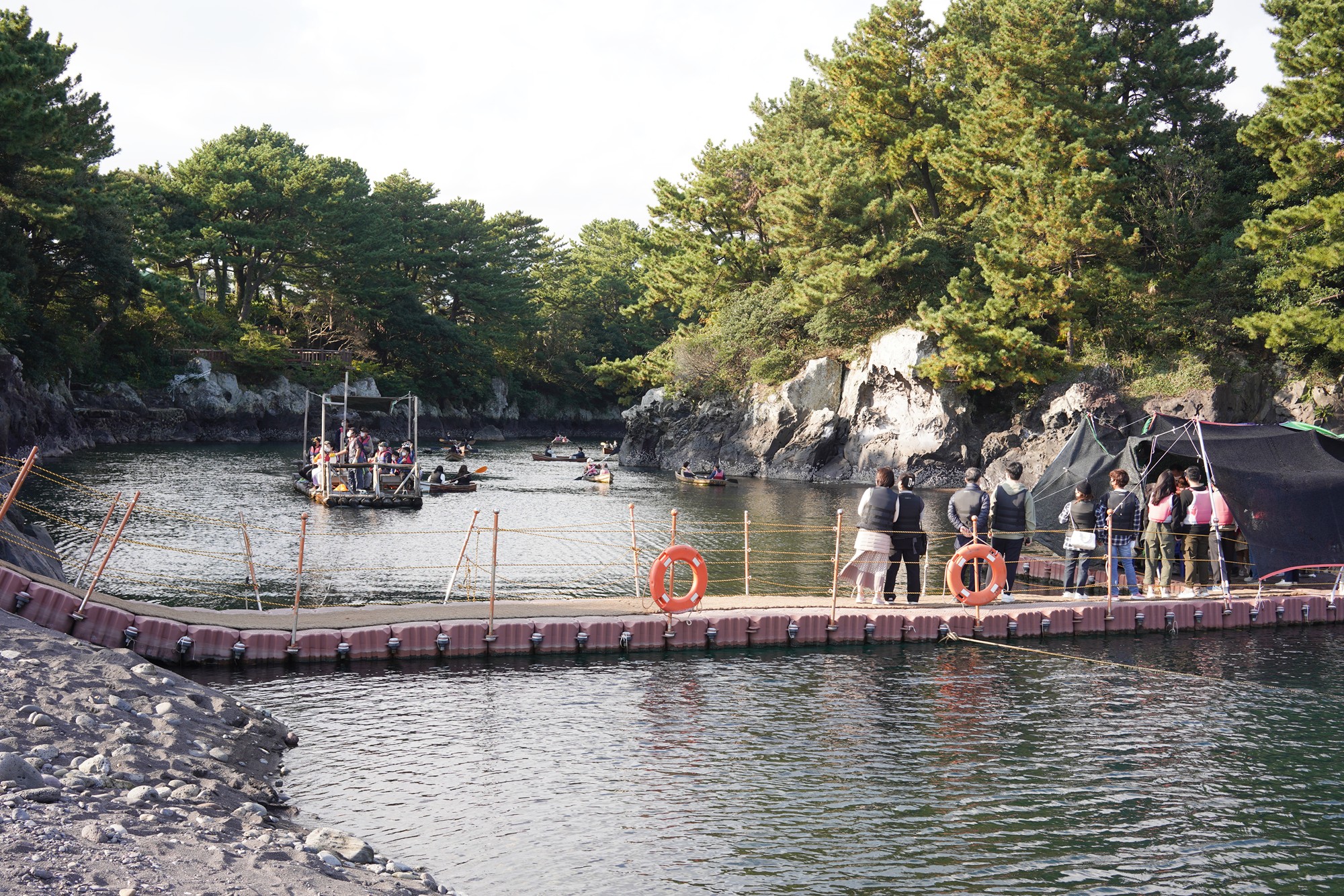
The river flows into the ocean.
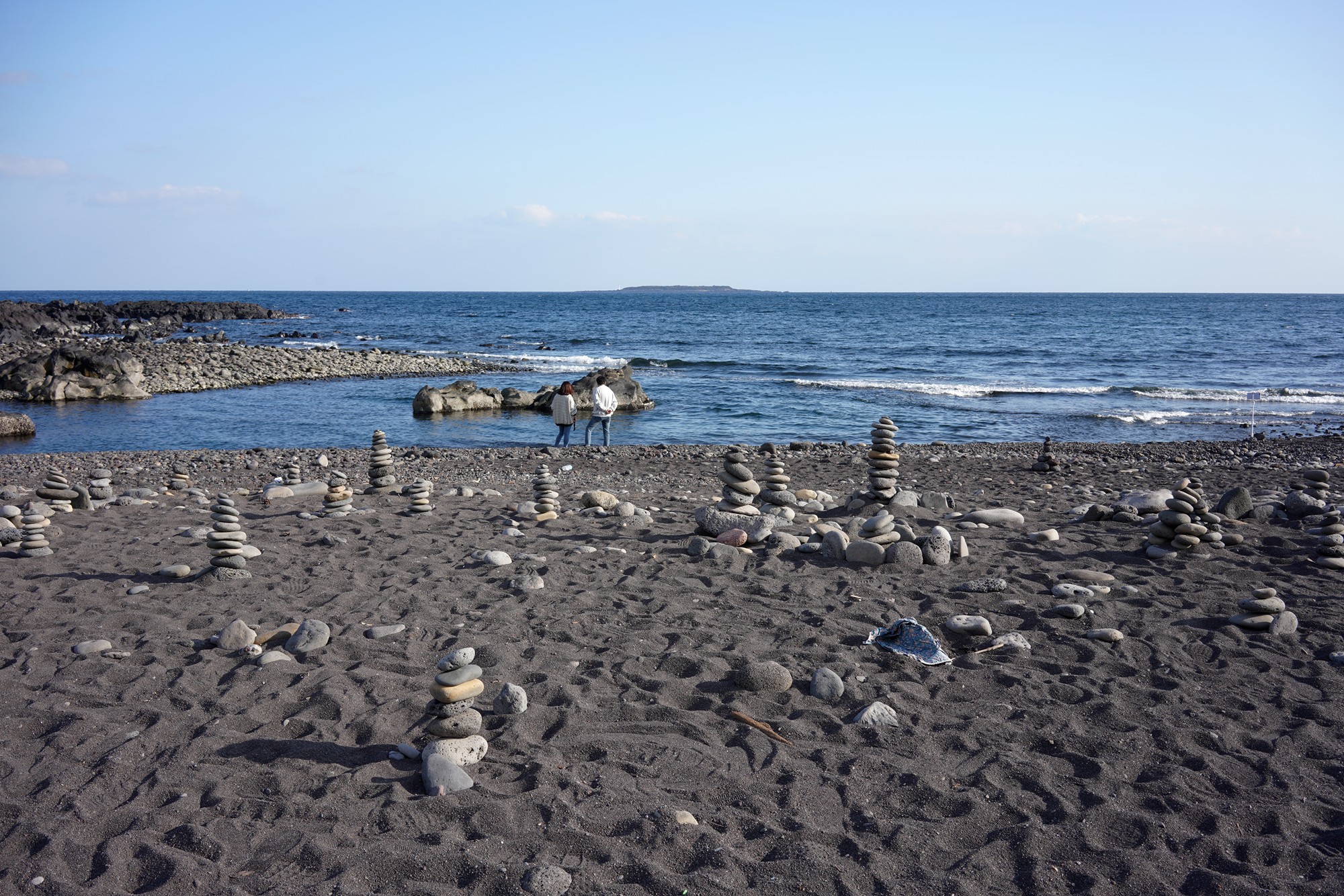
The beach has many pebble stones and is made of black sands.
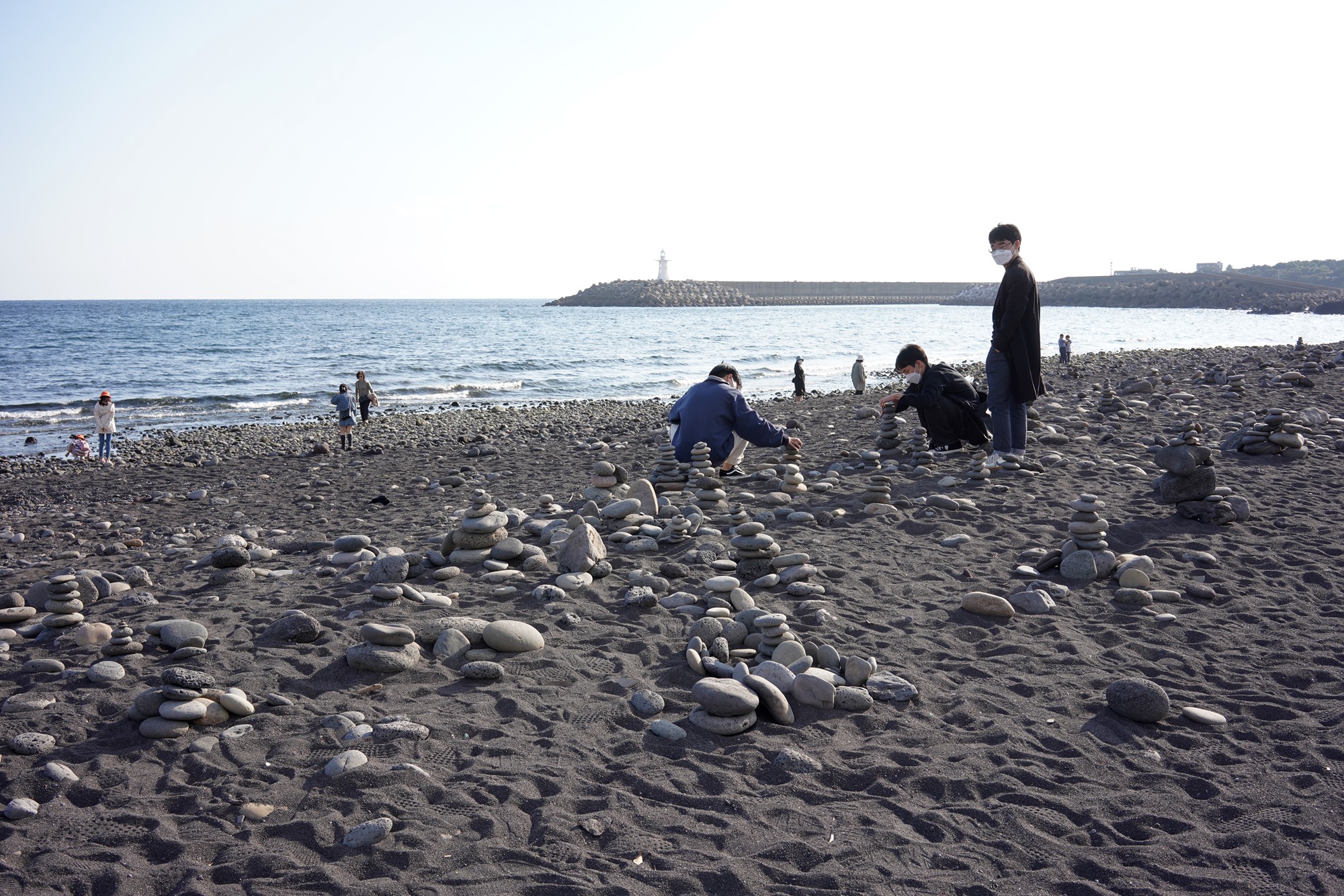
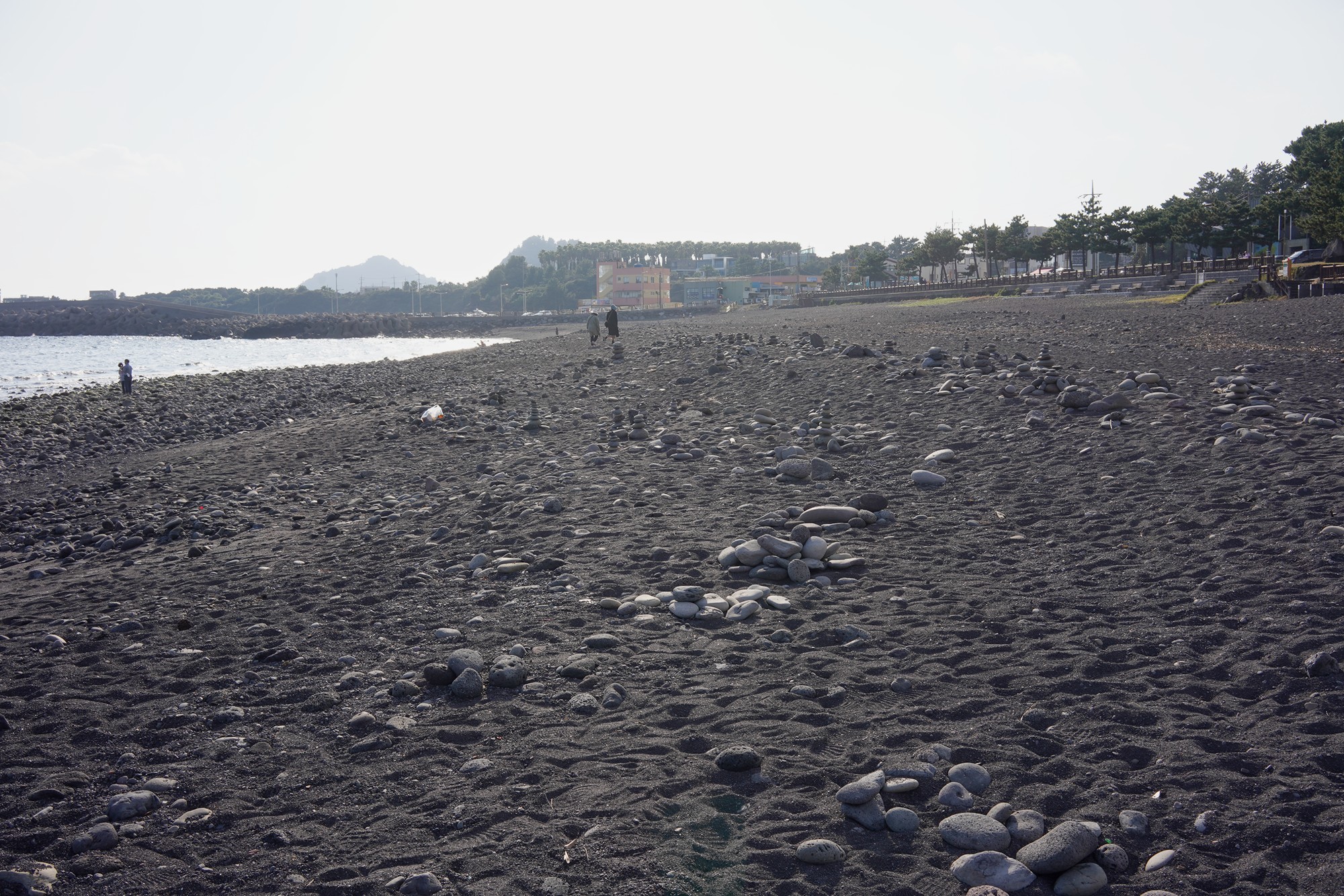
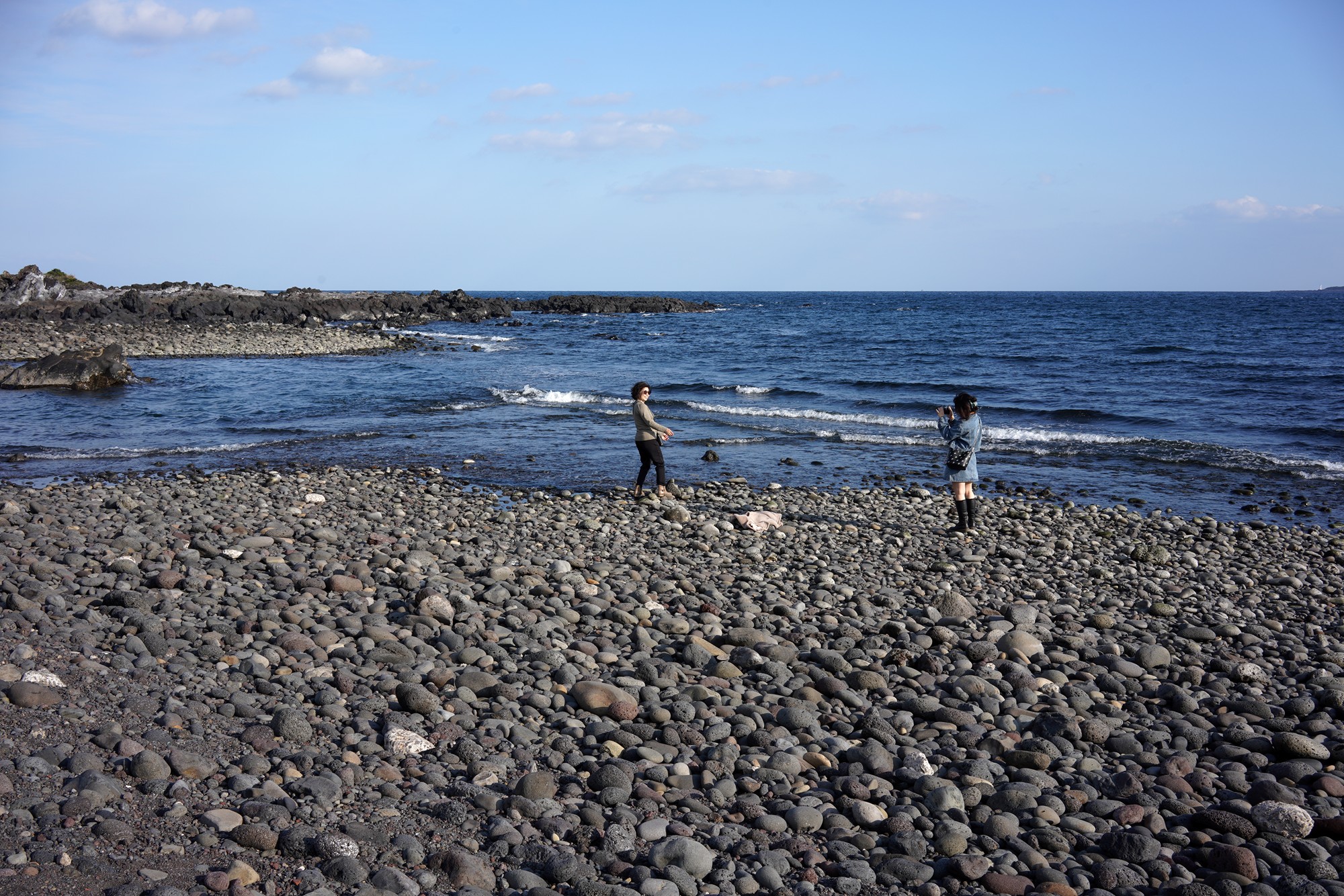
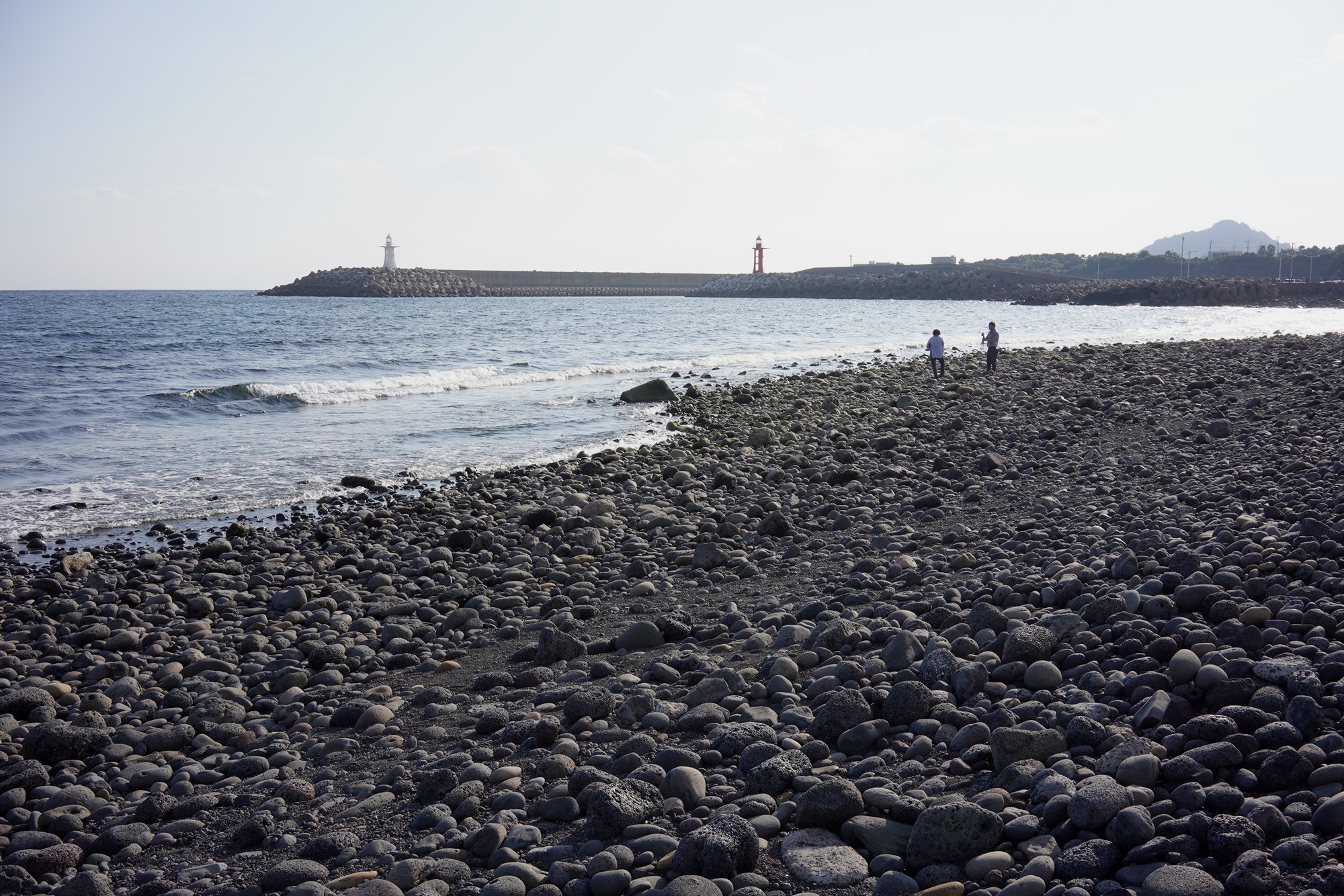
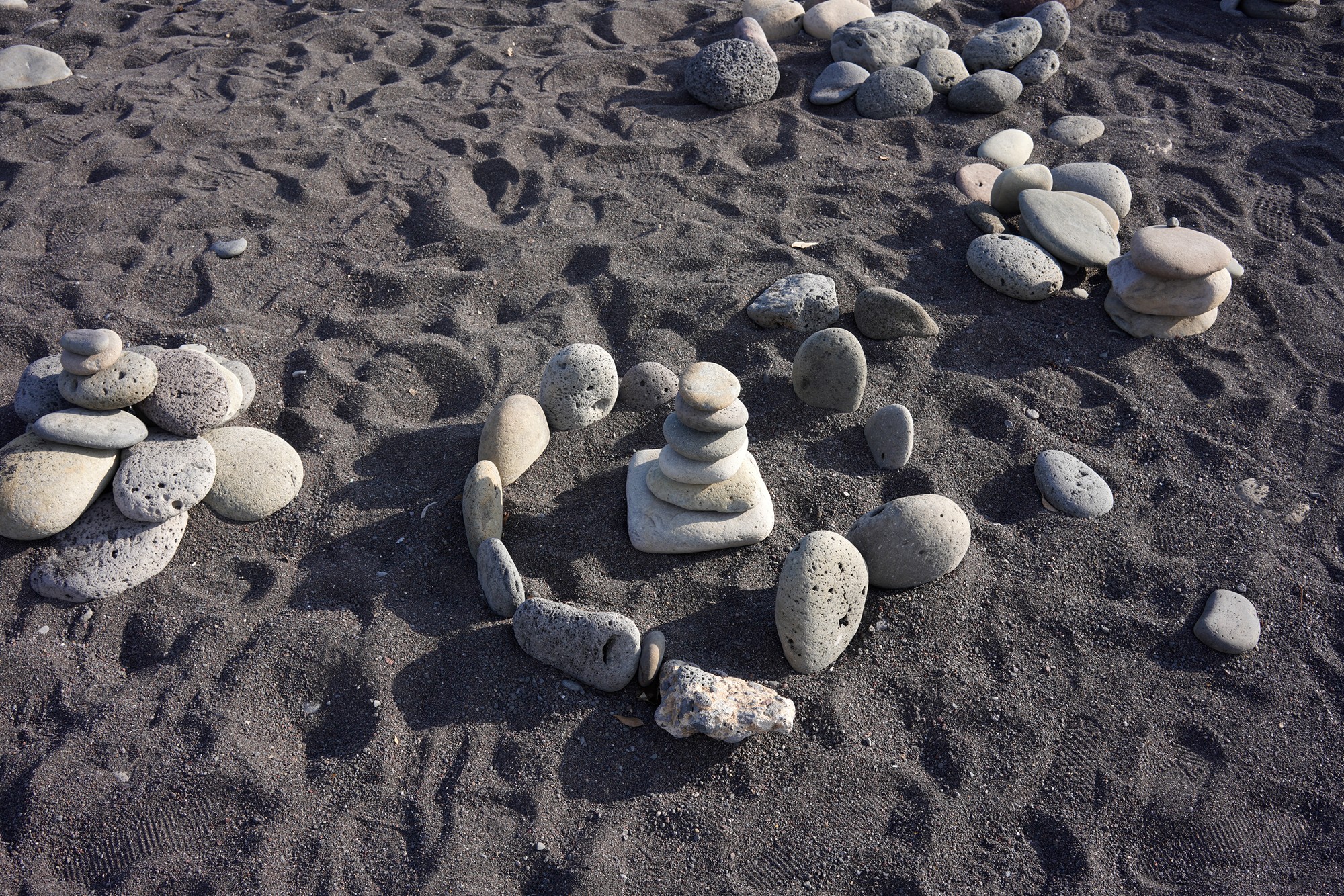
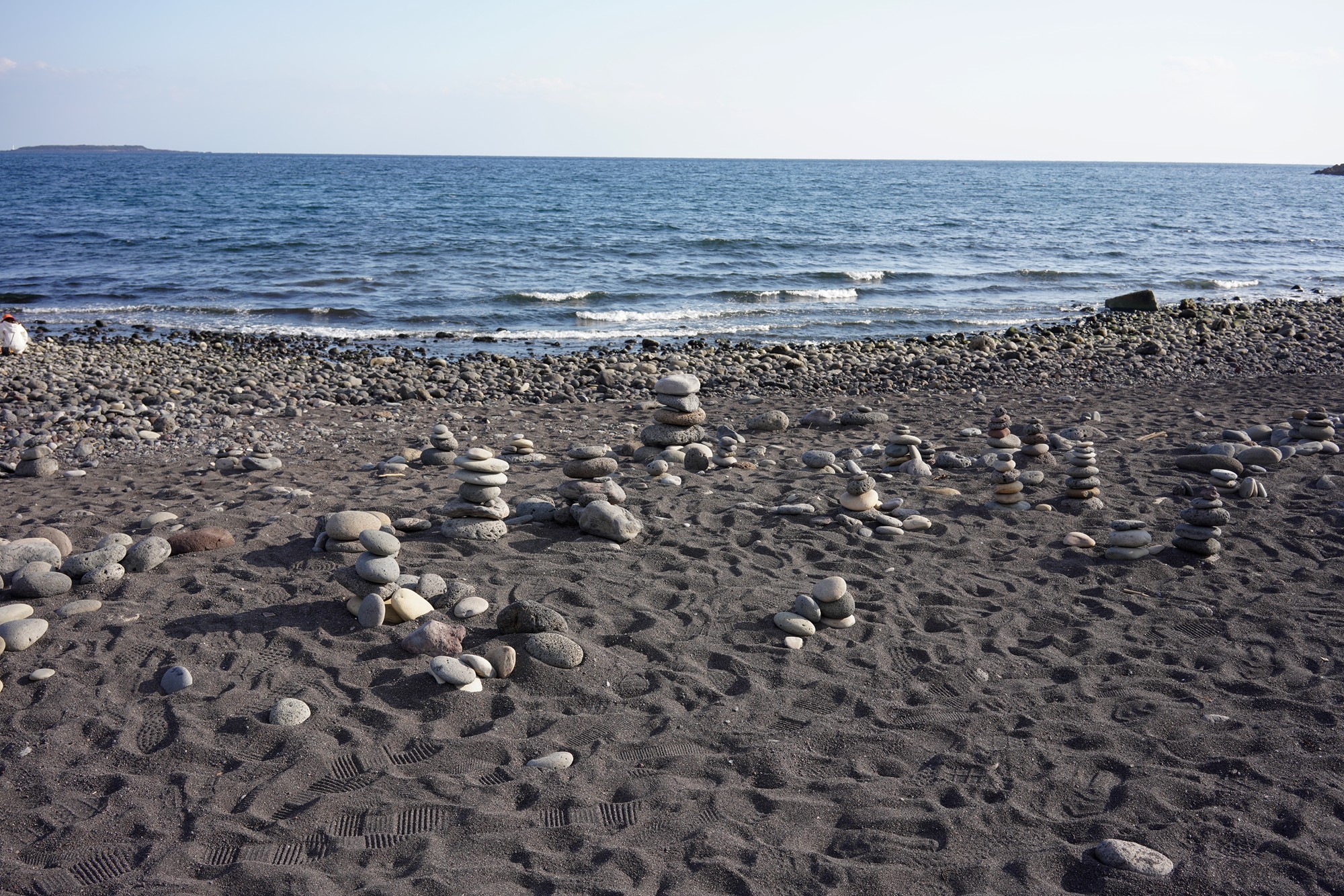
On the river, people enjoy boat rides.
